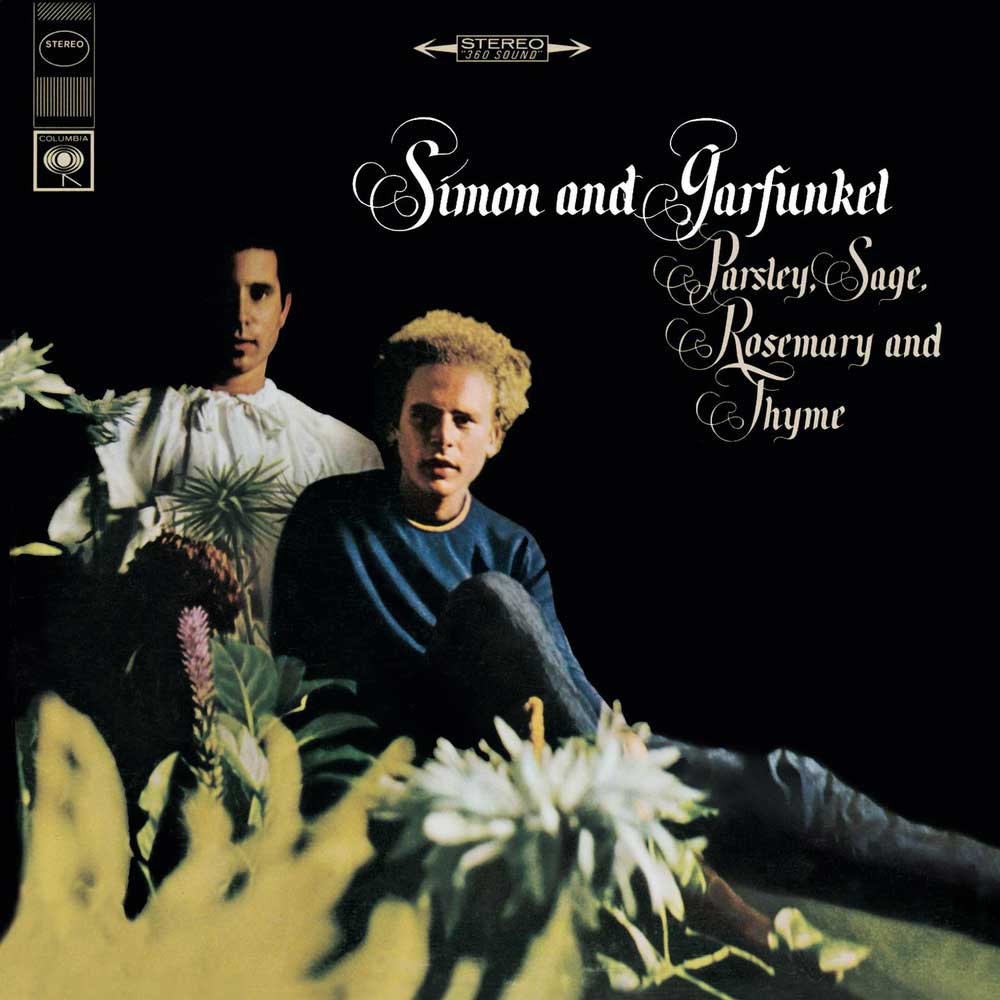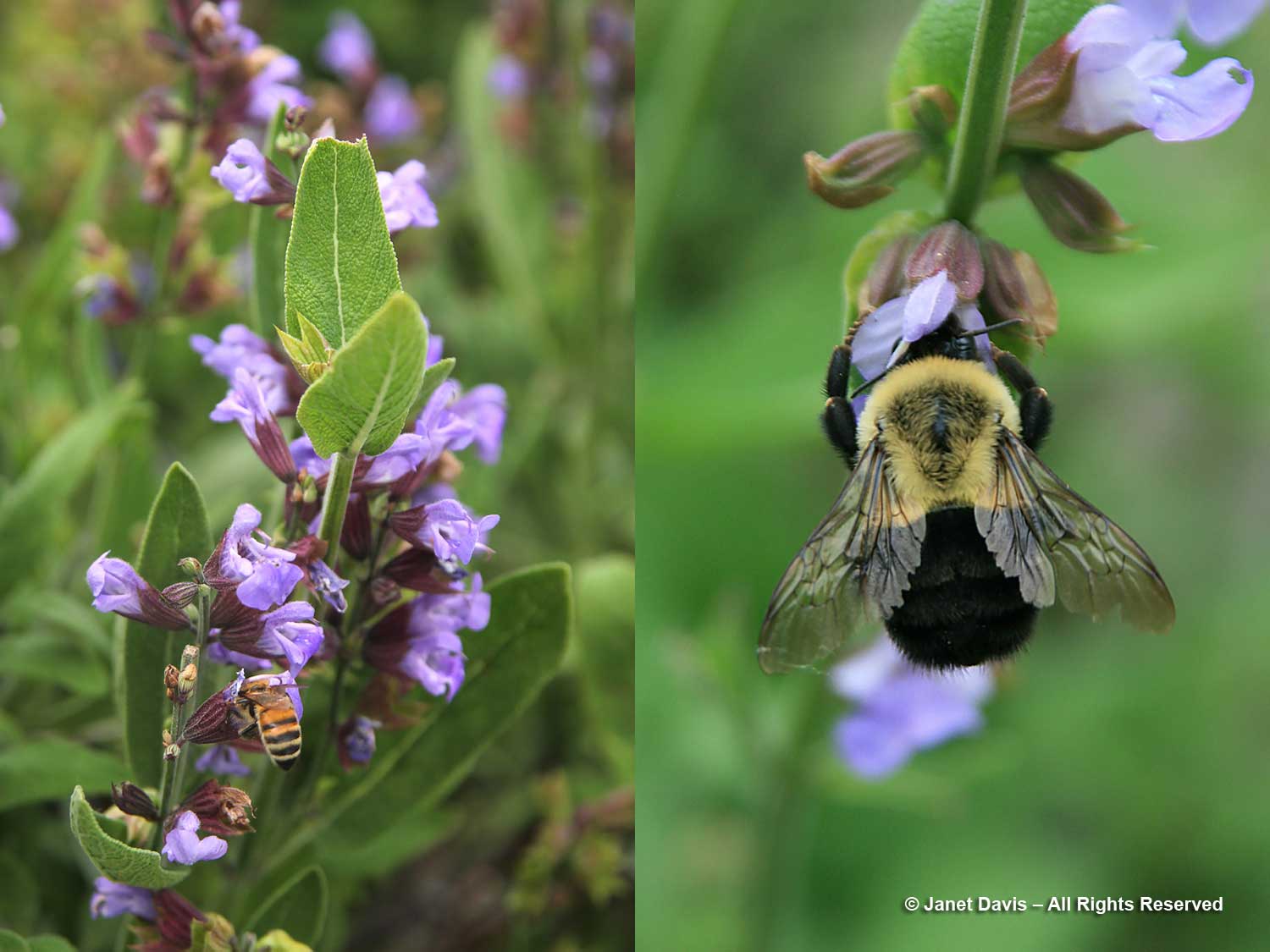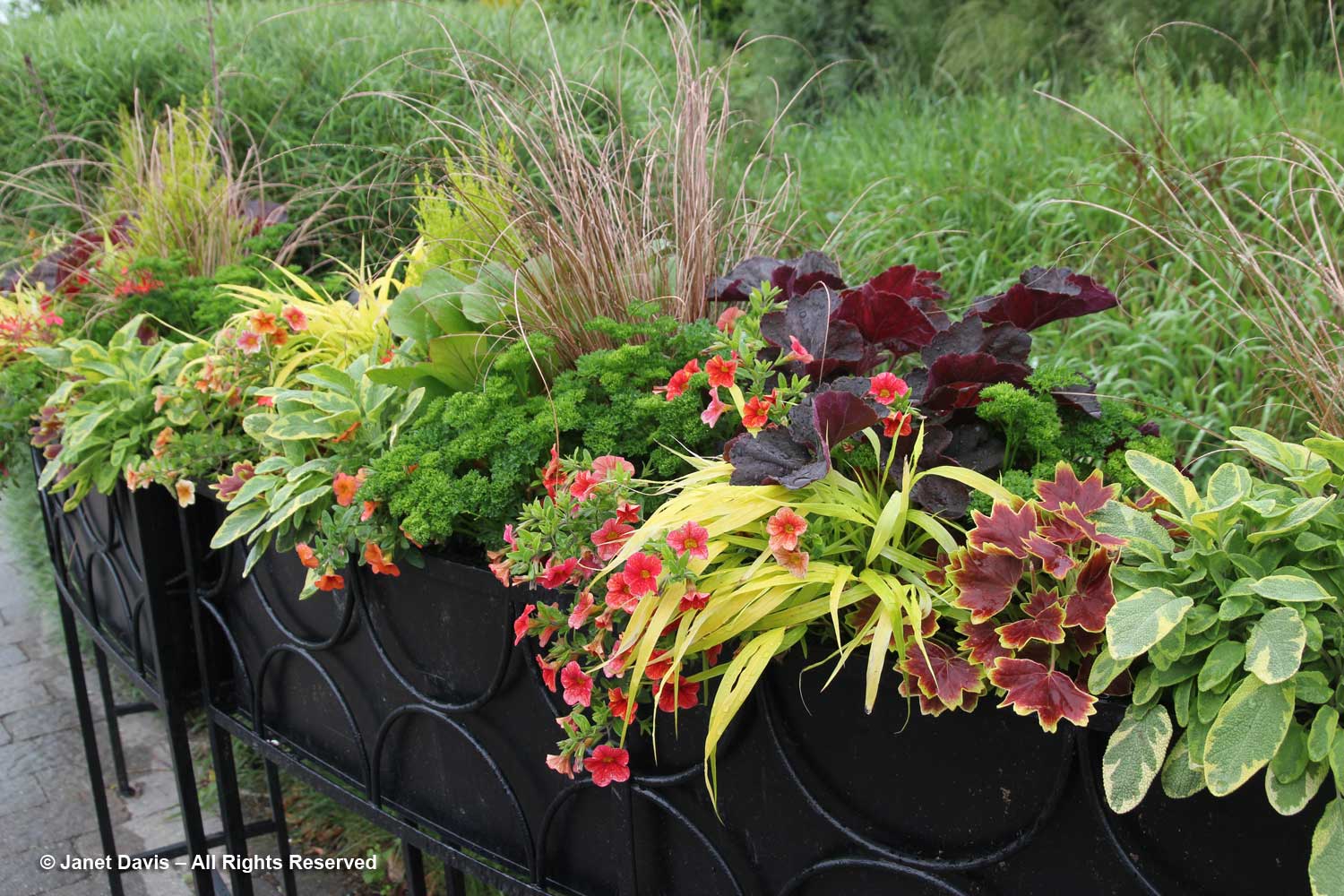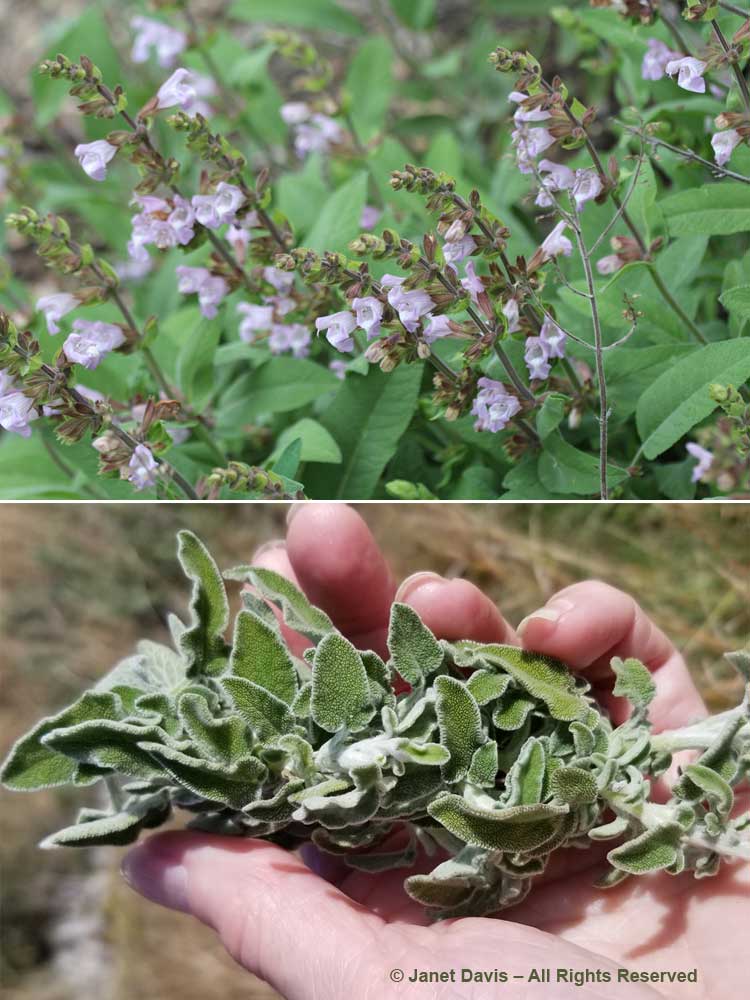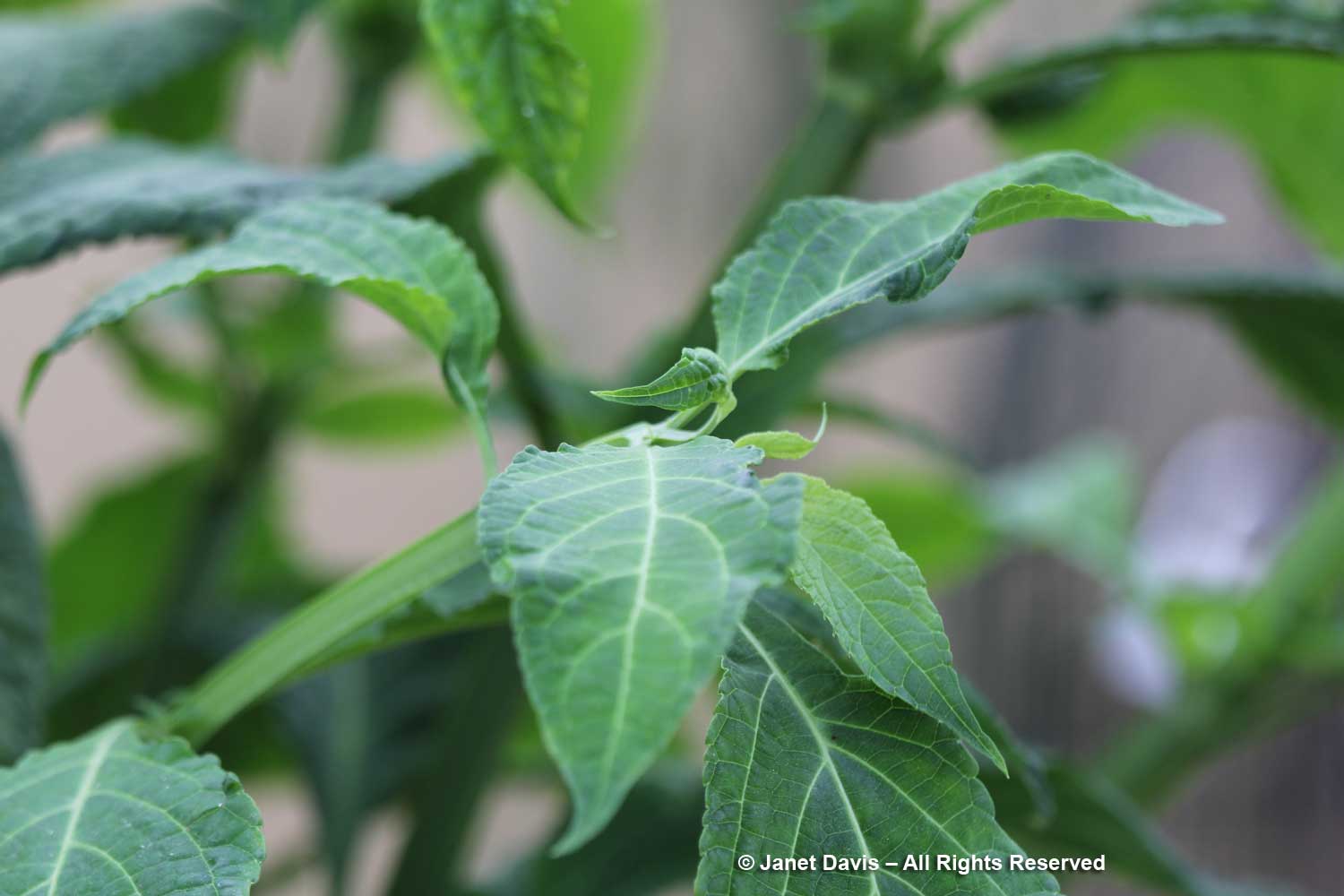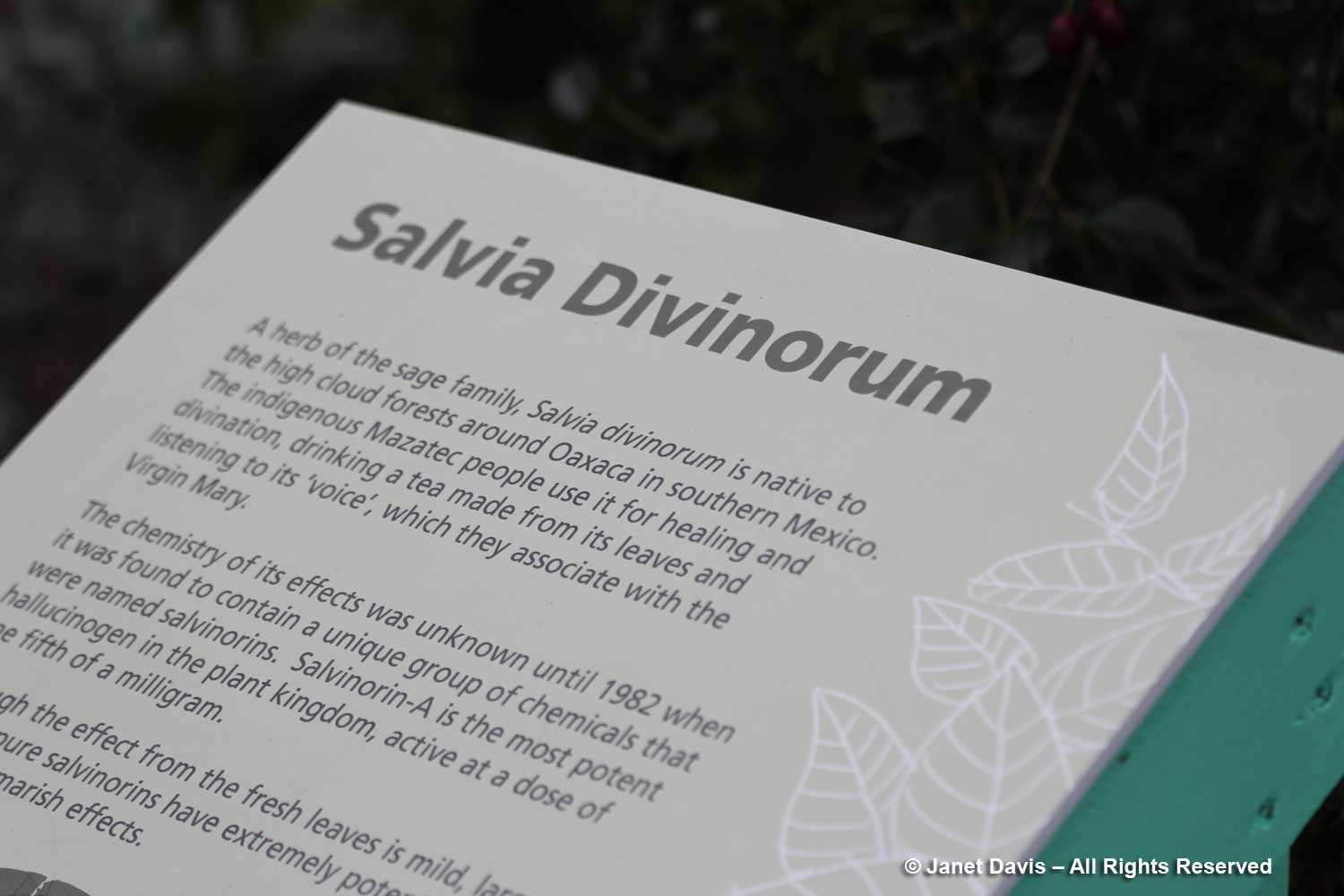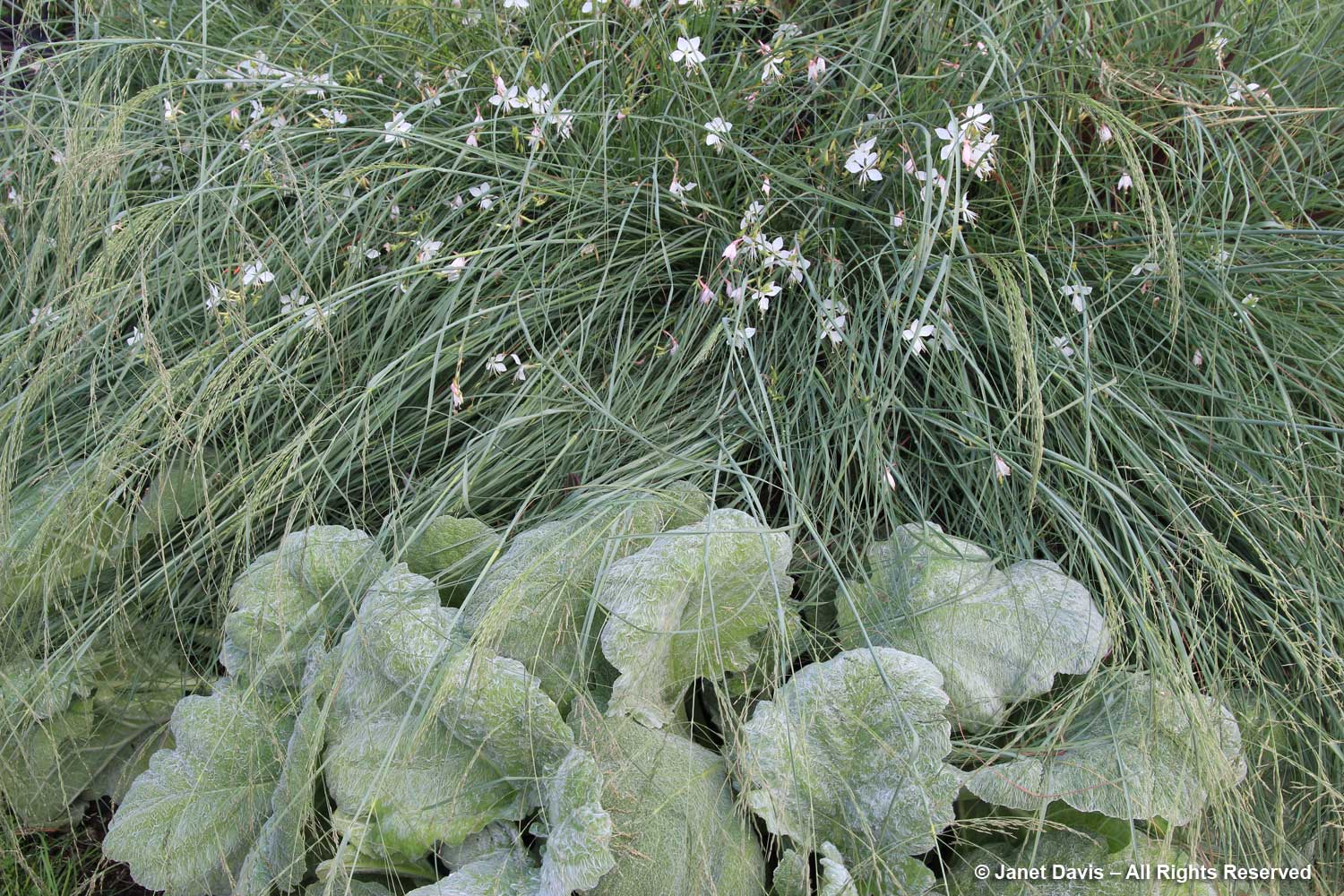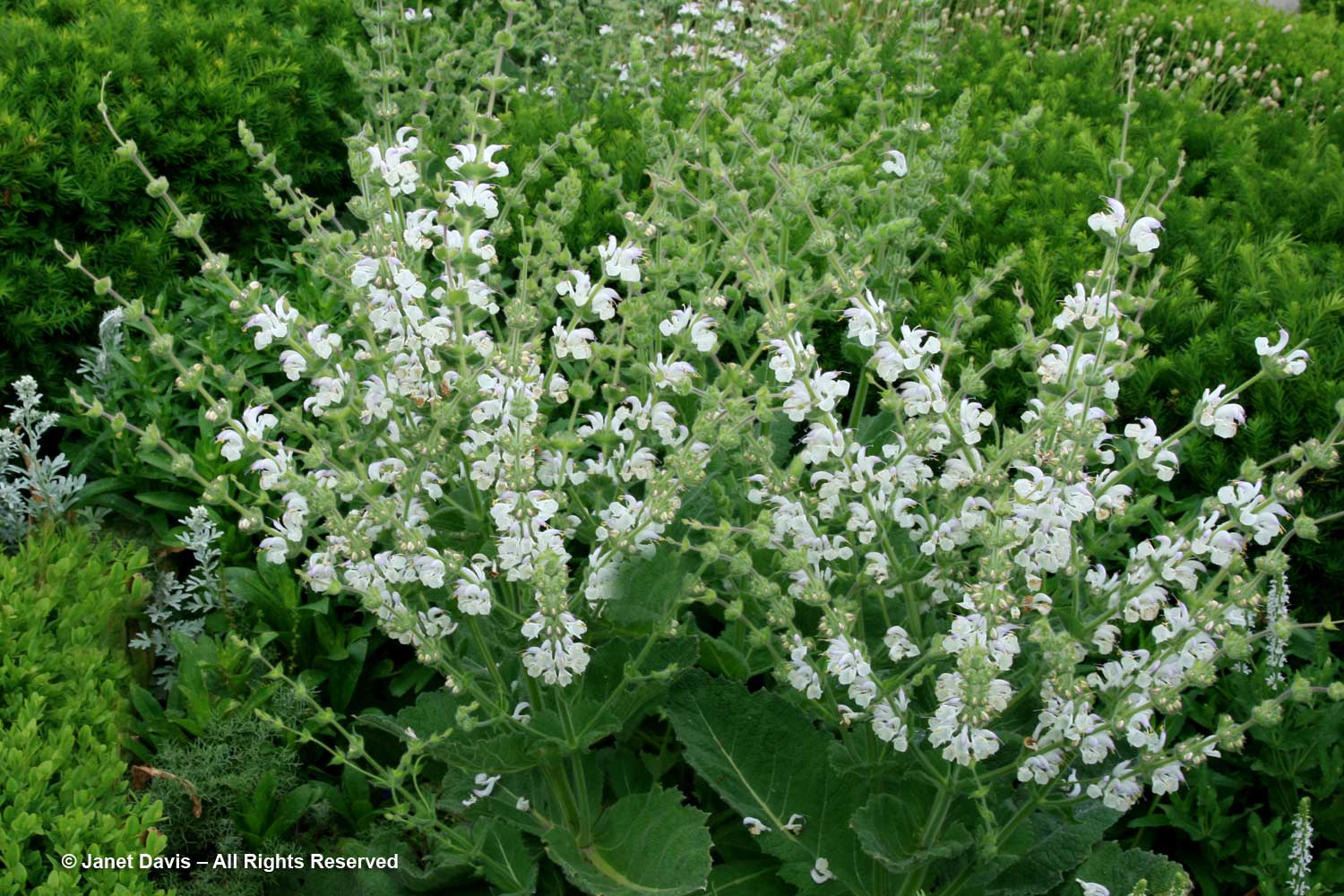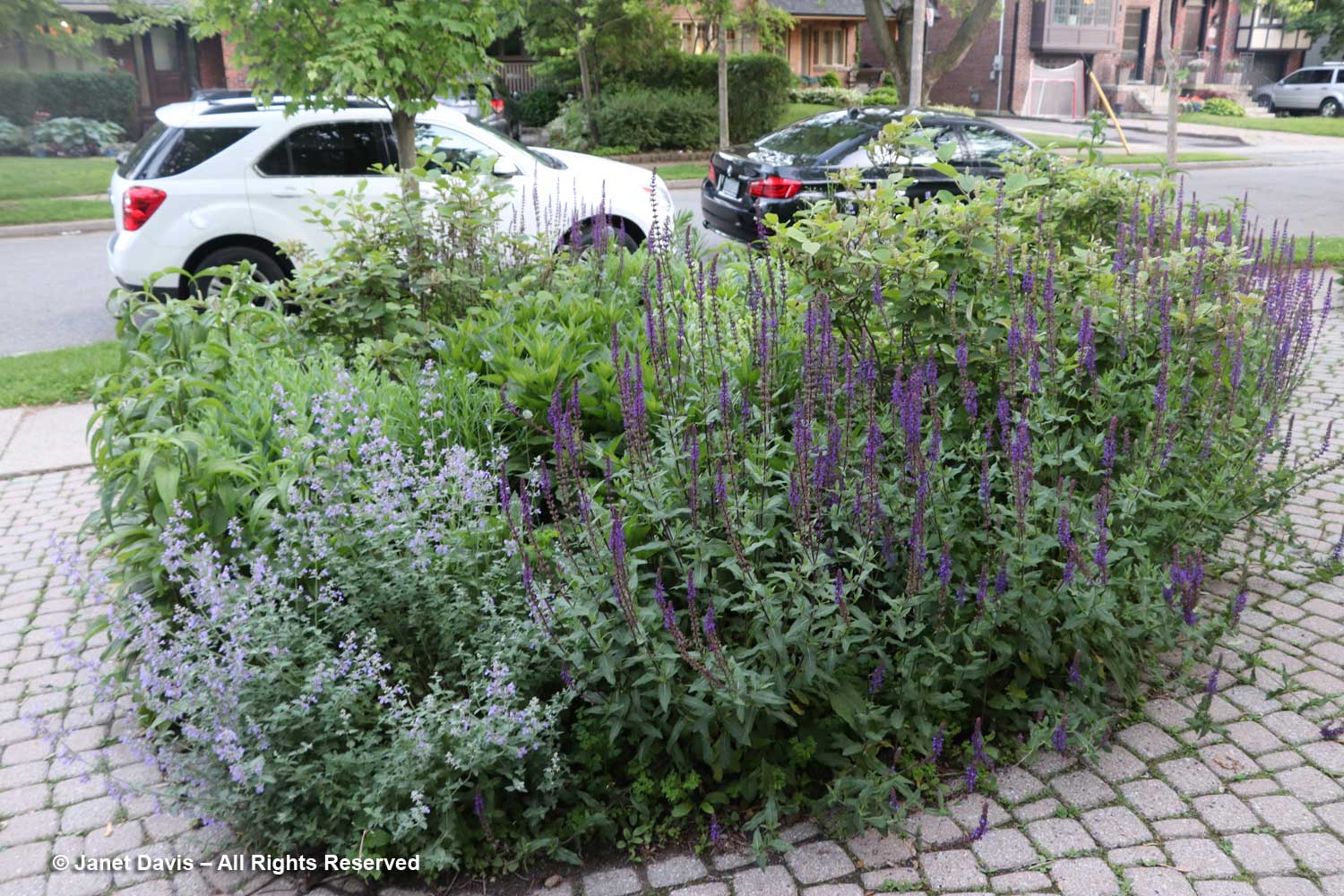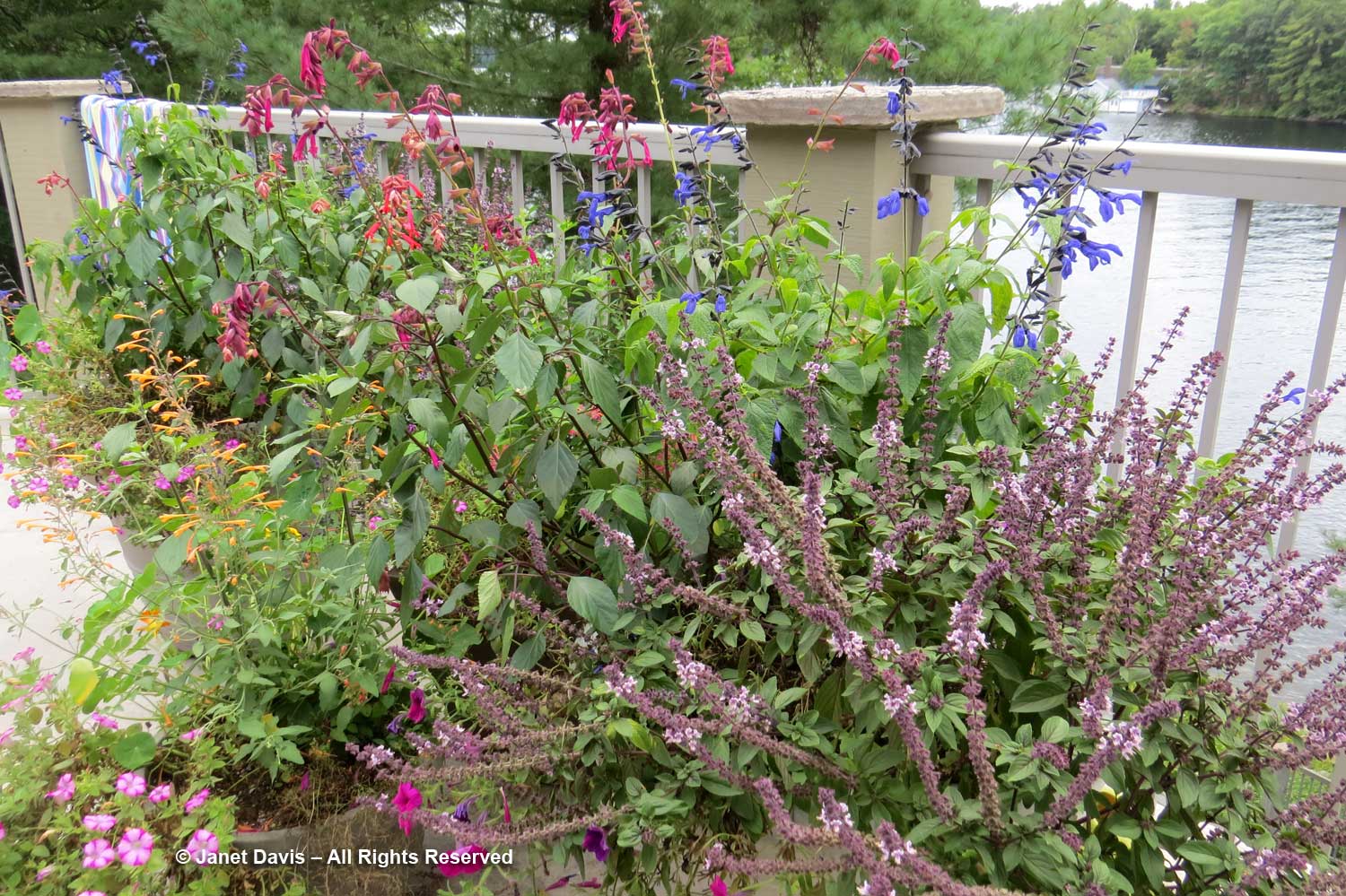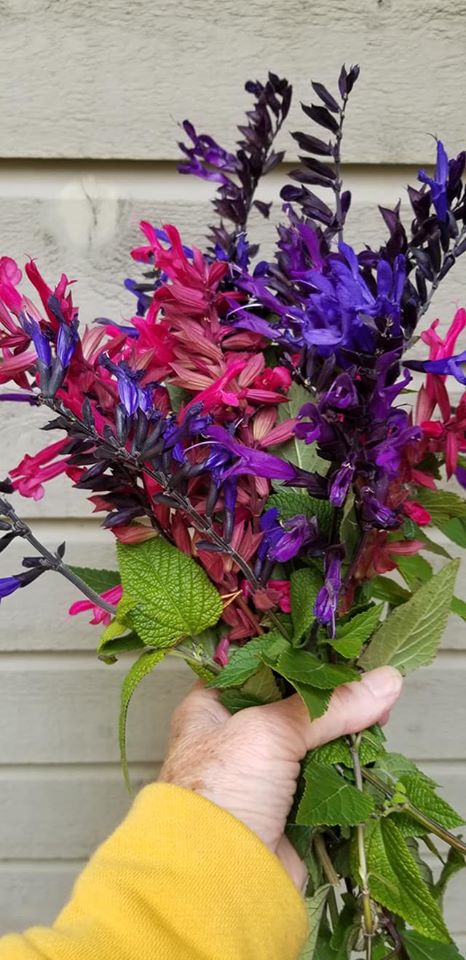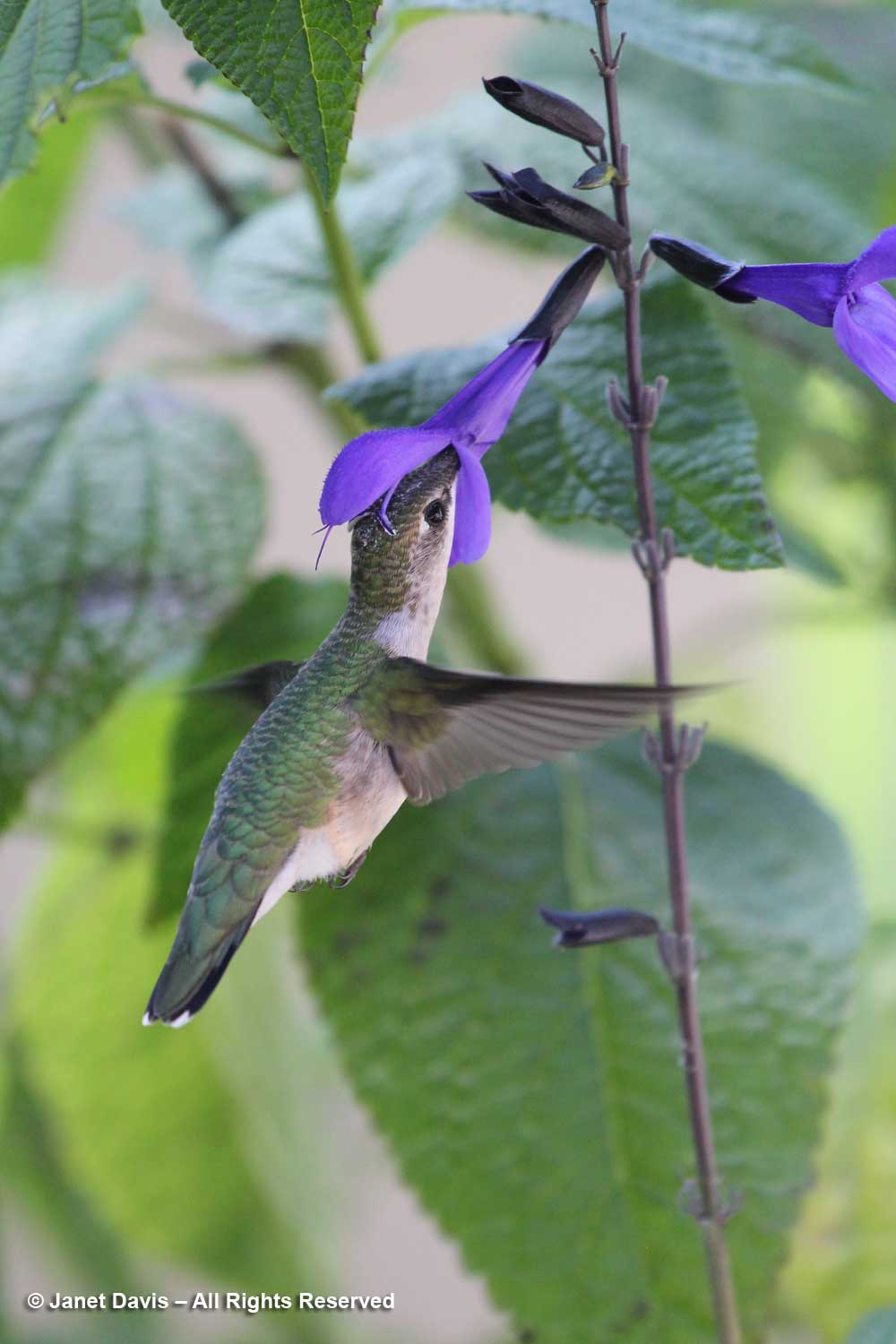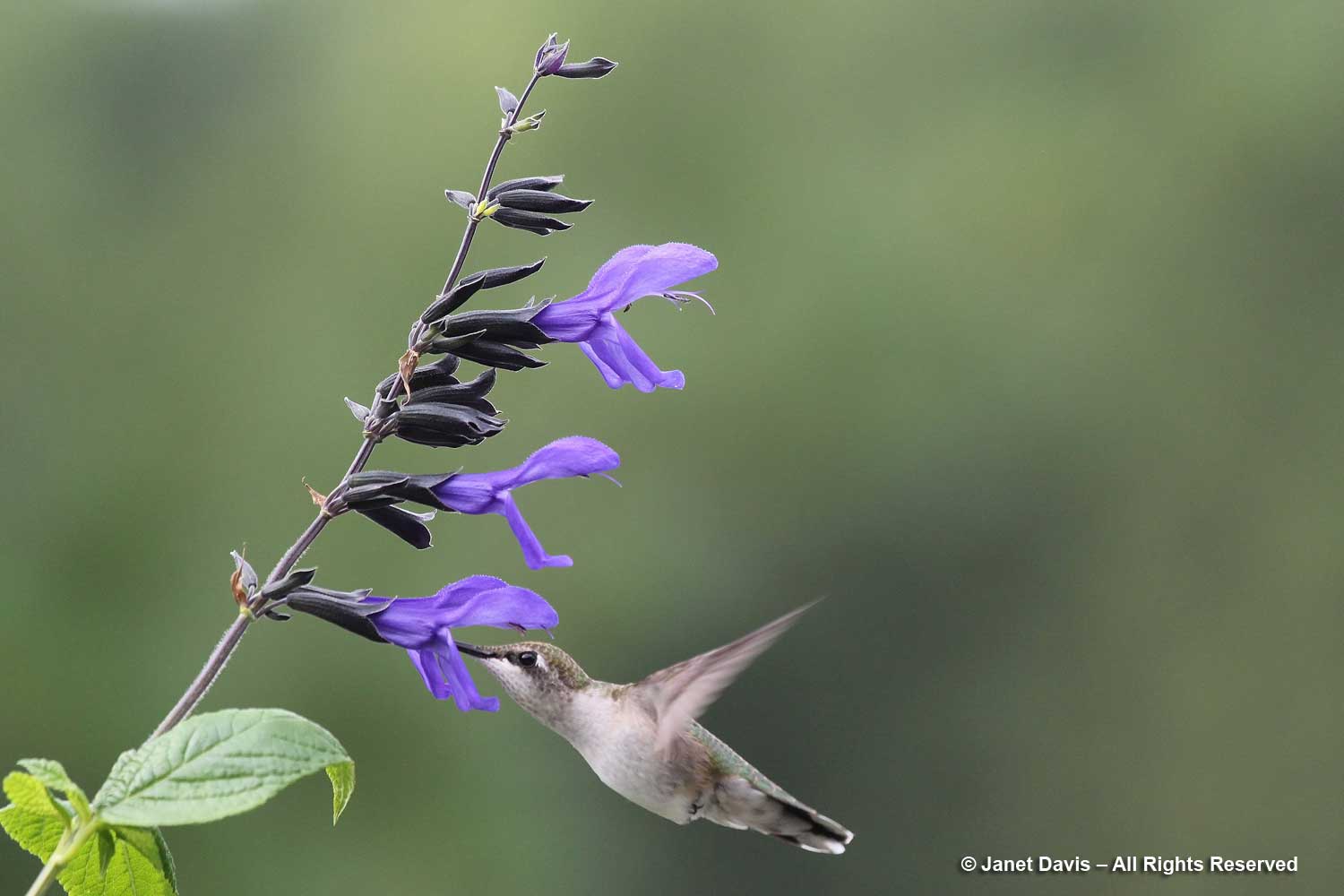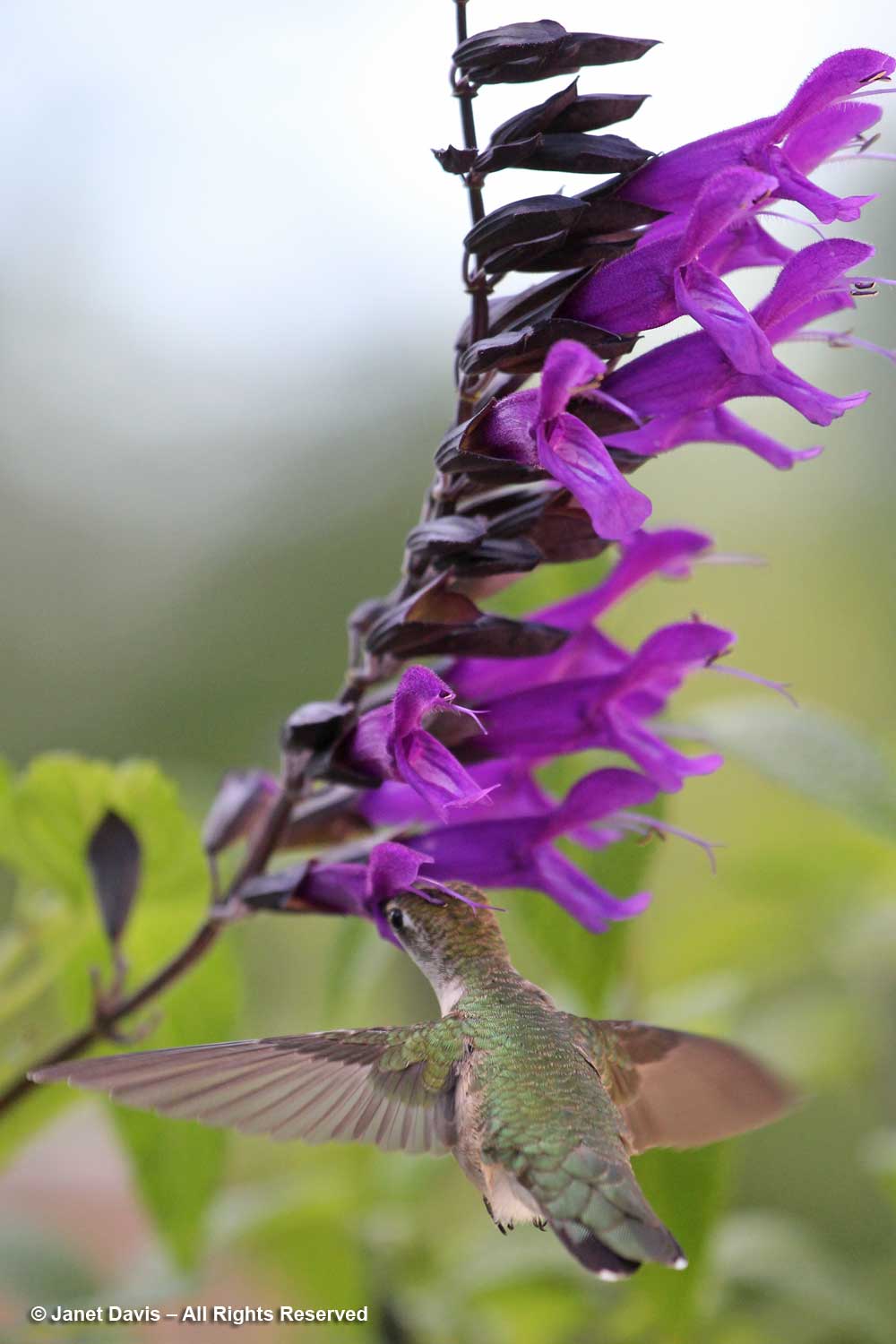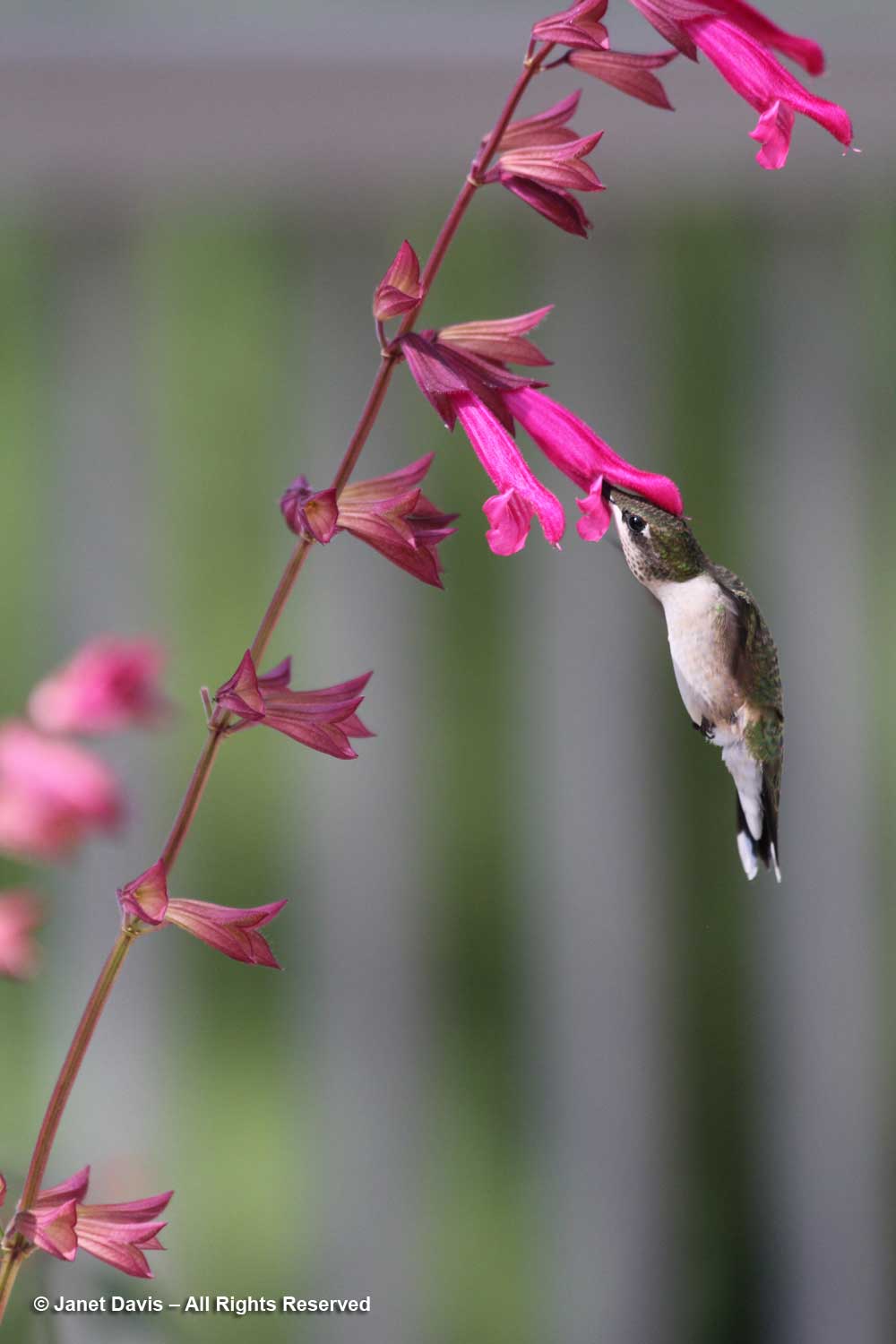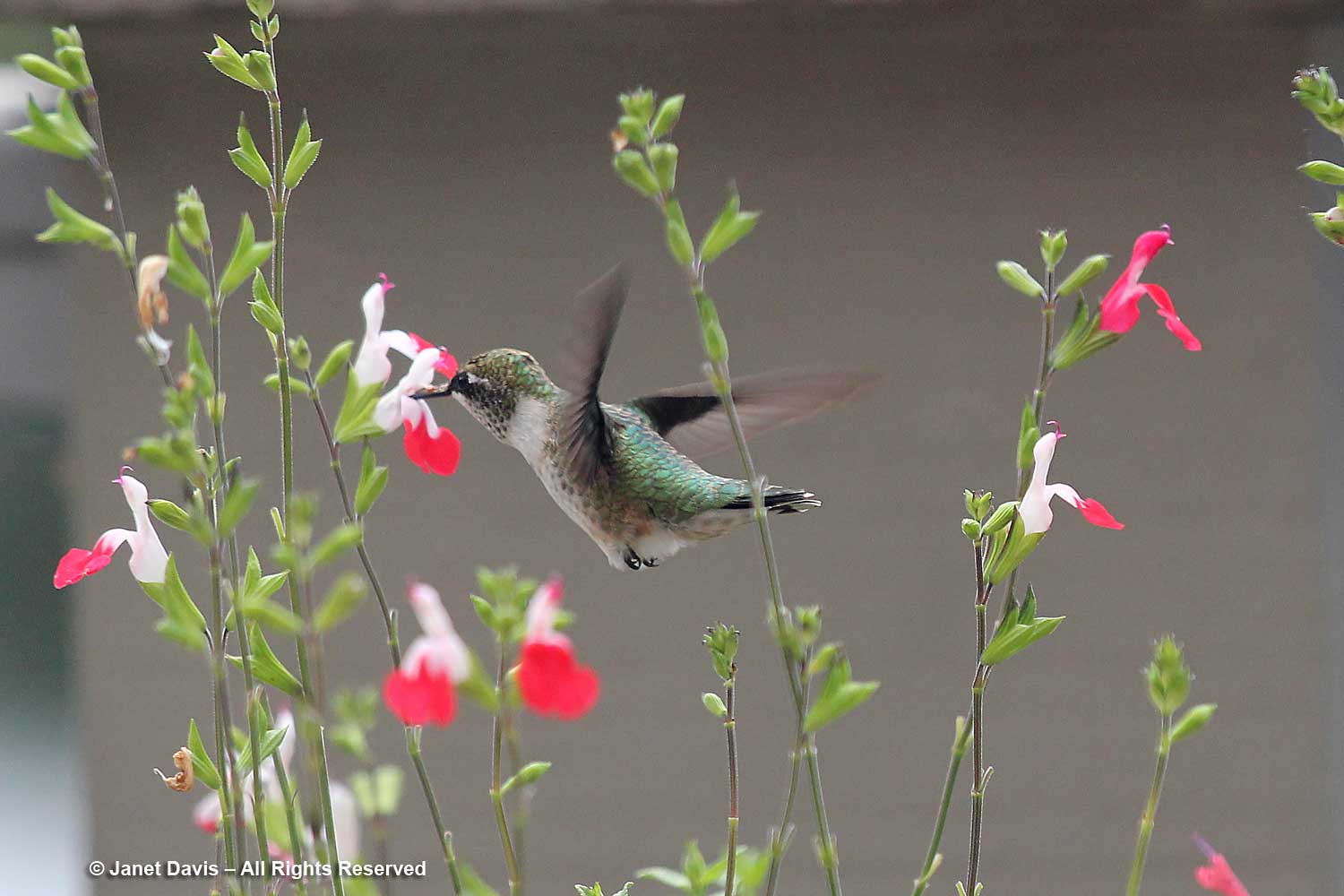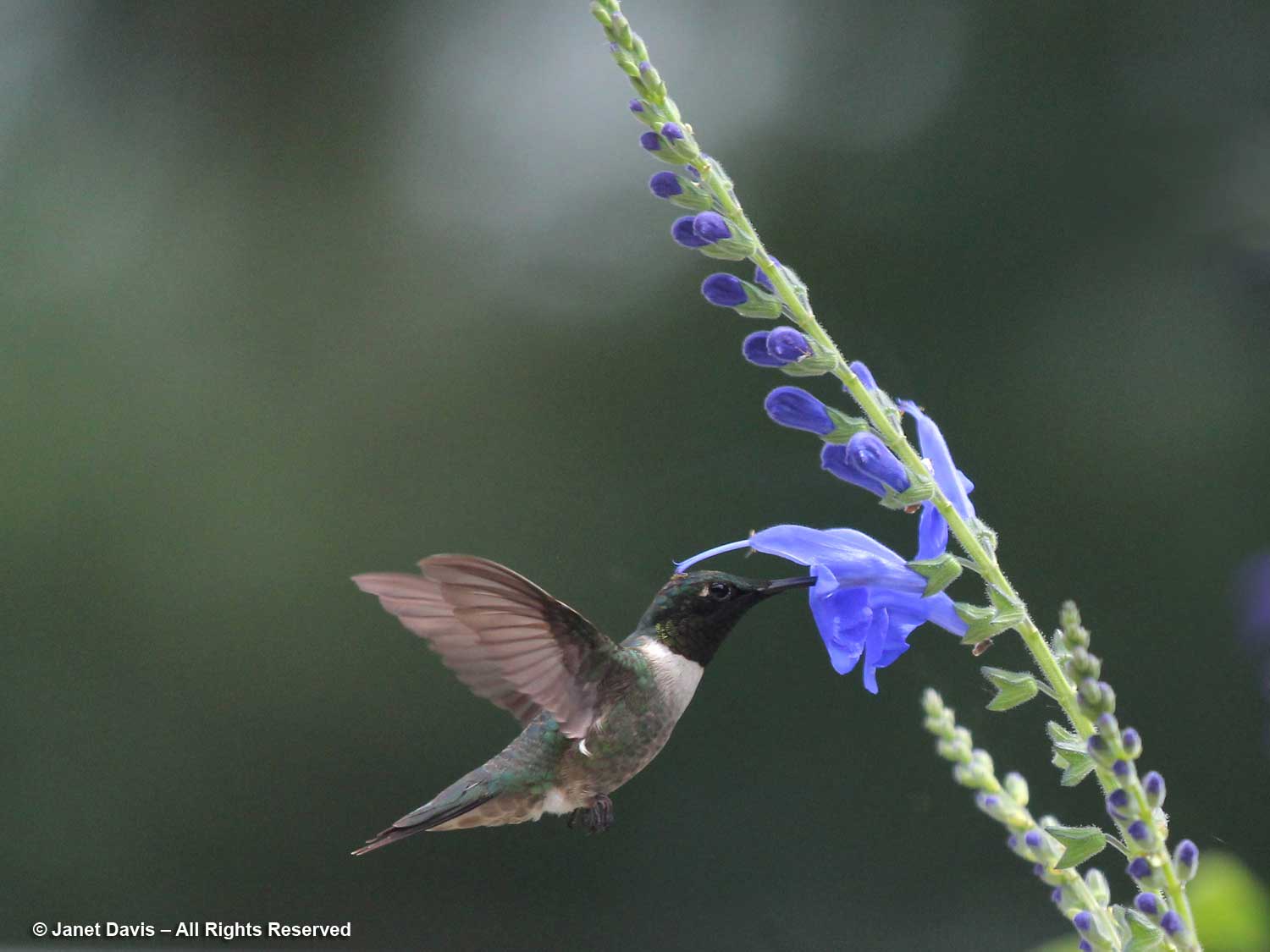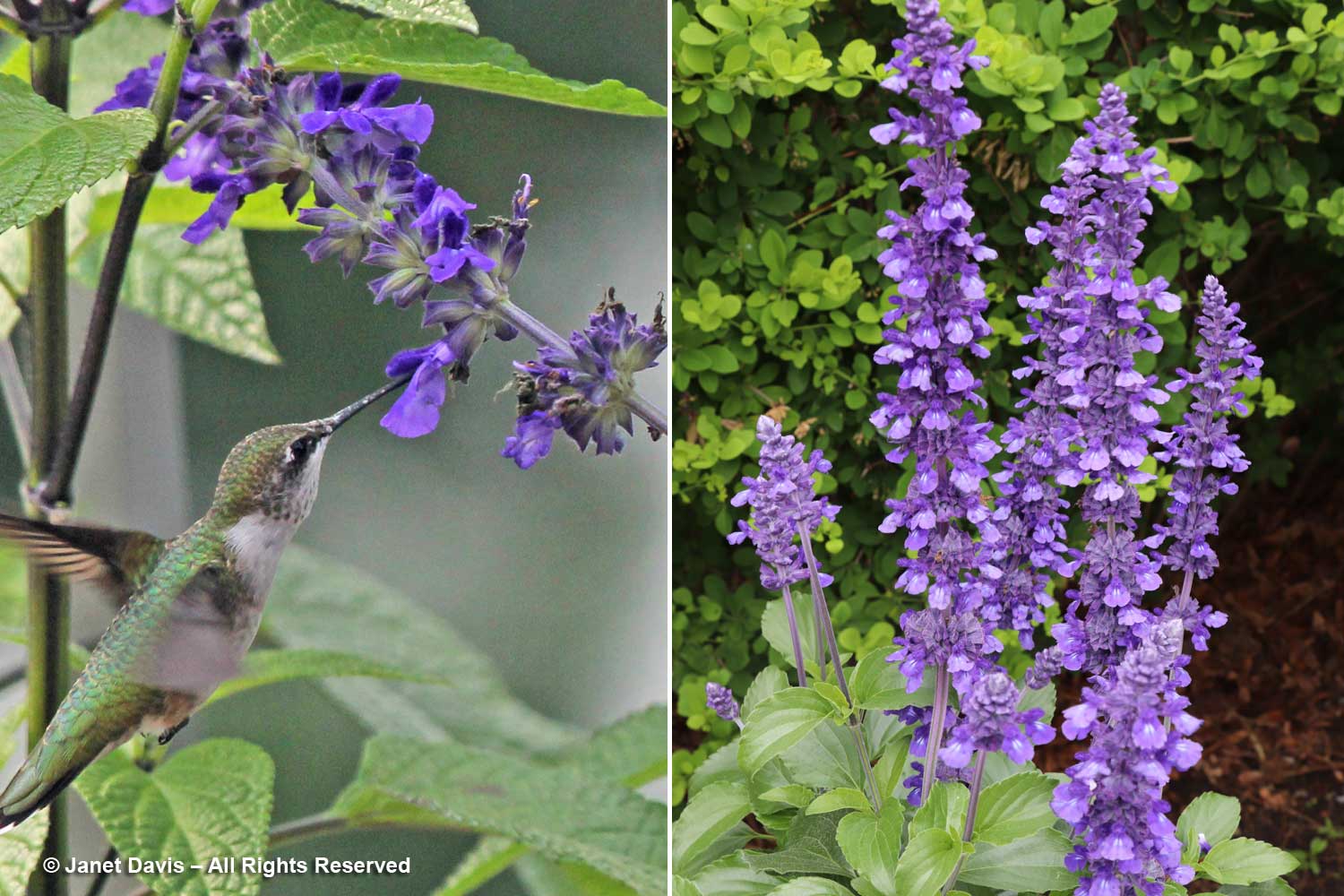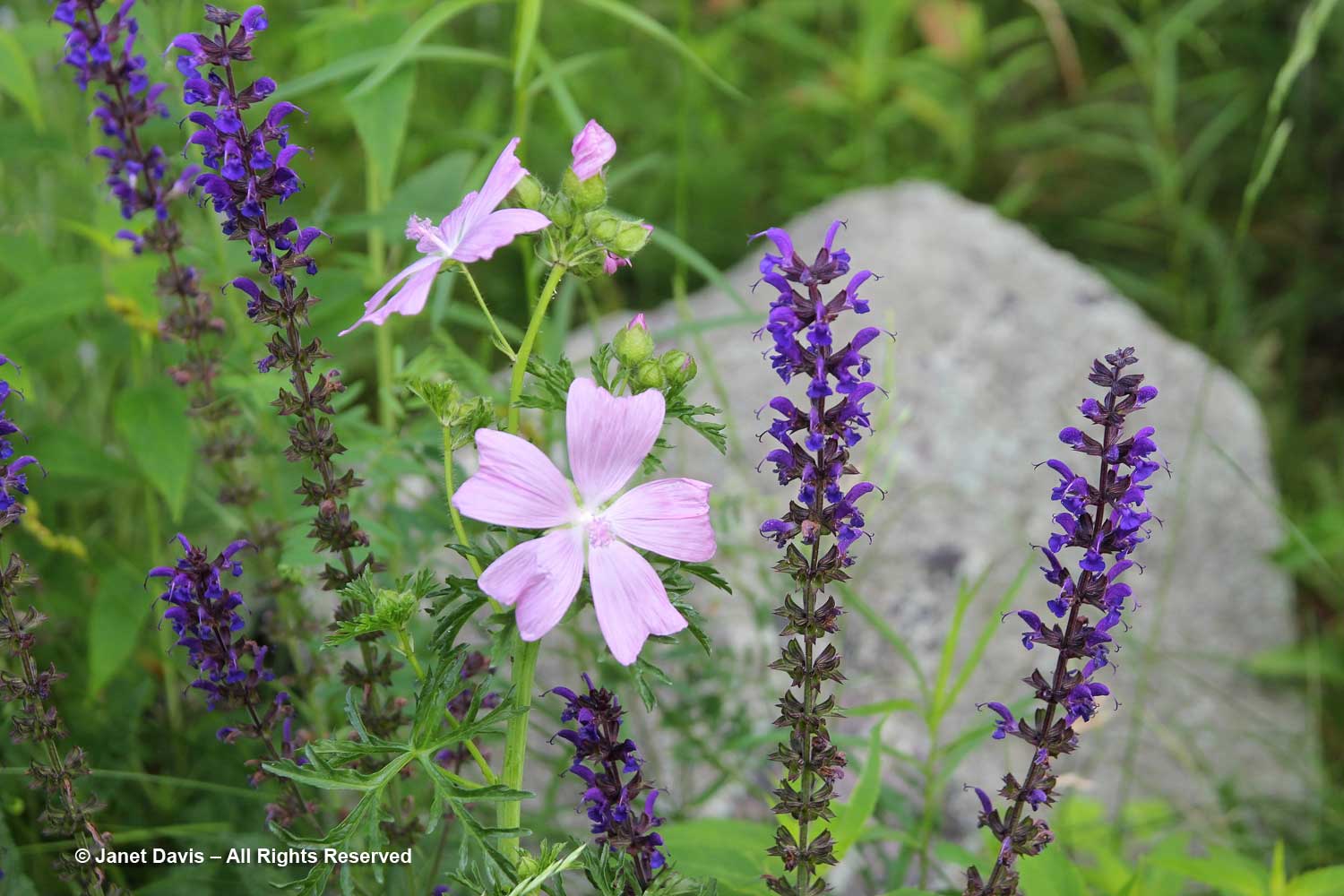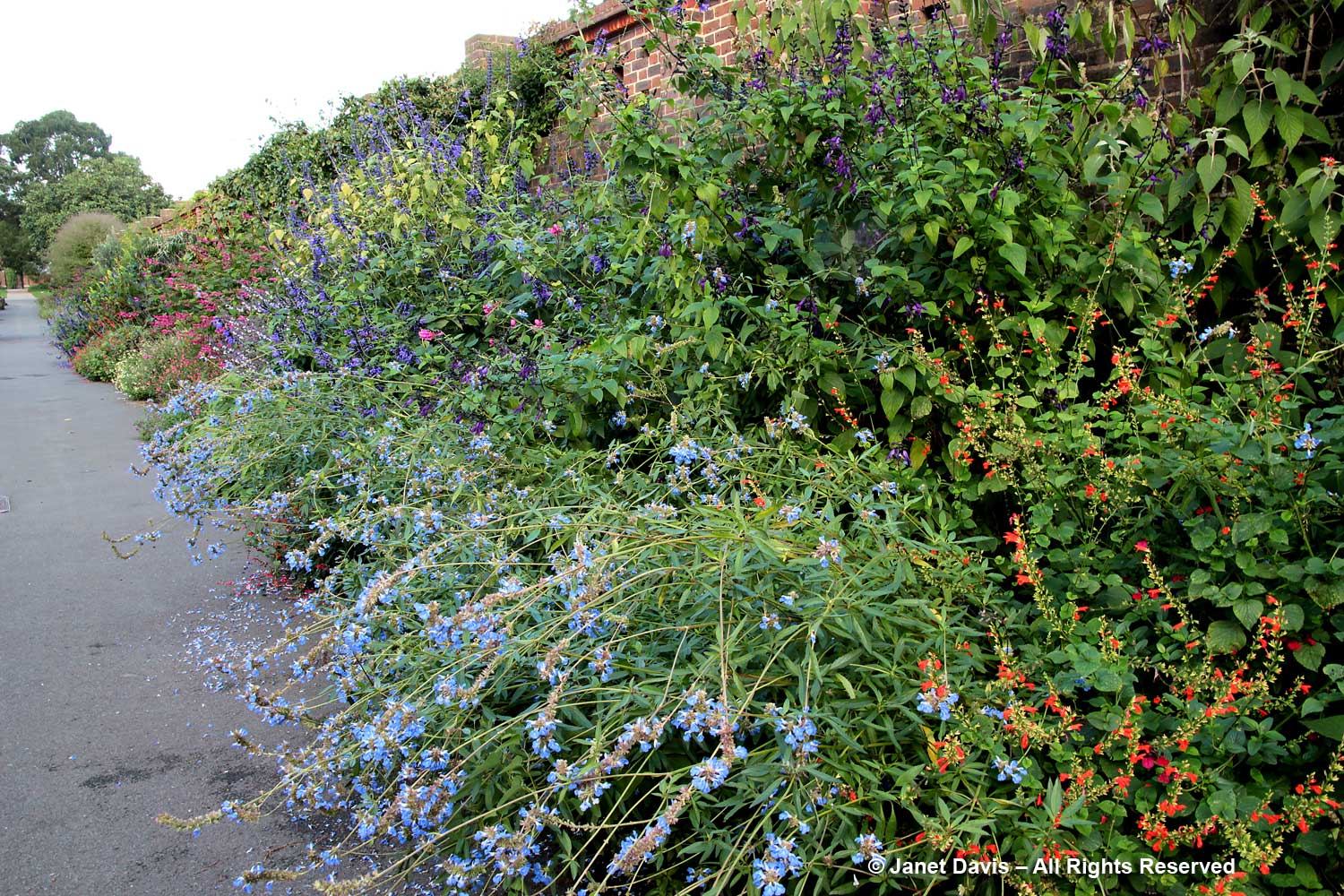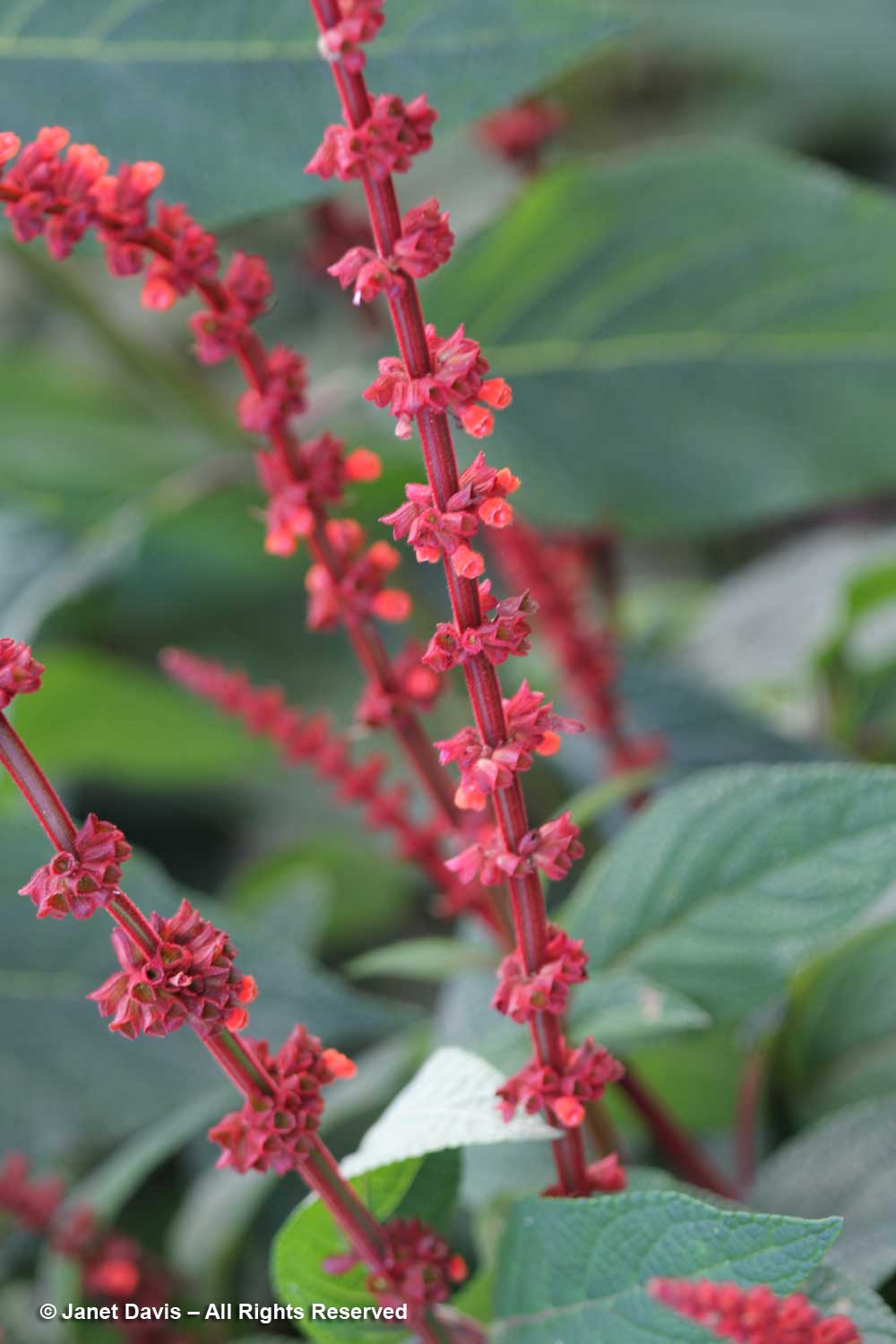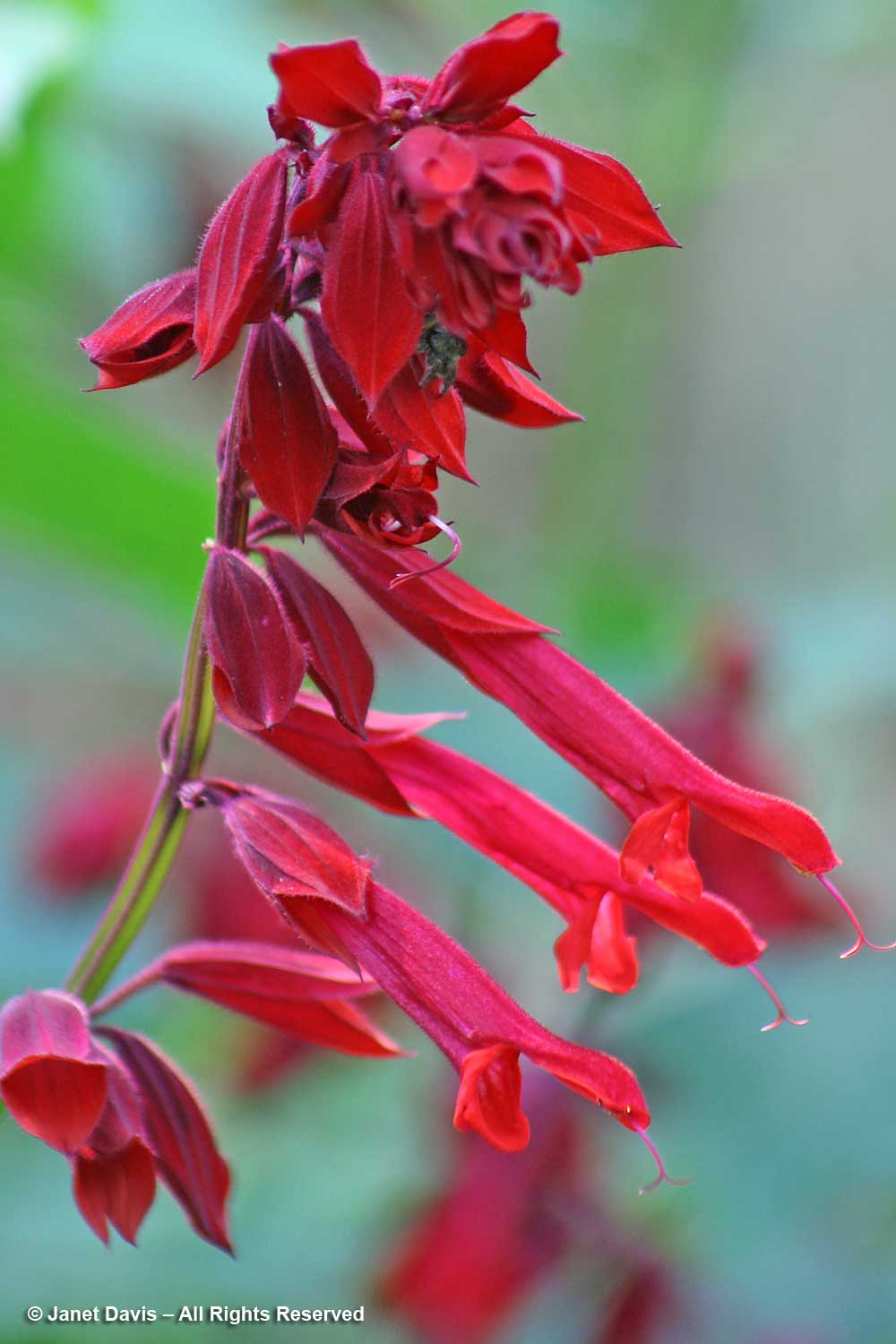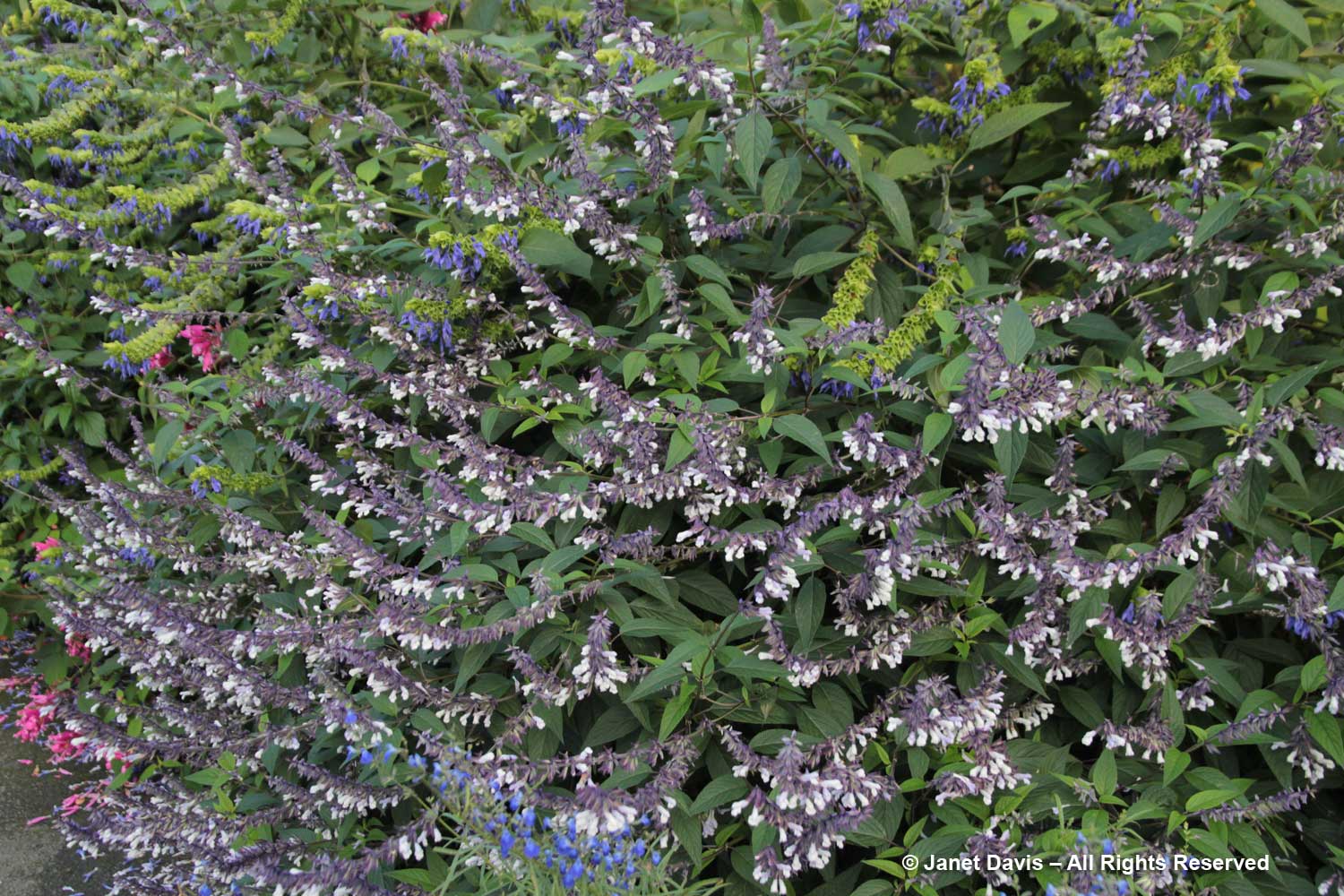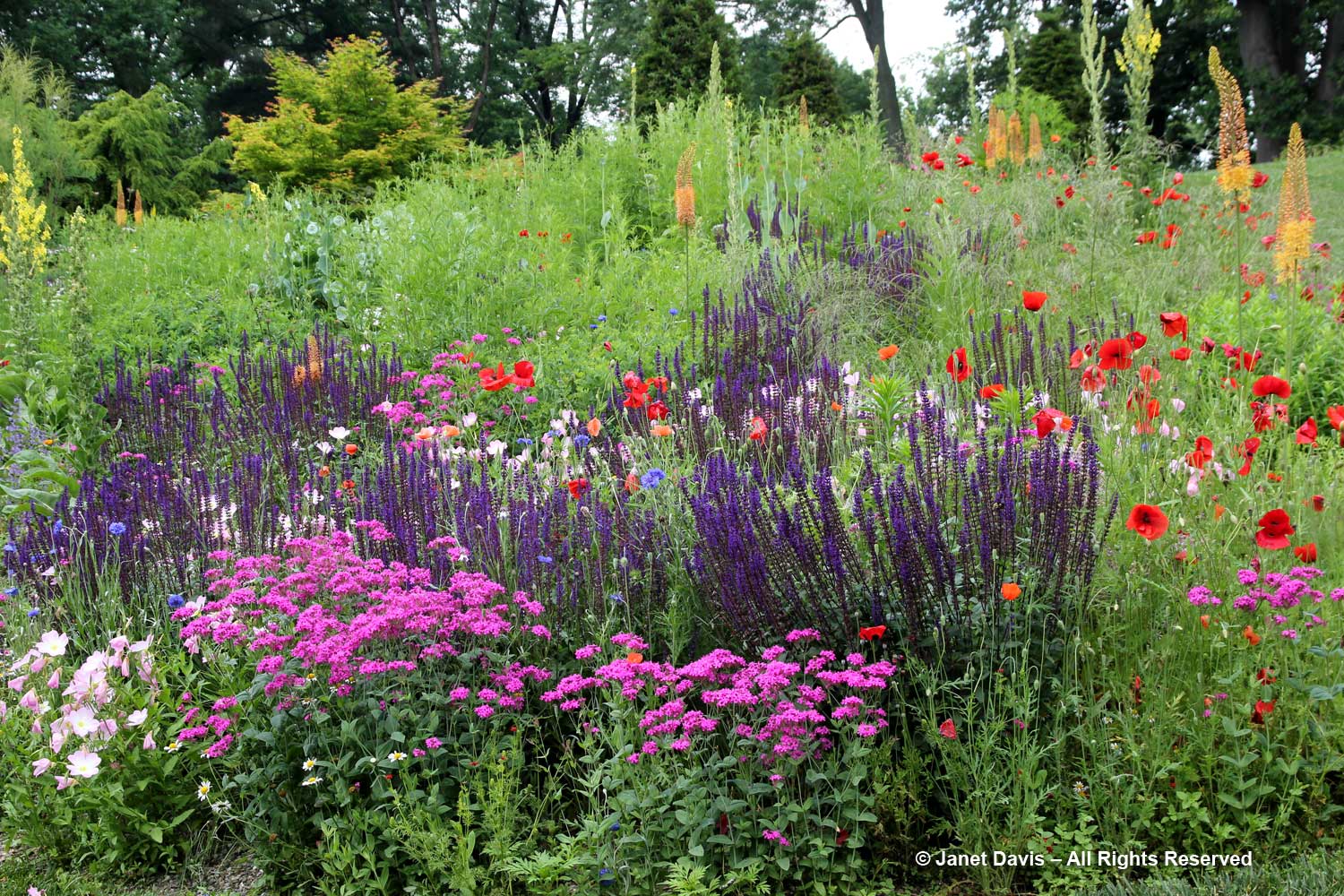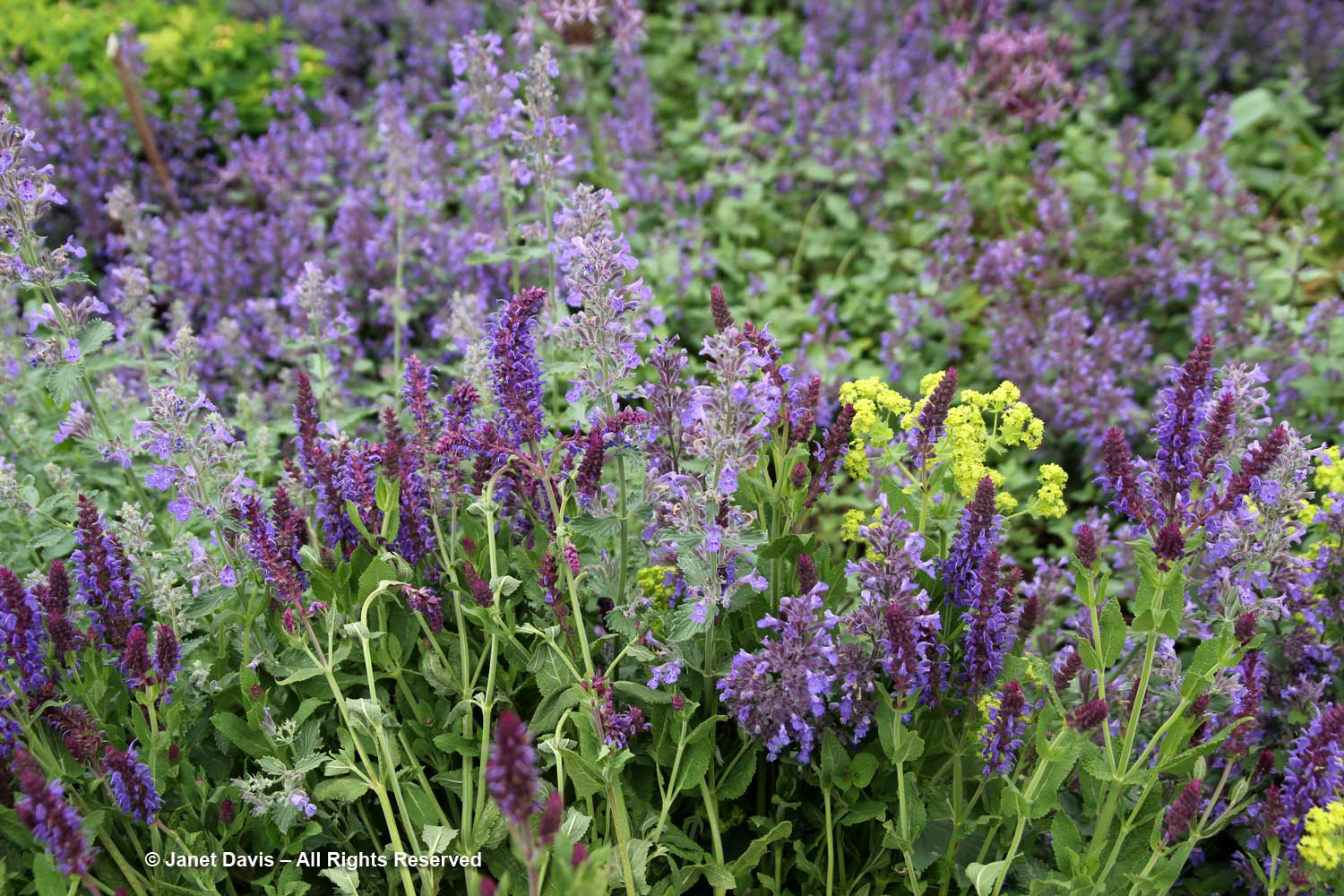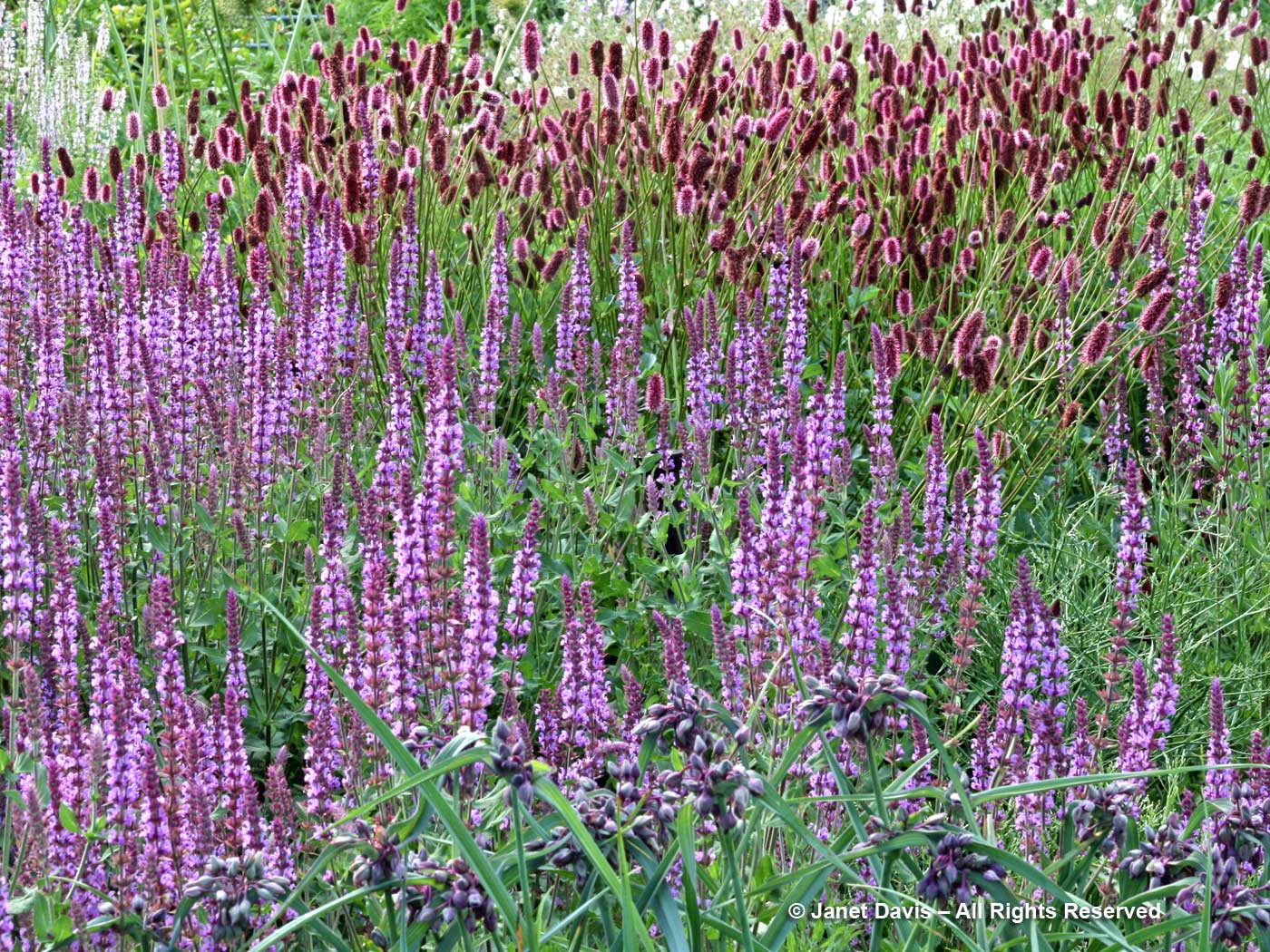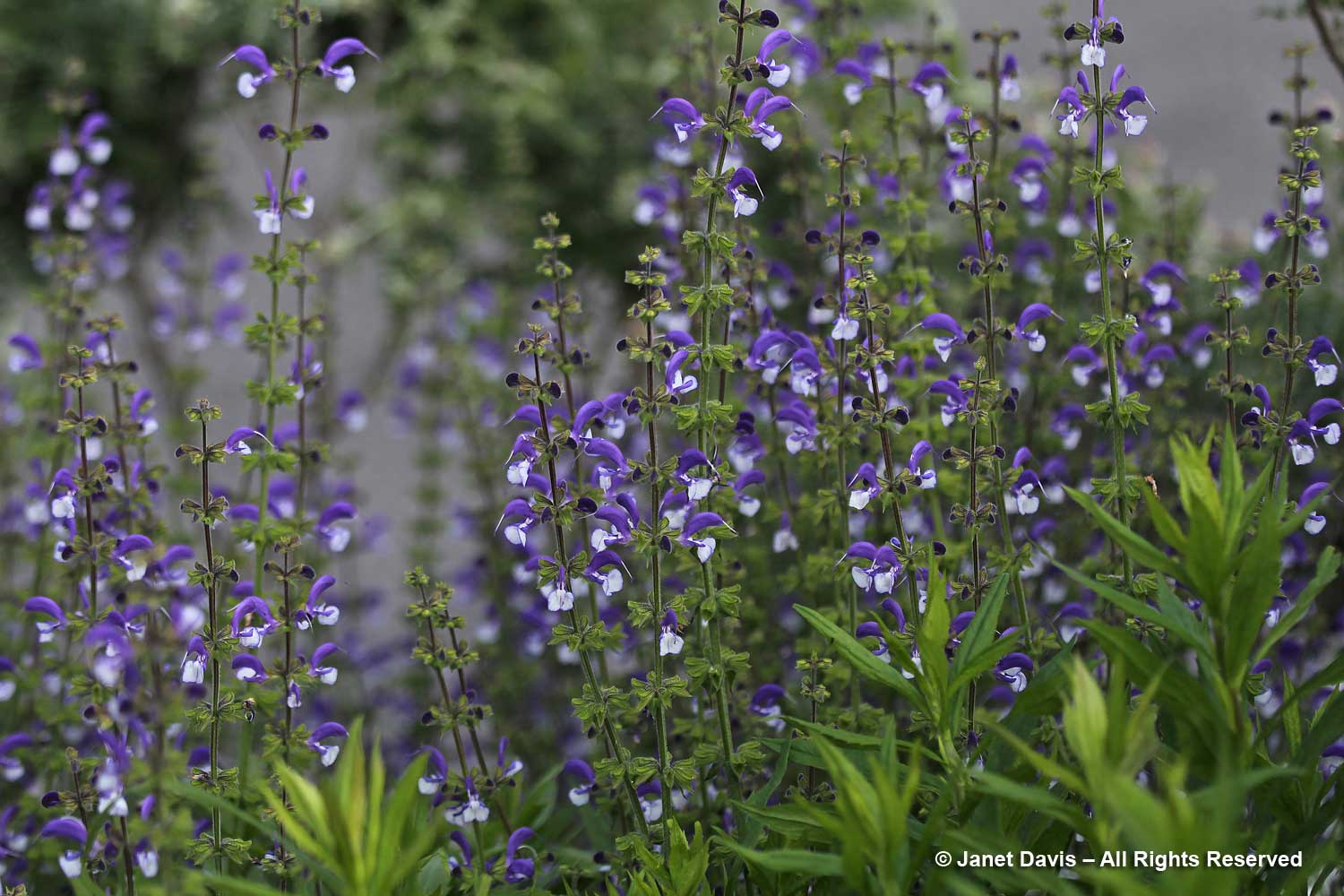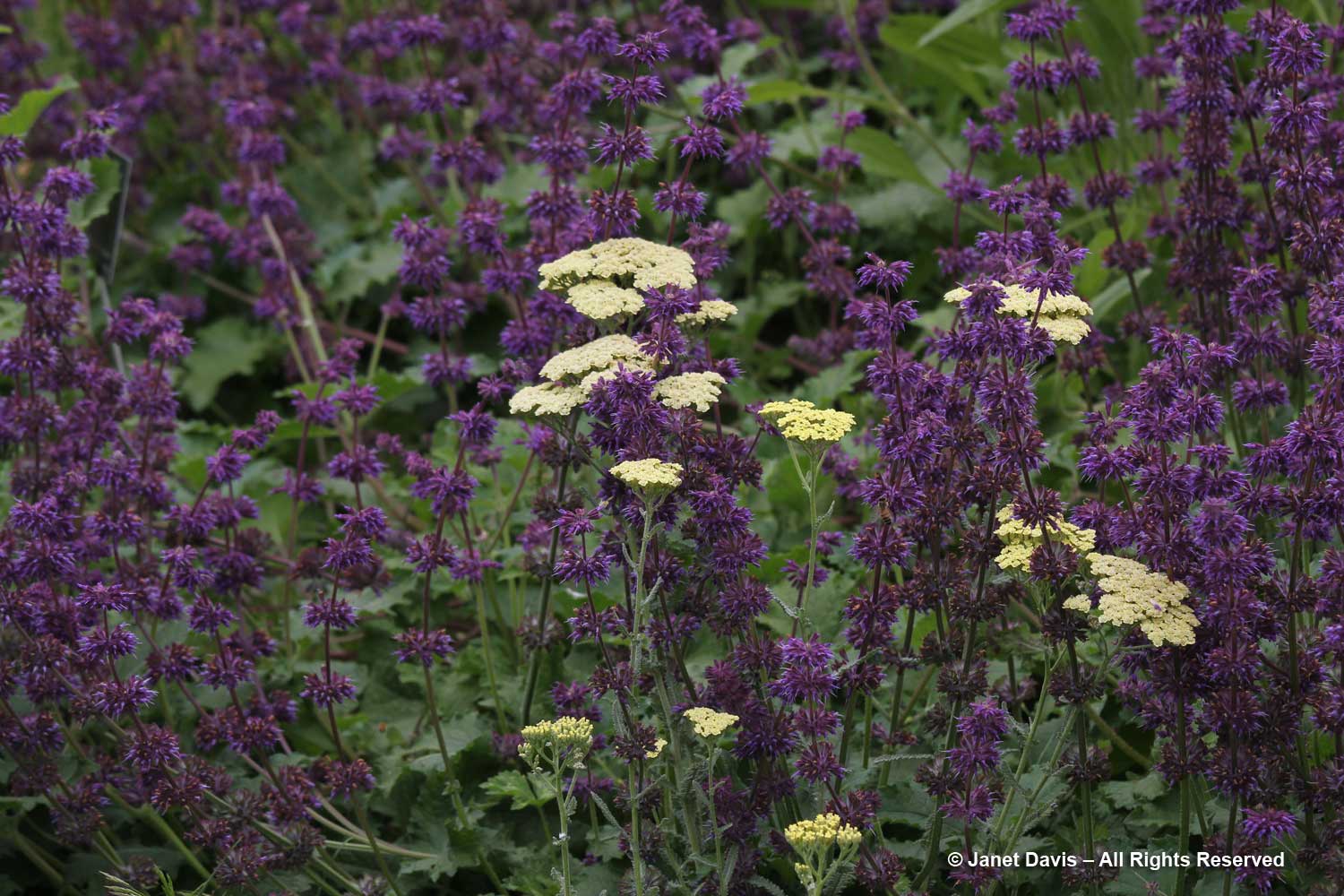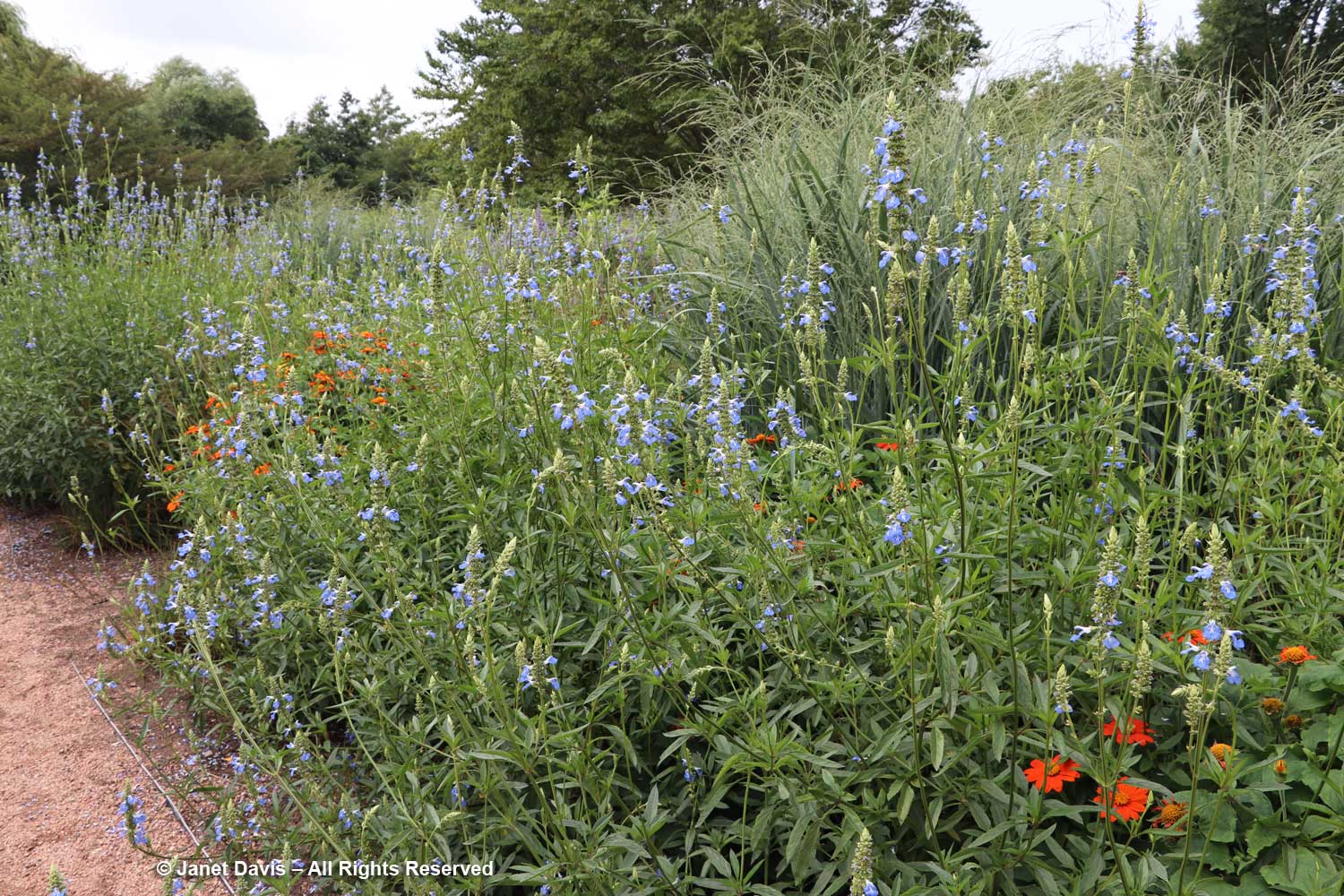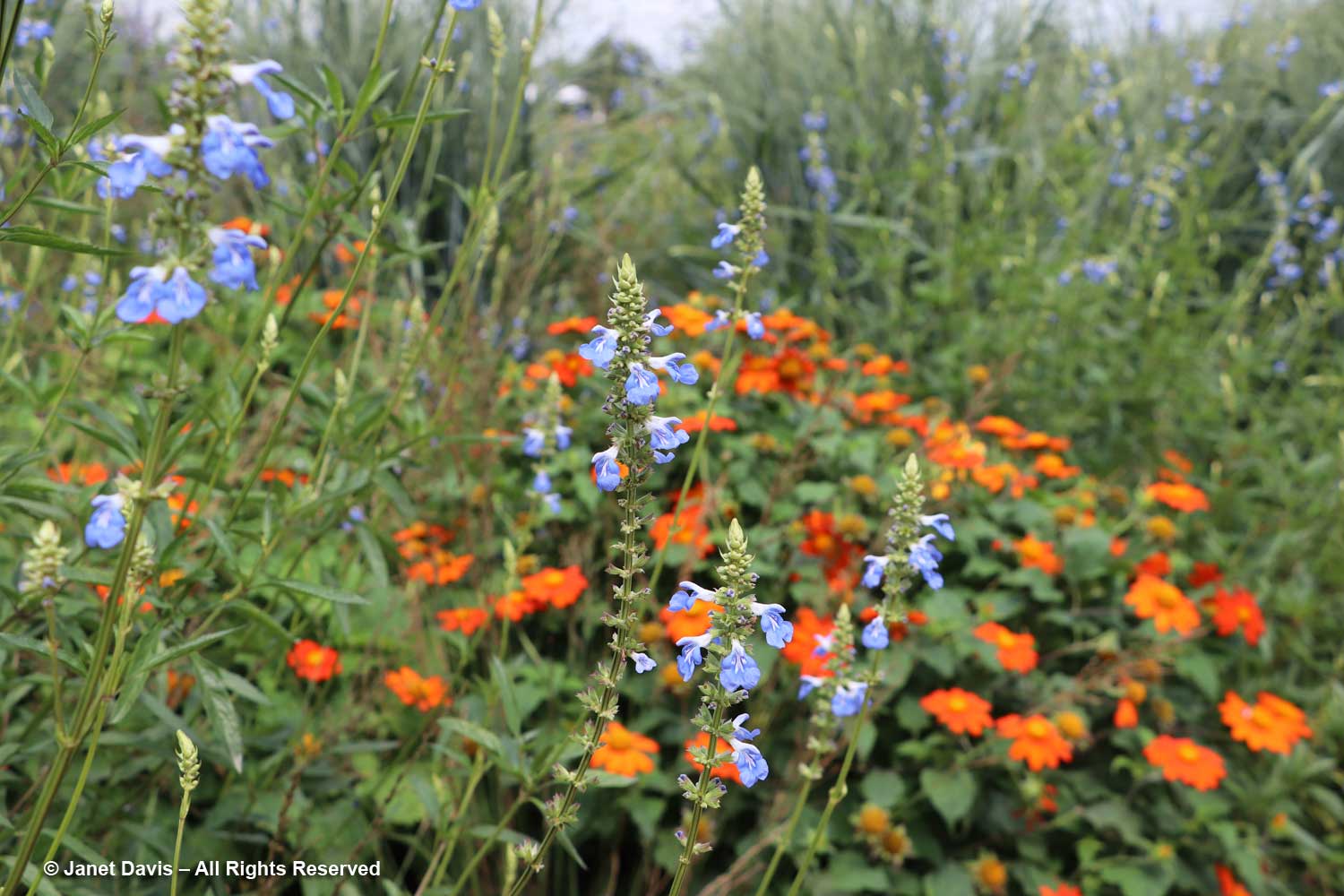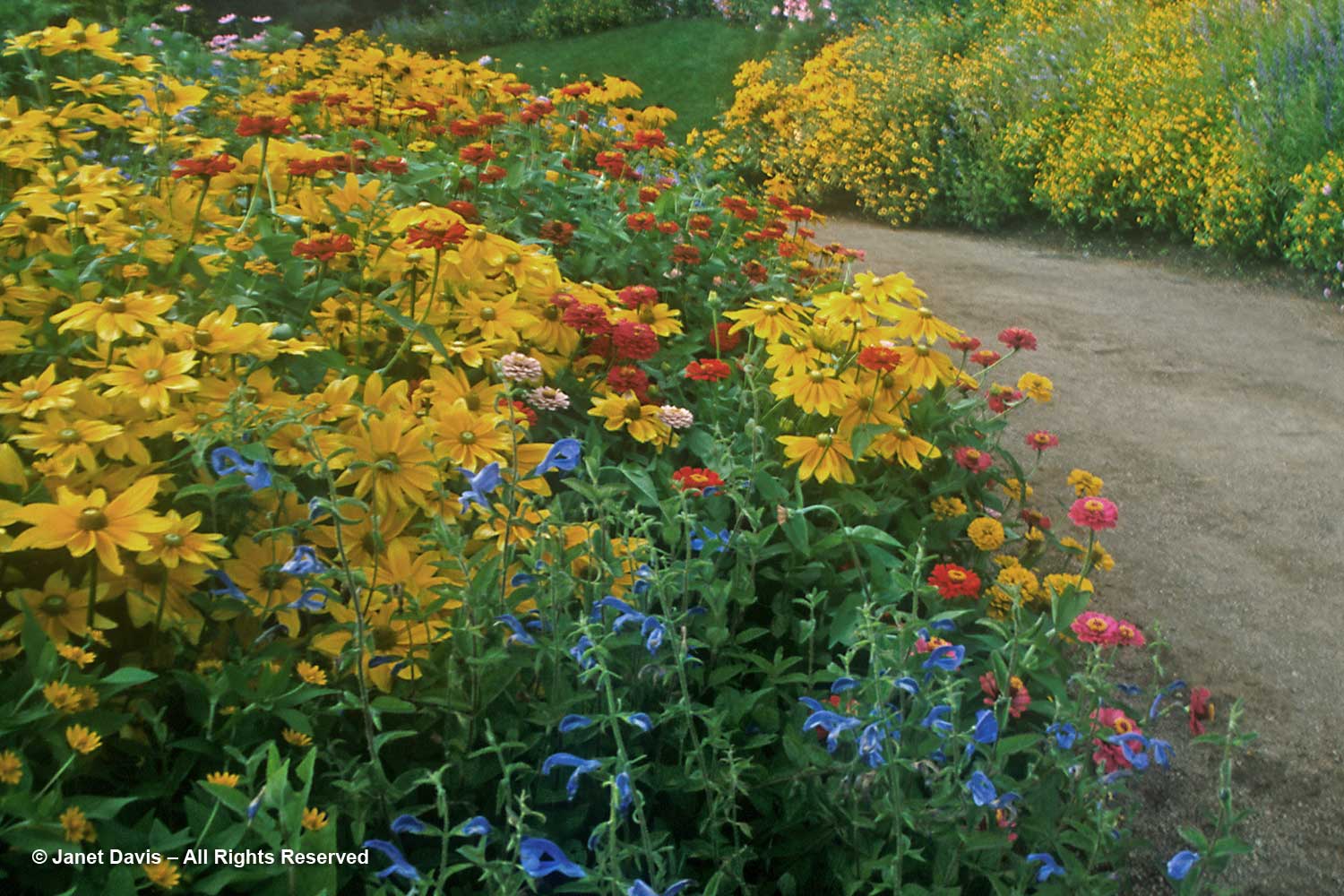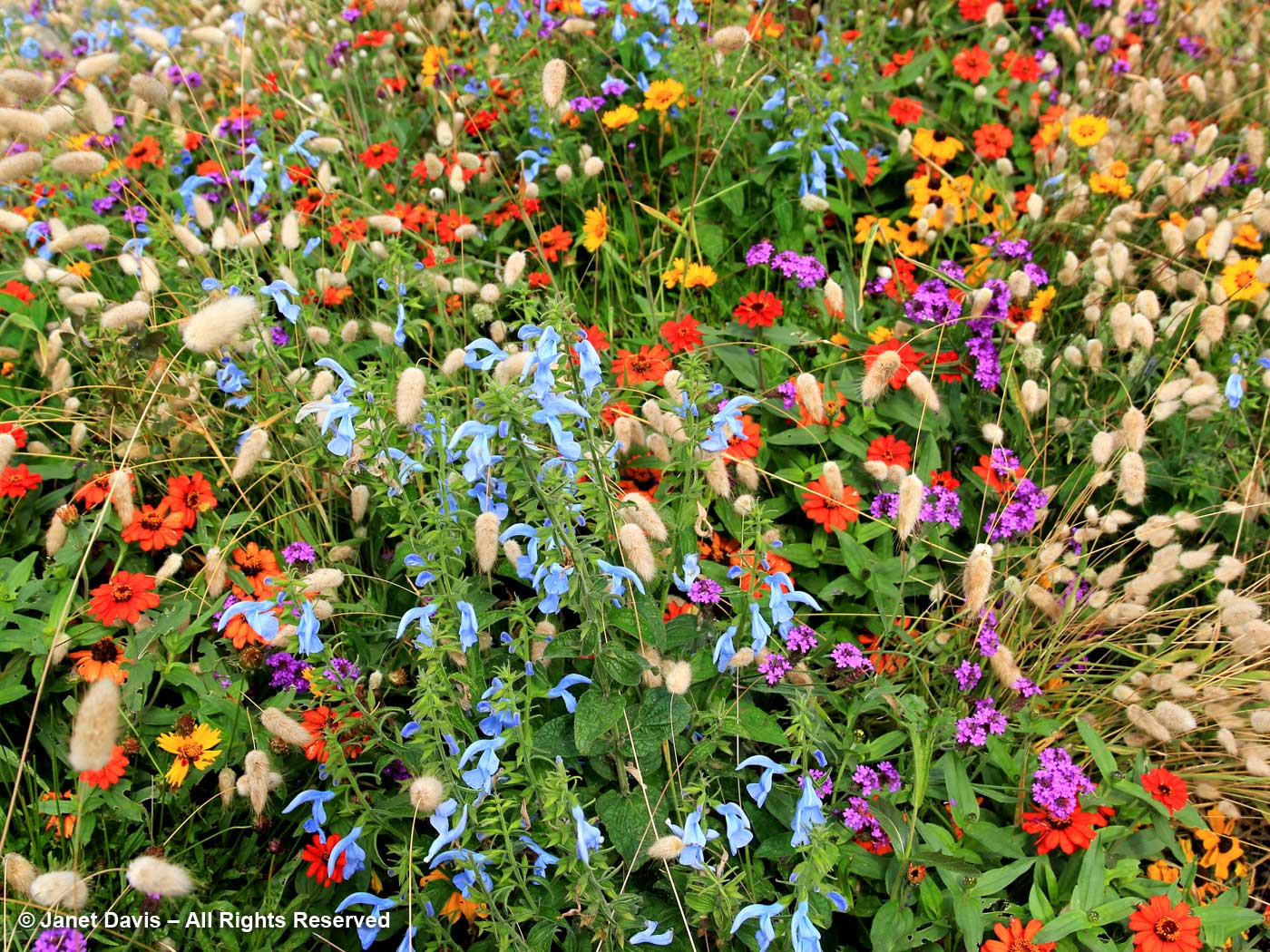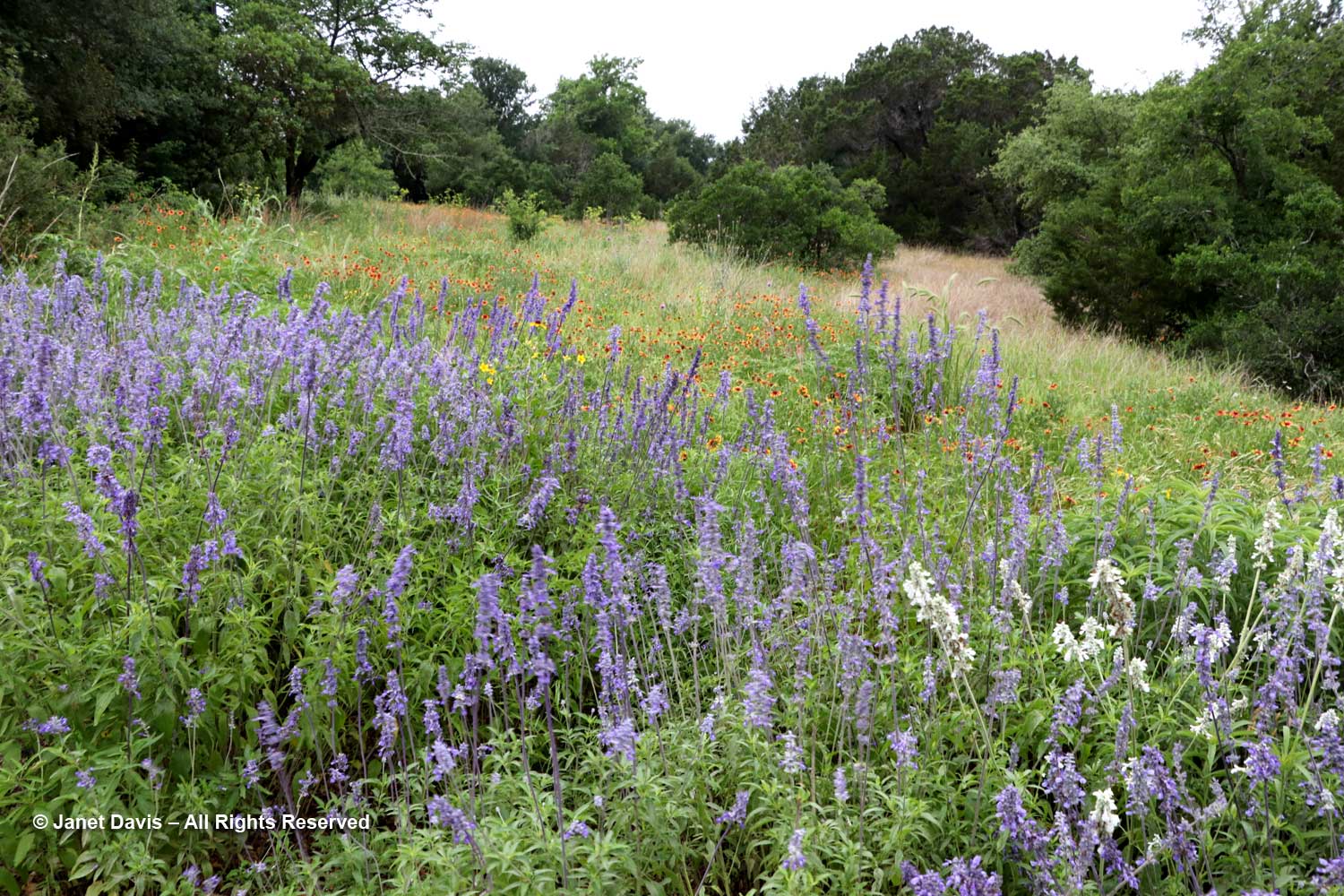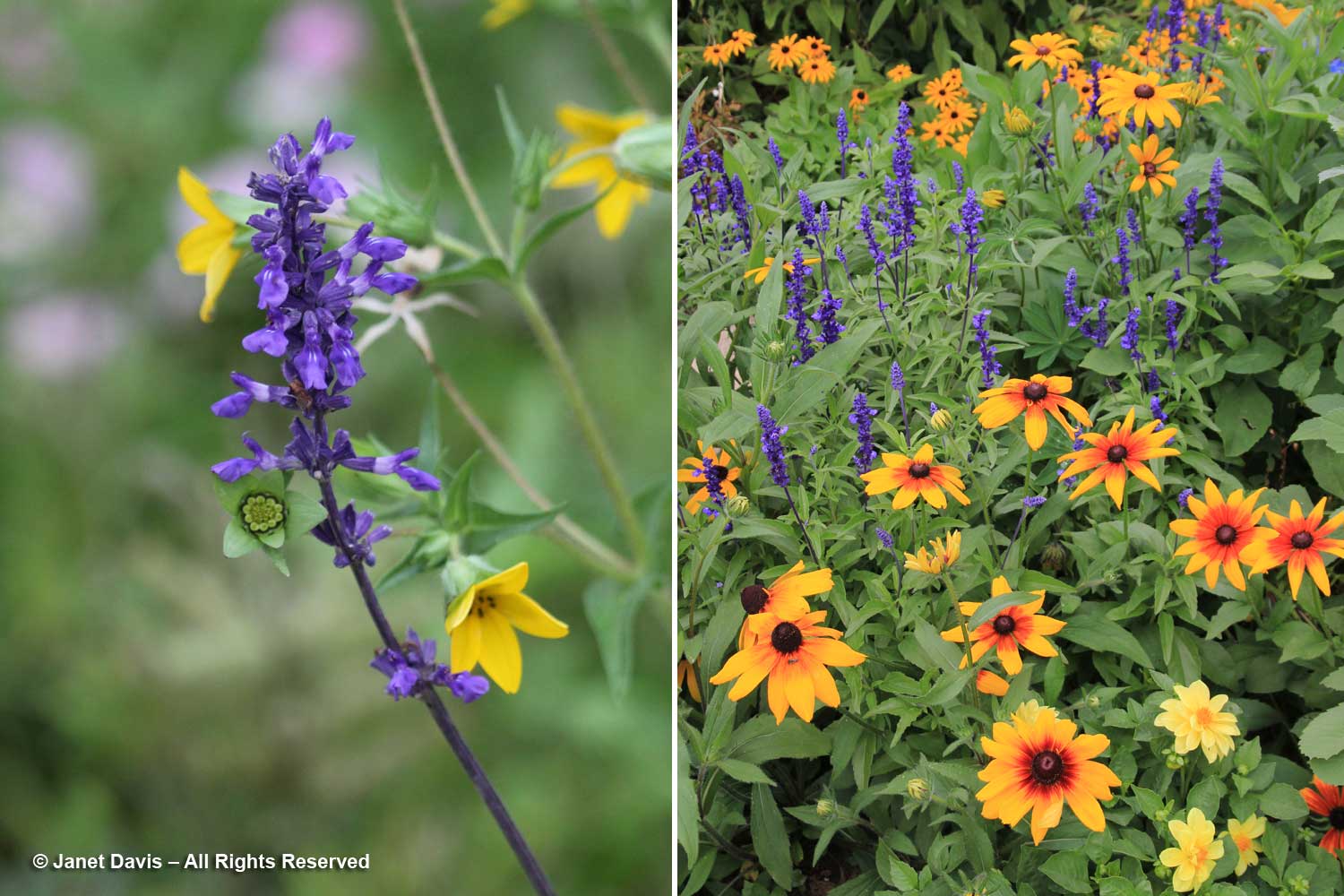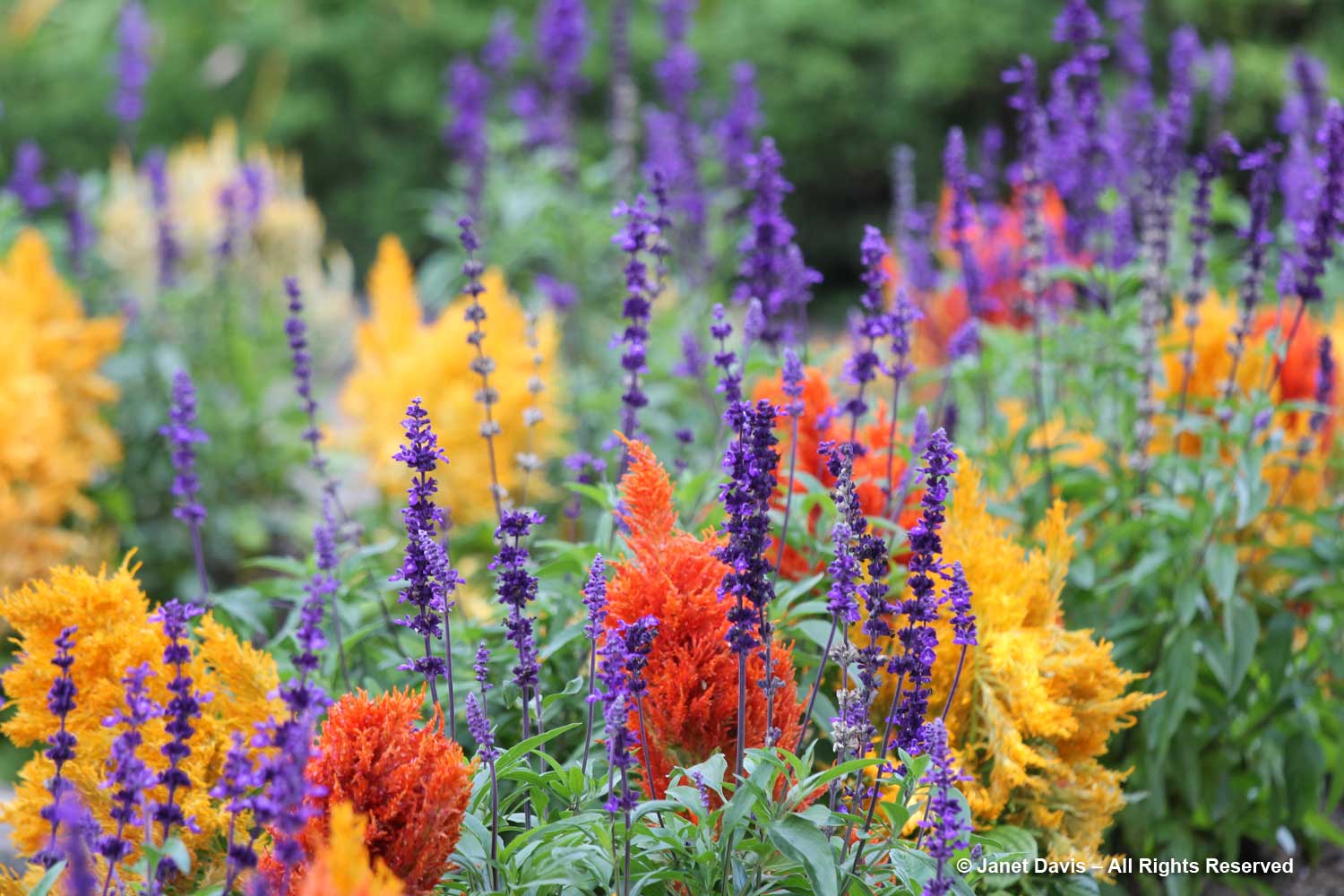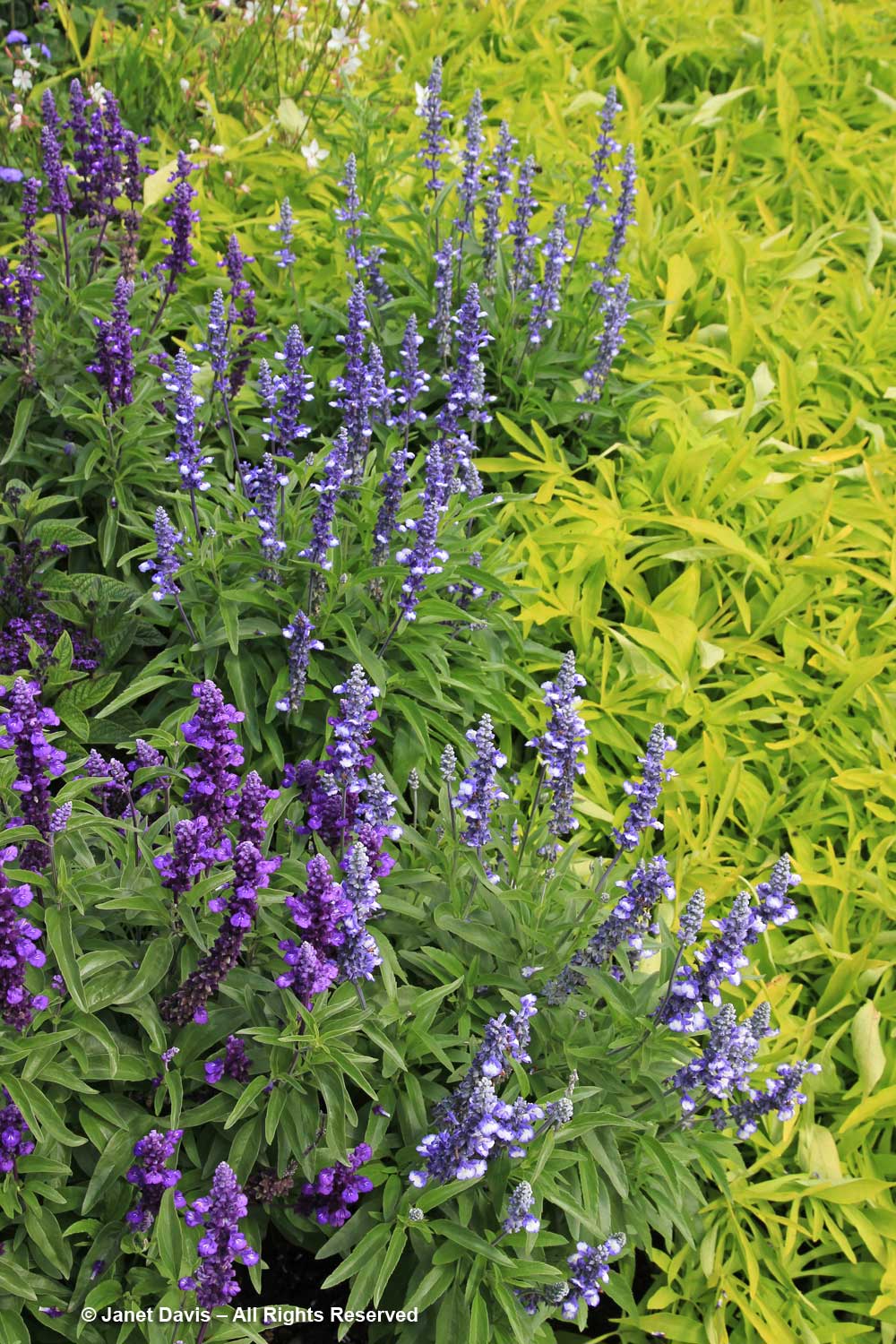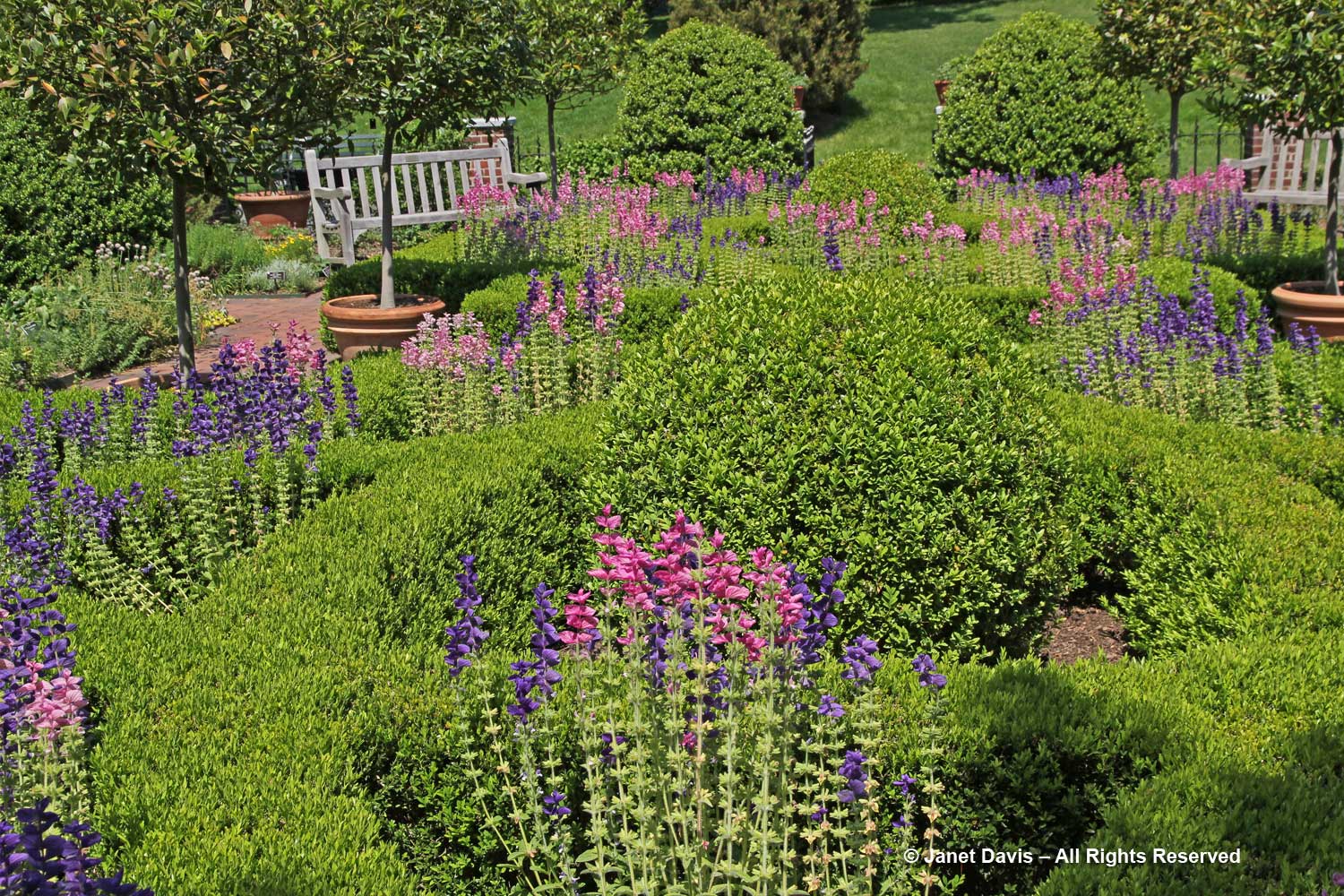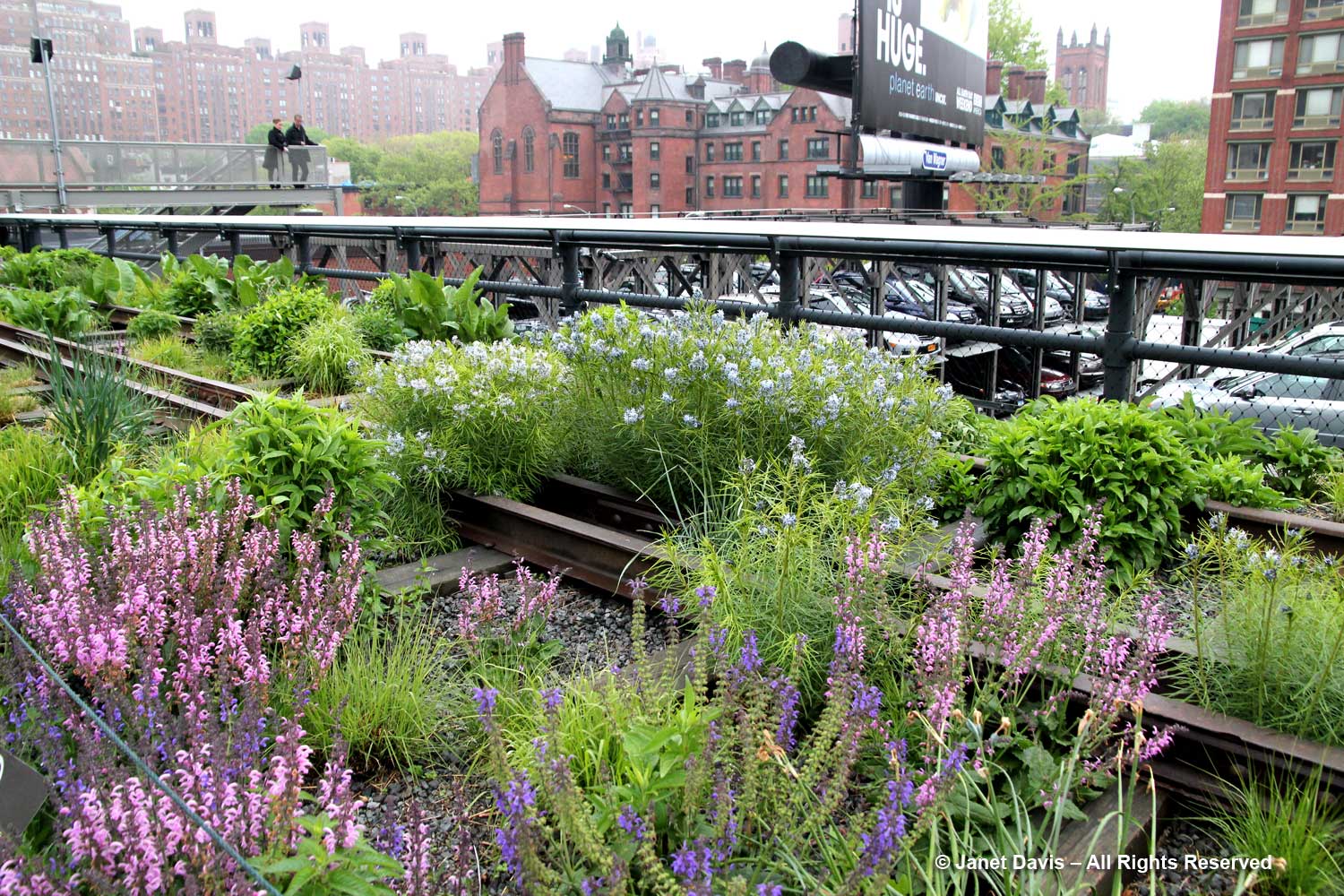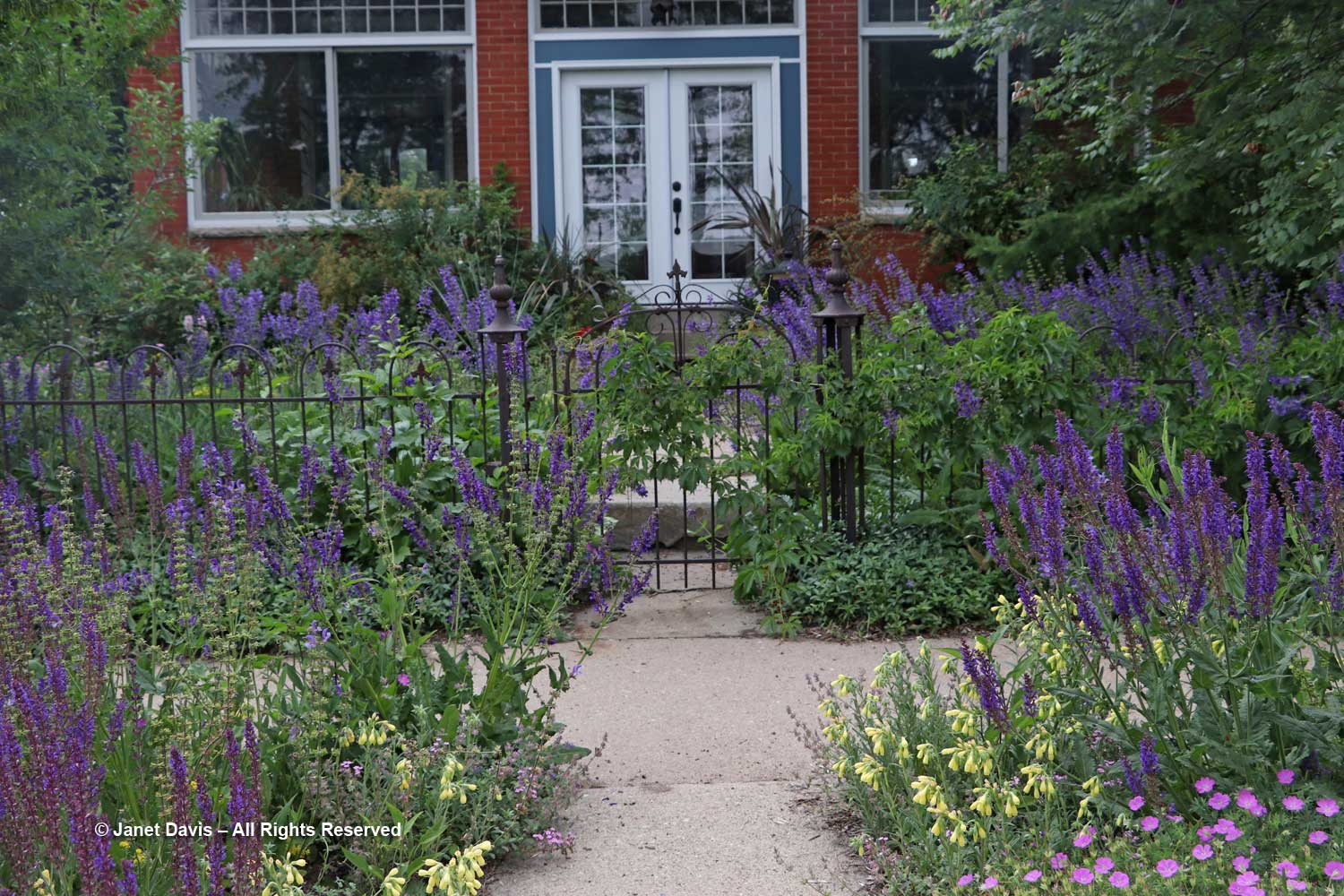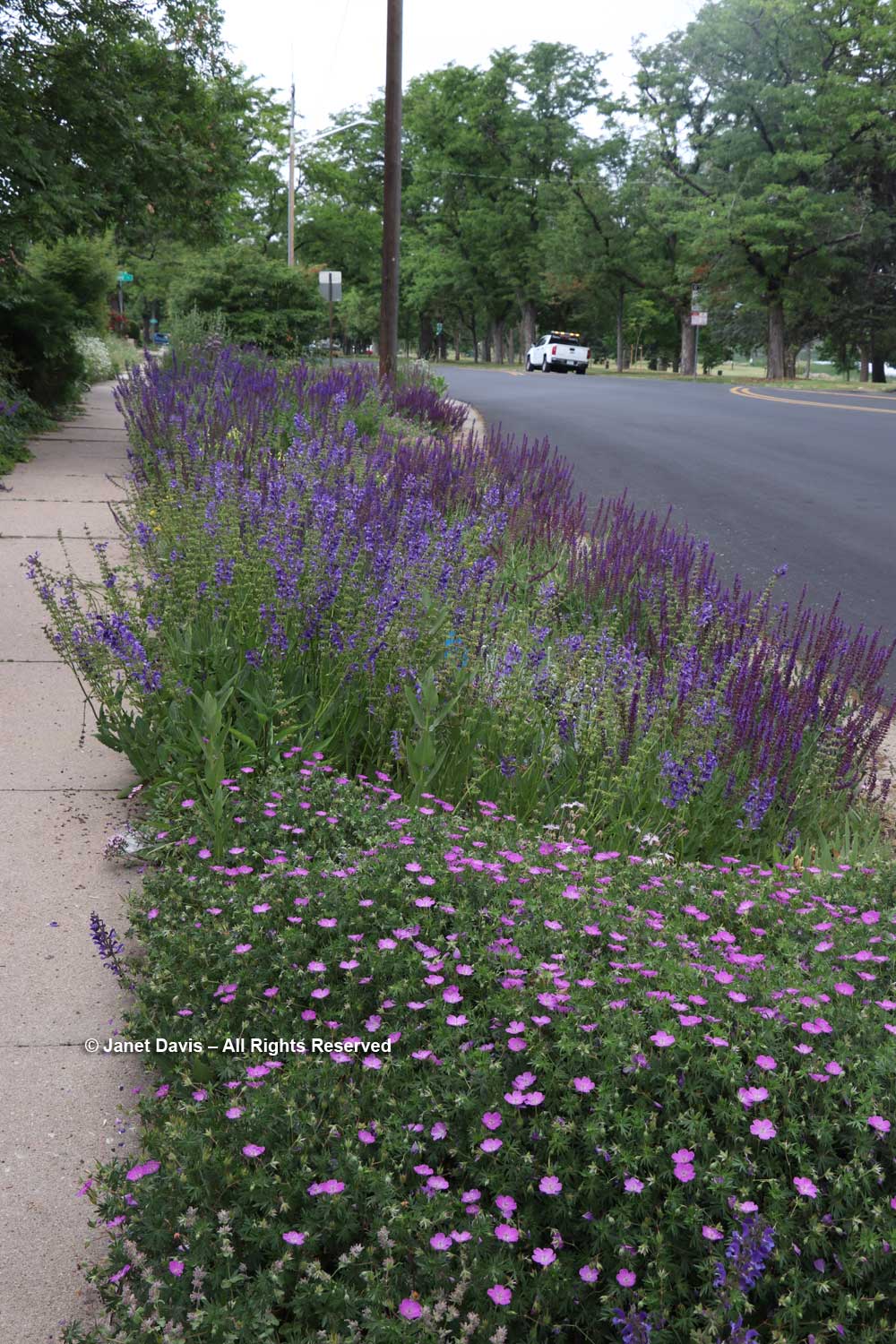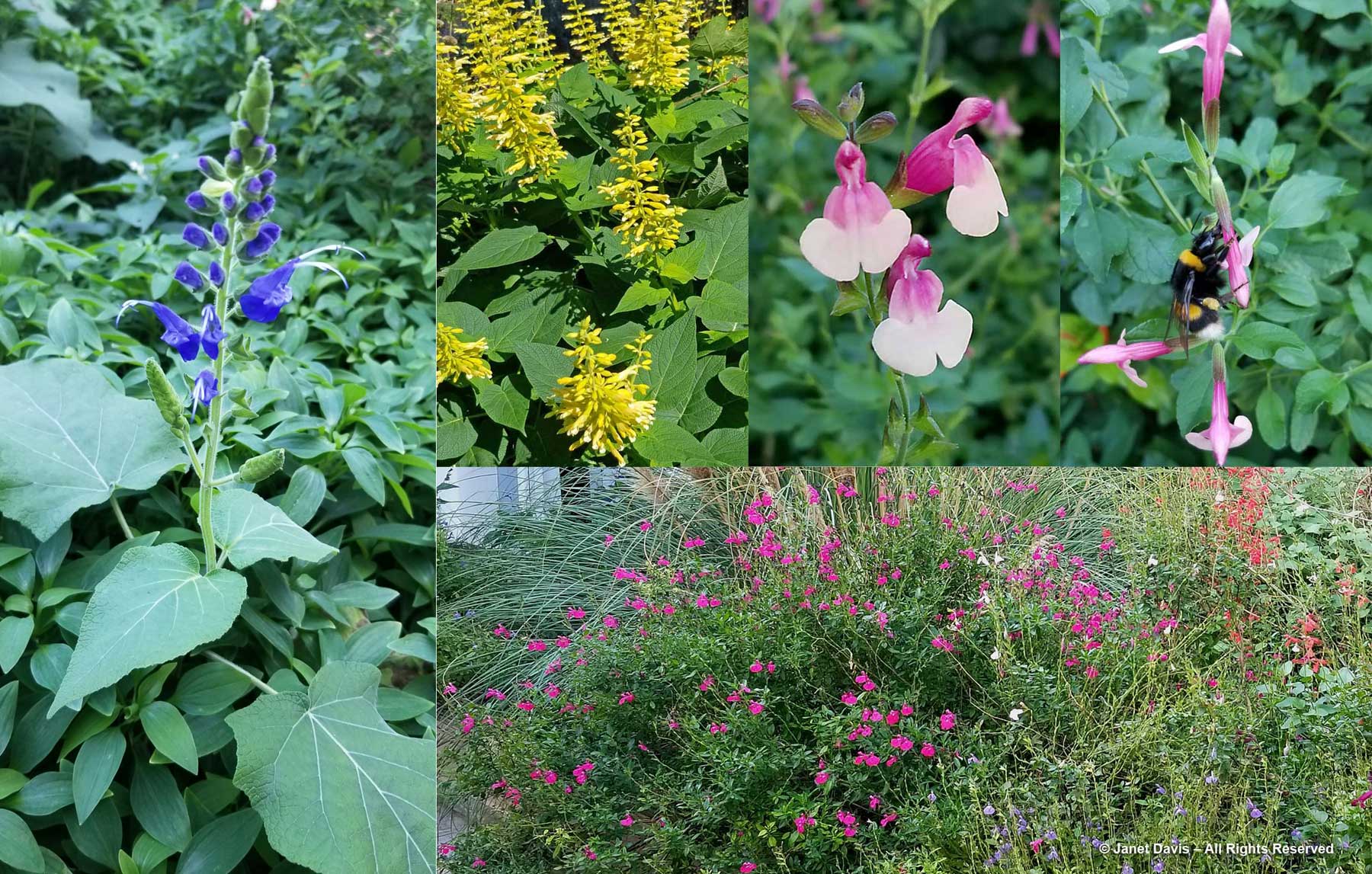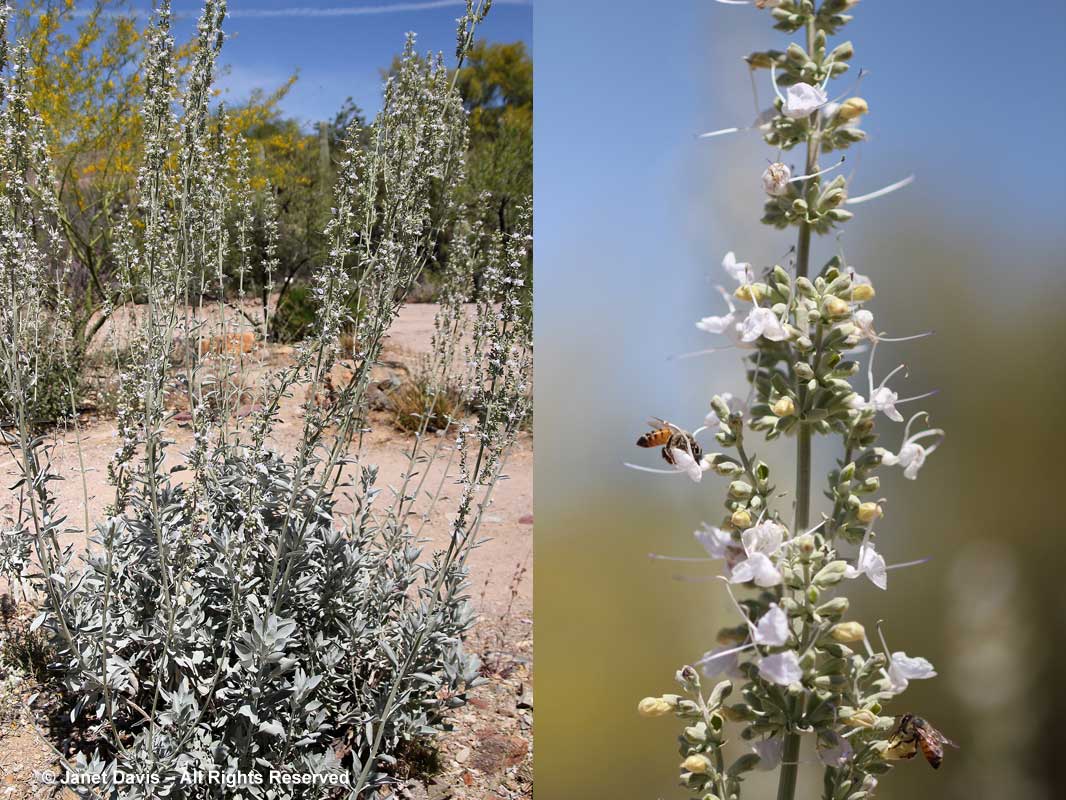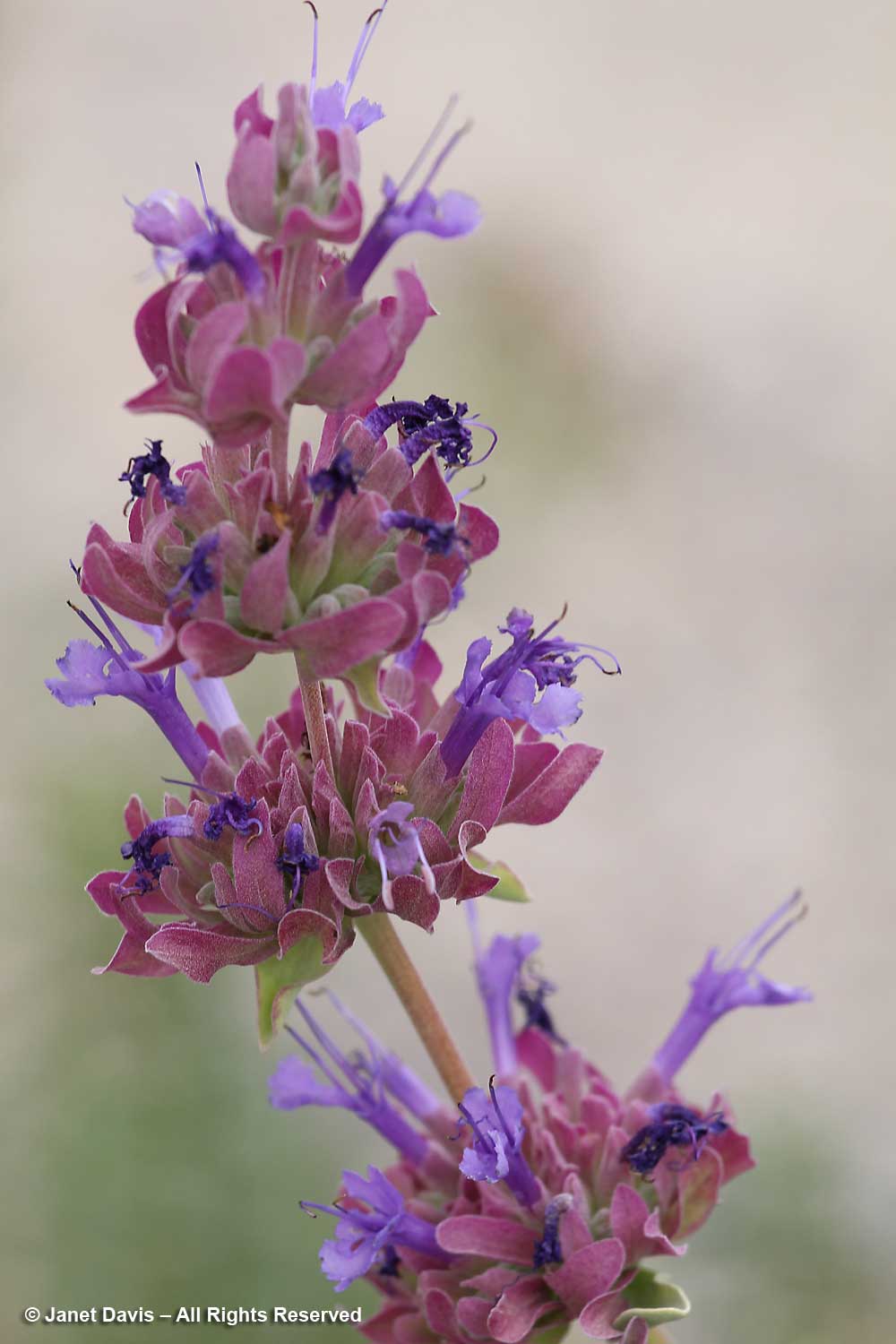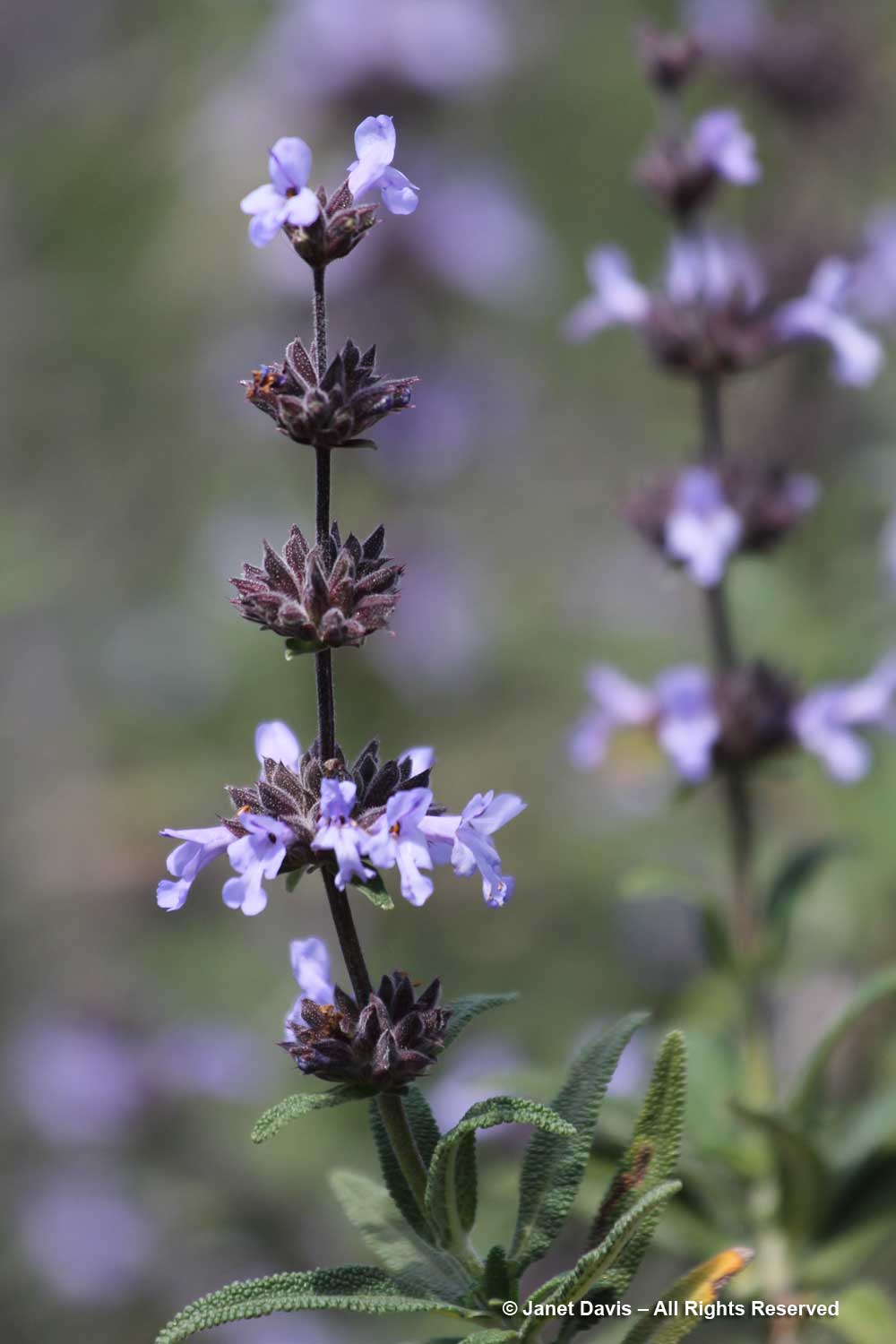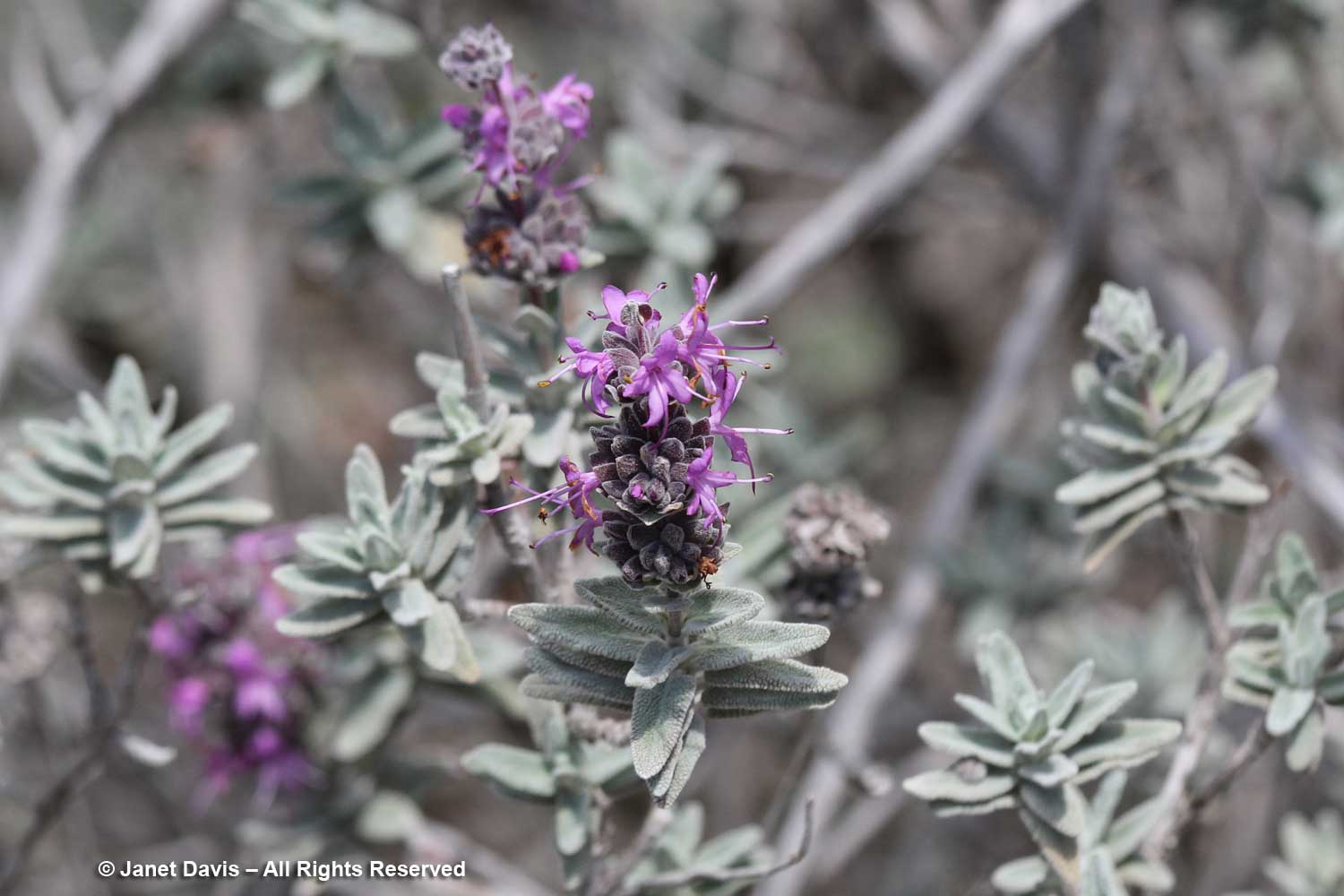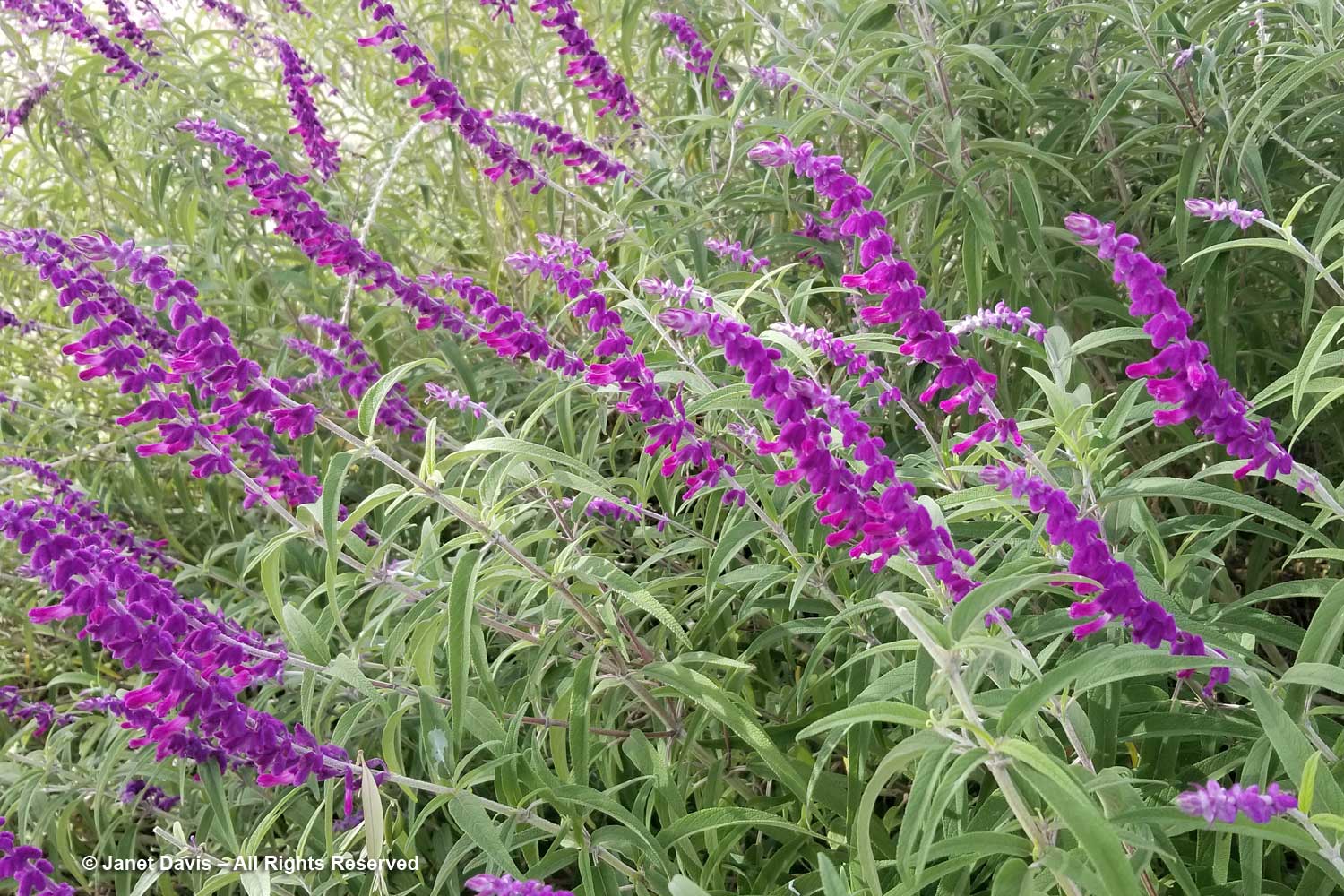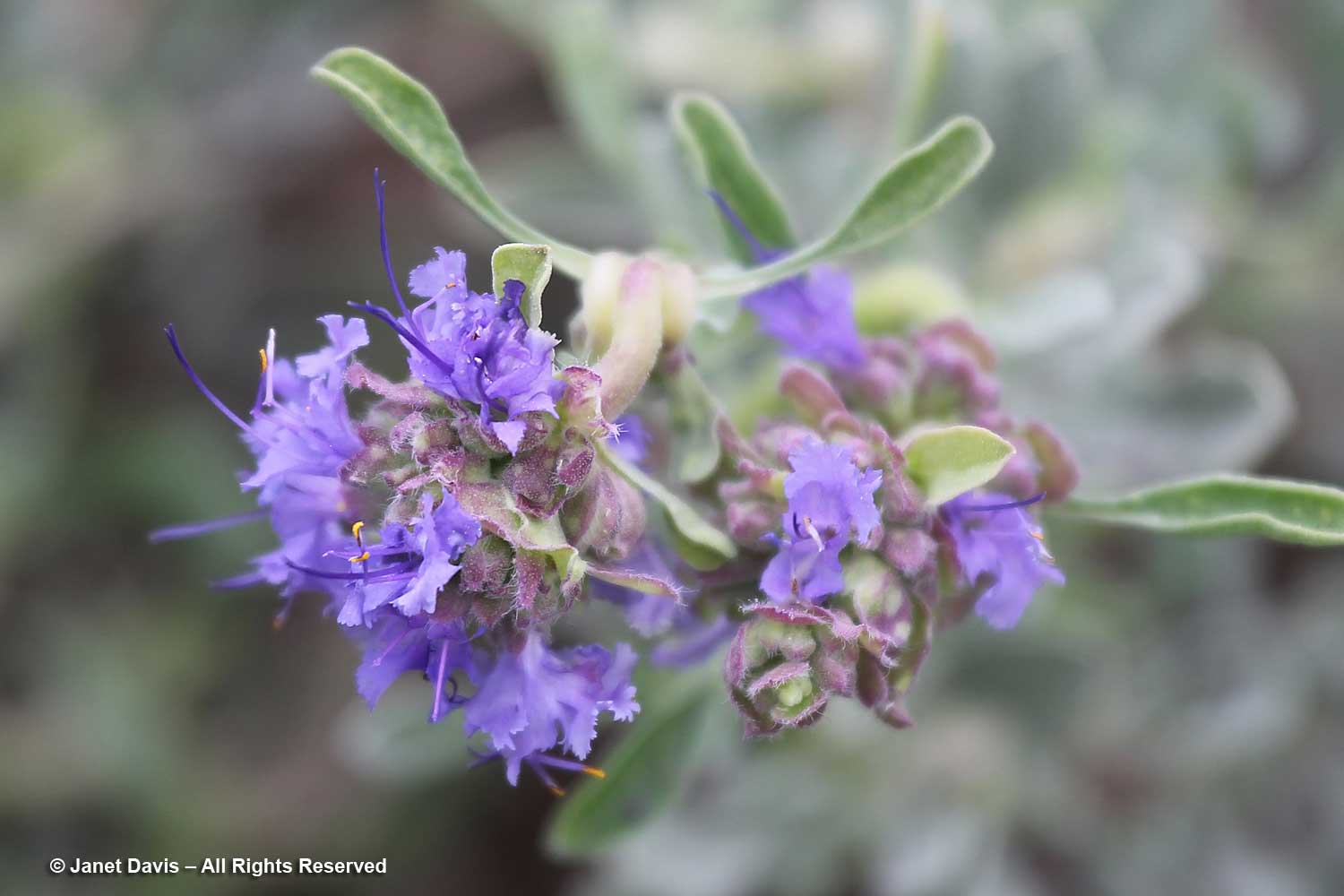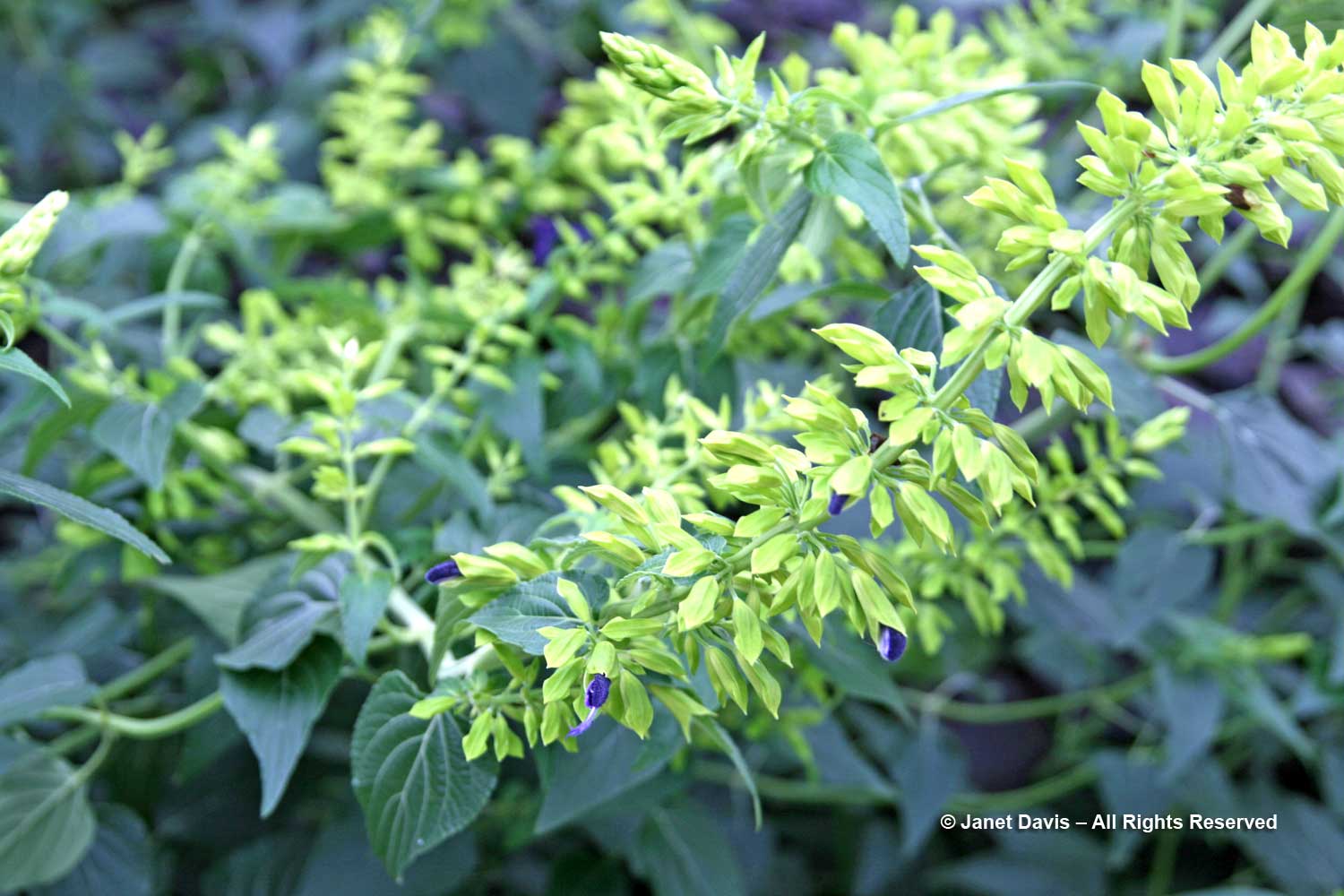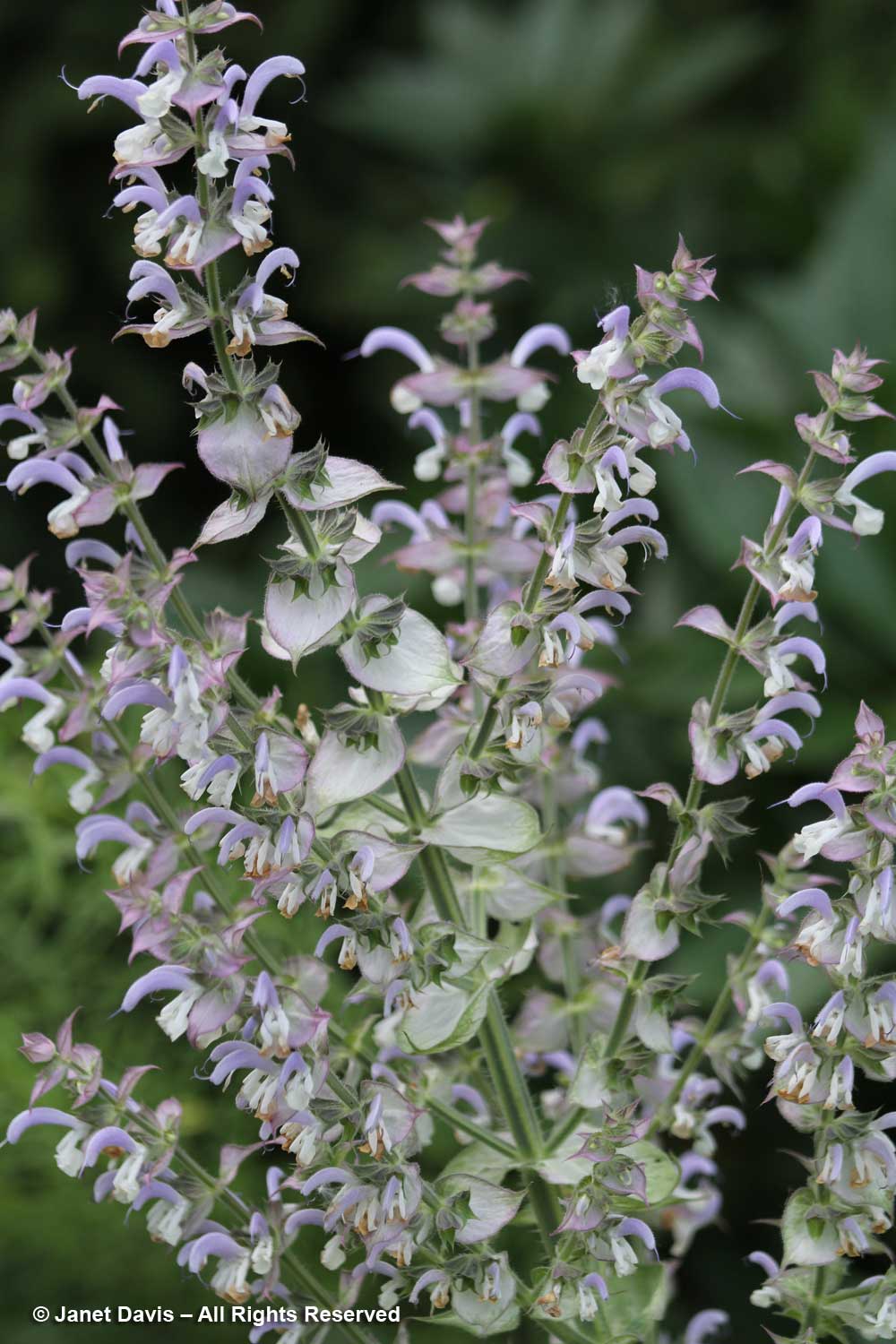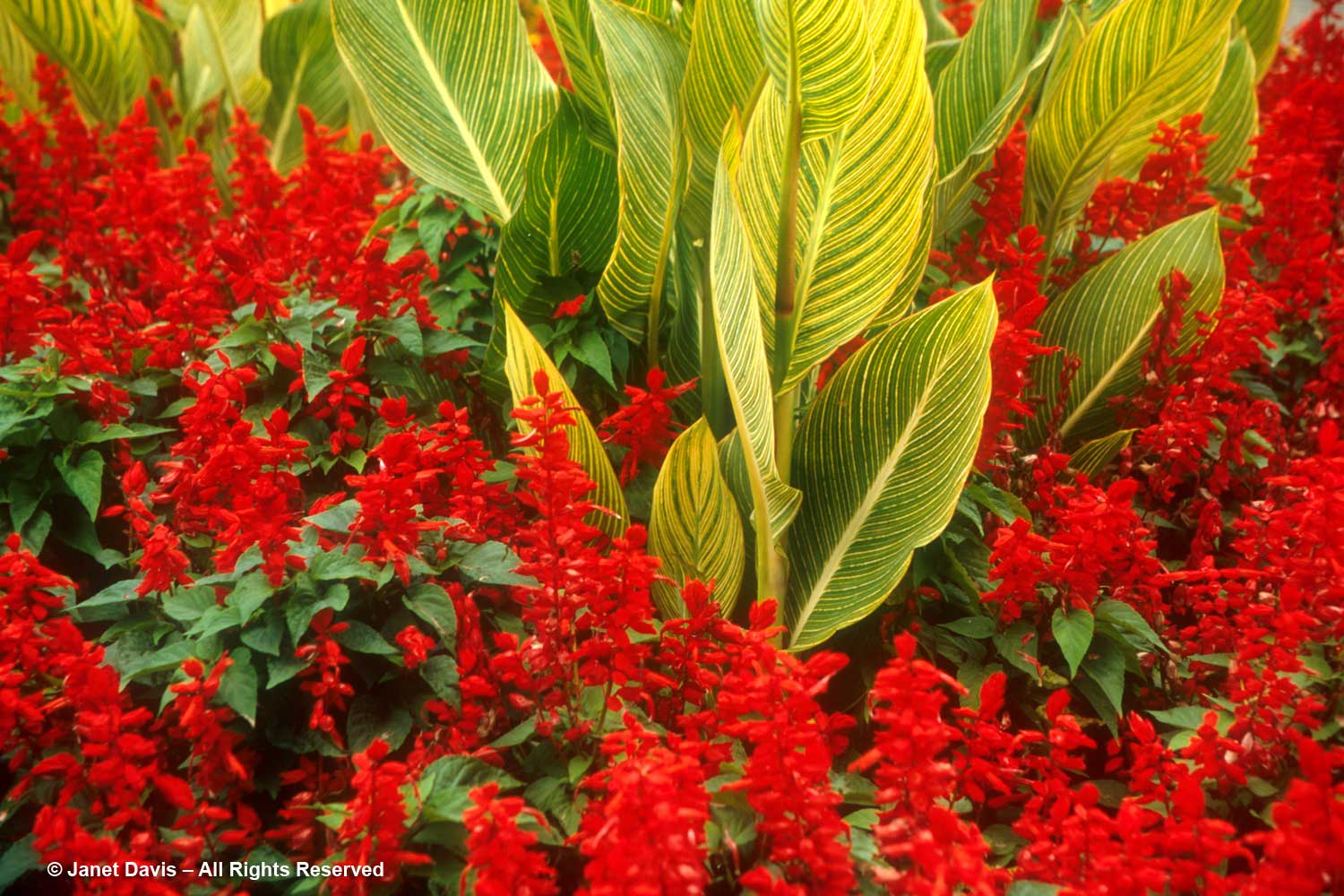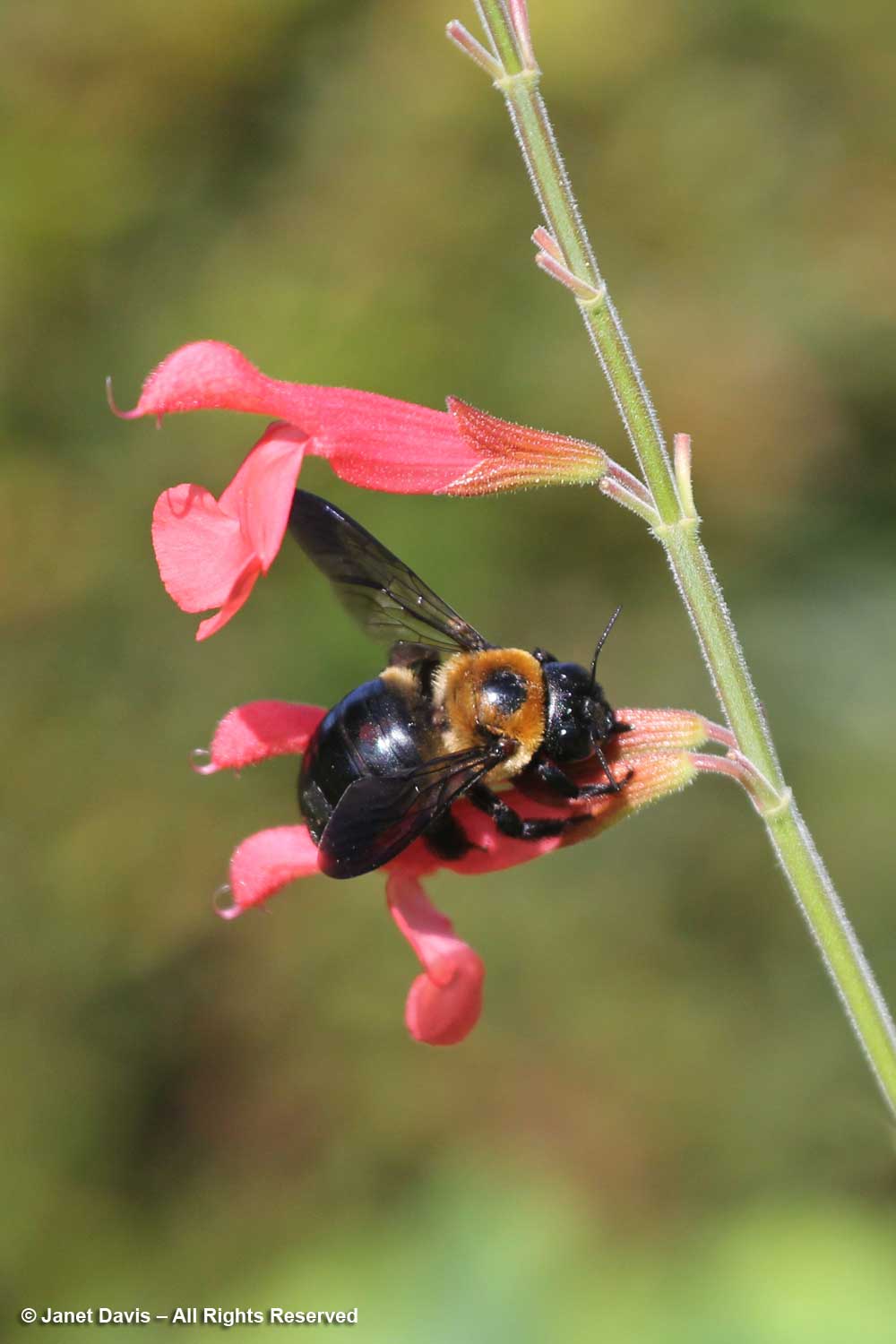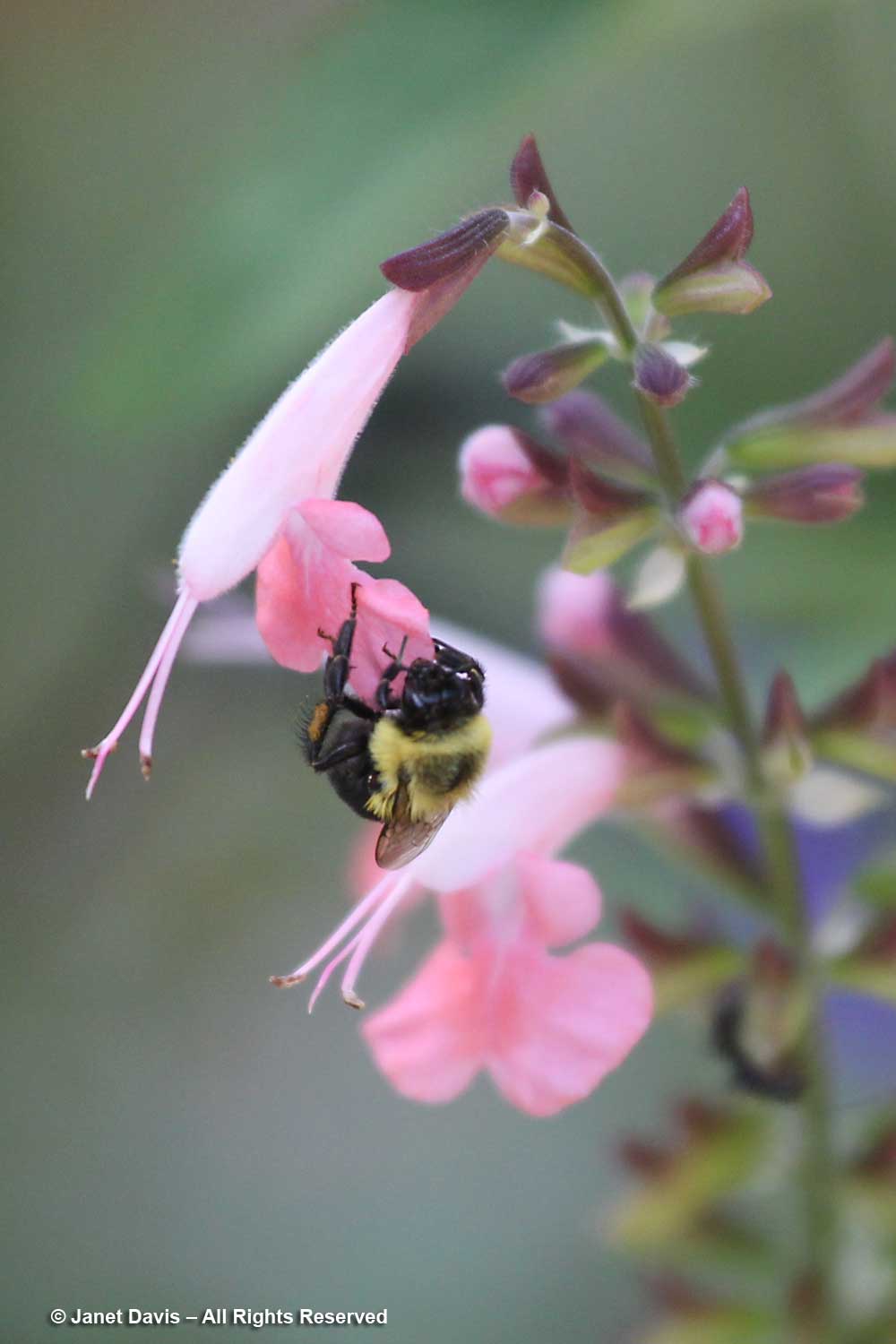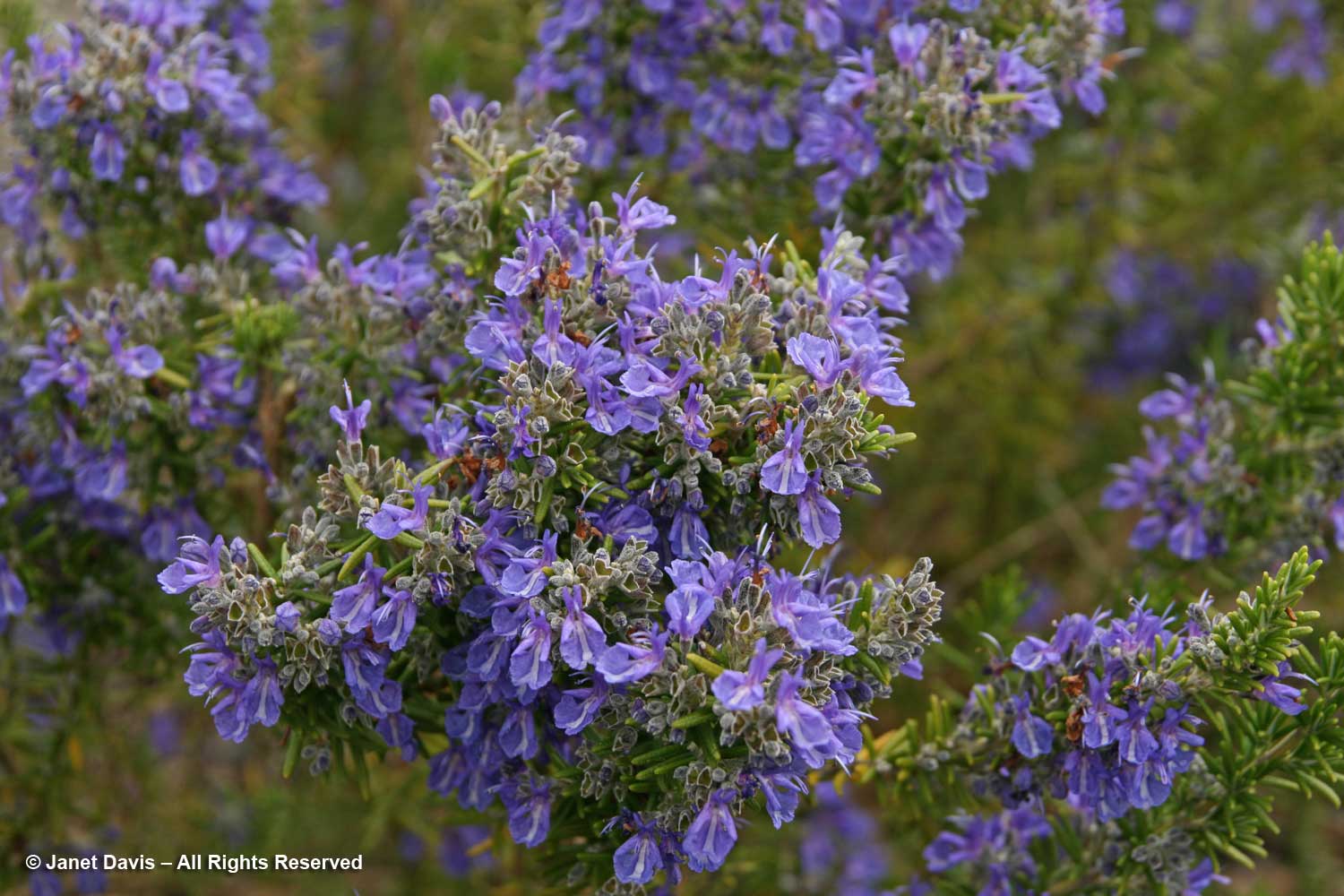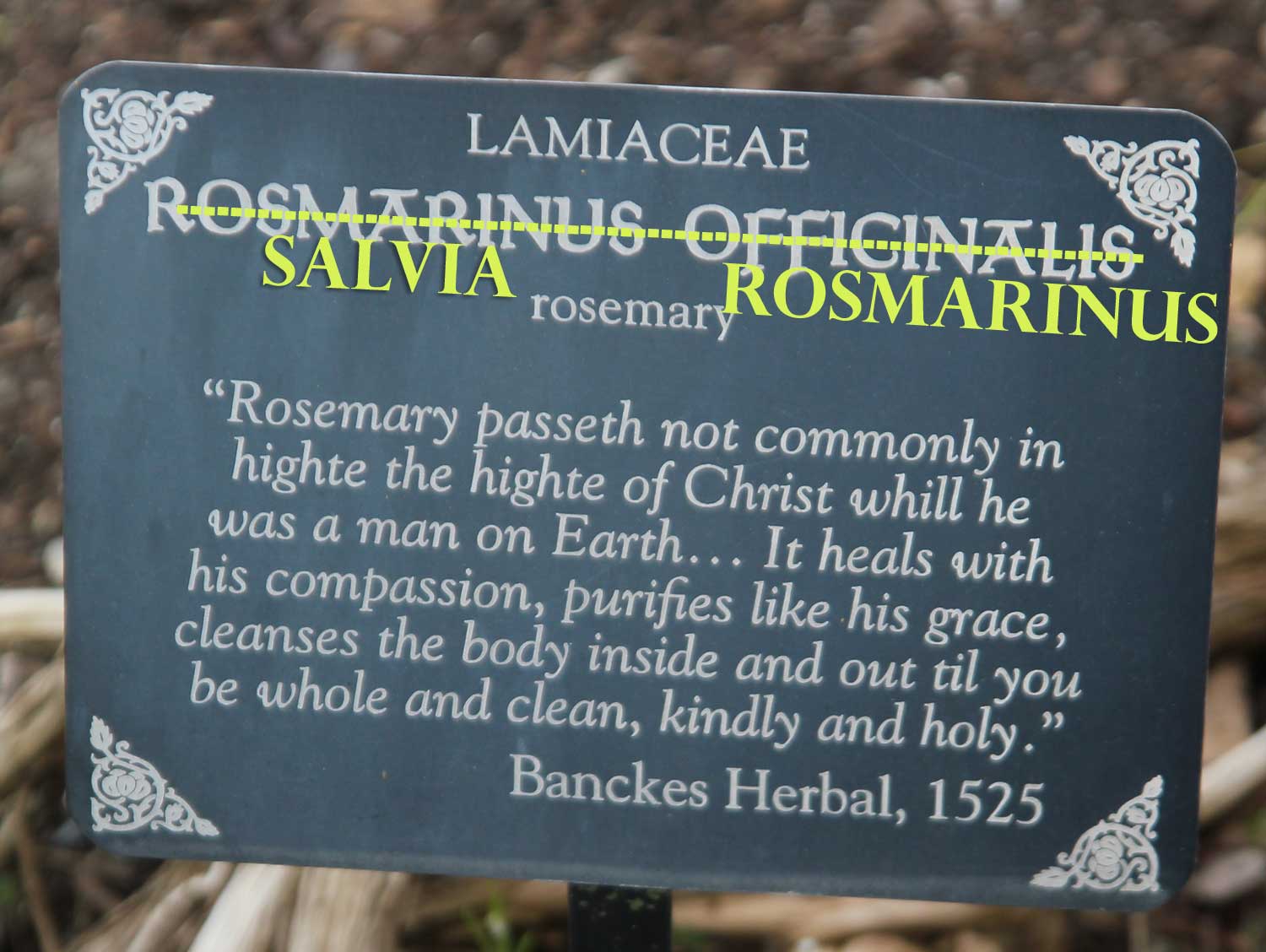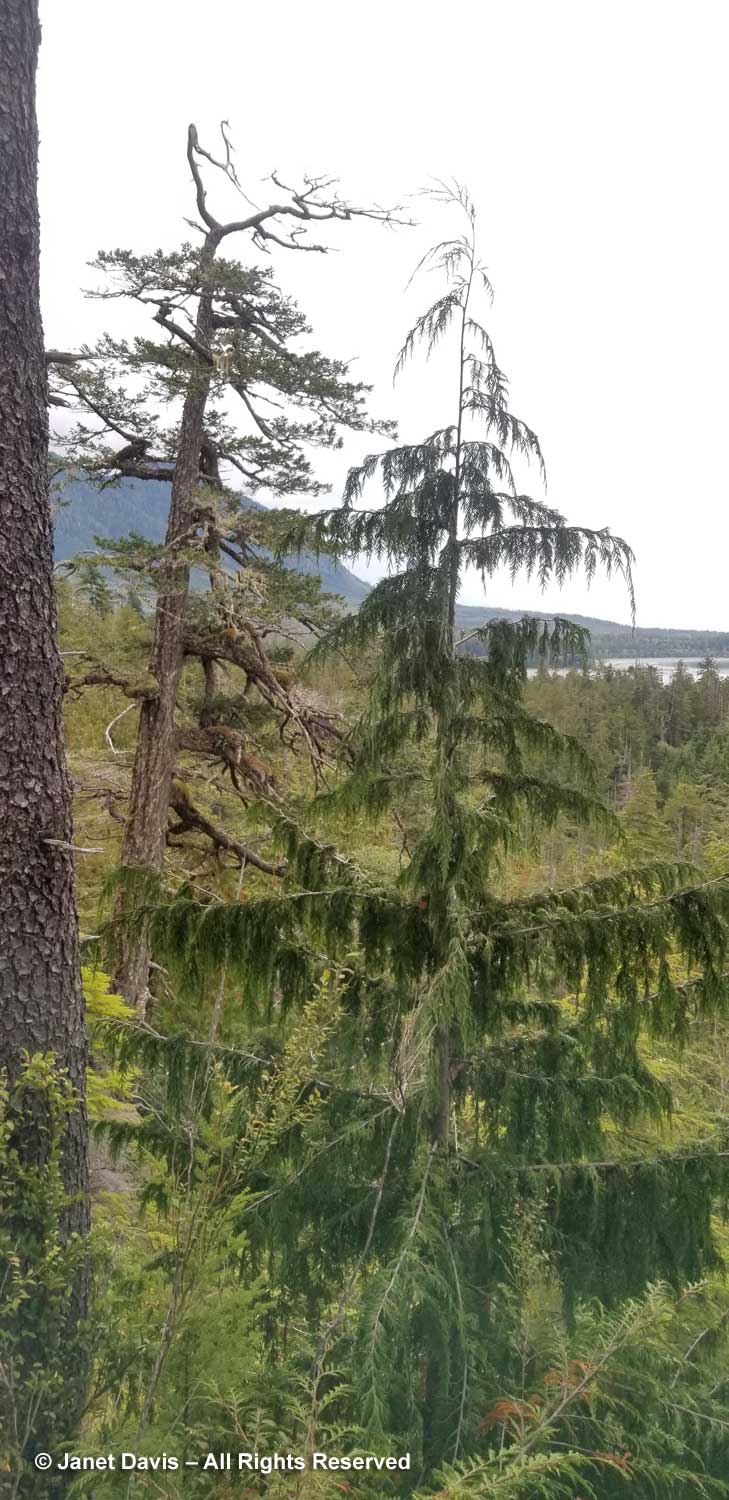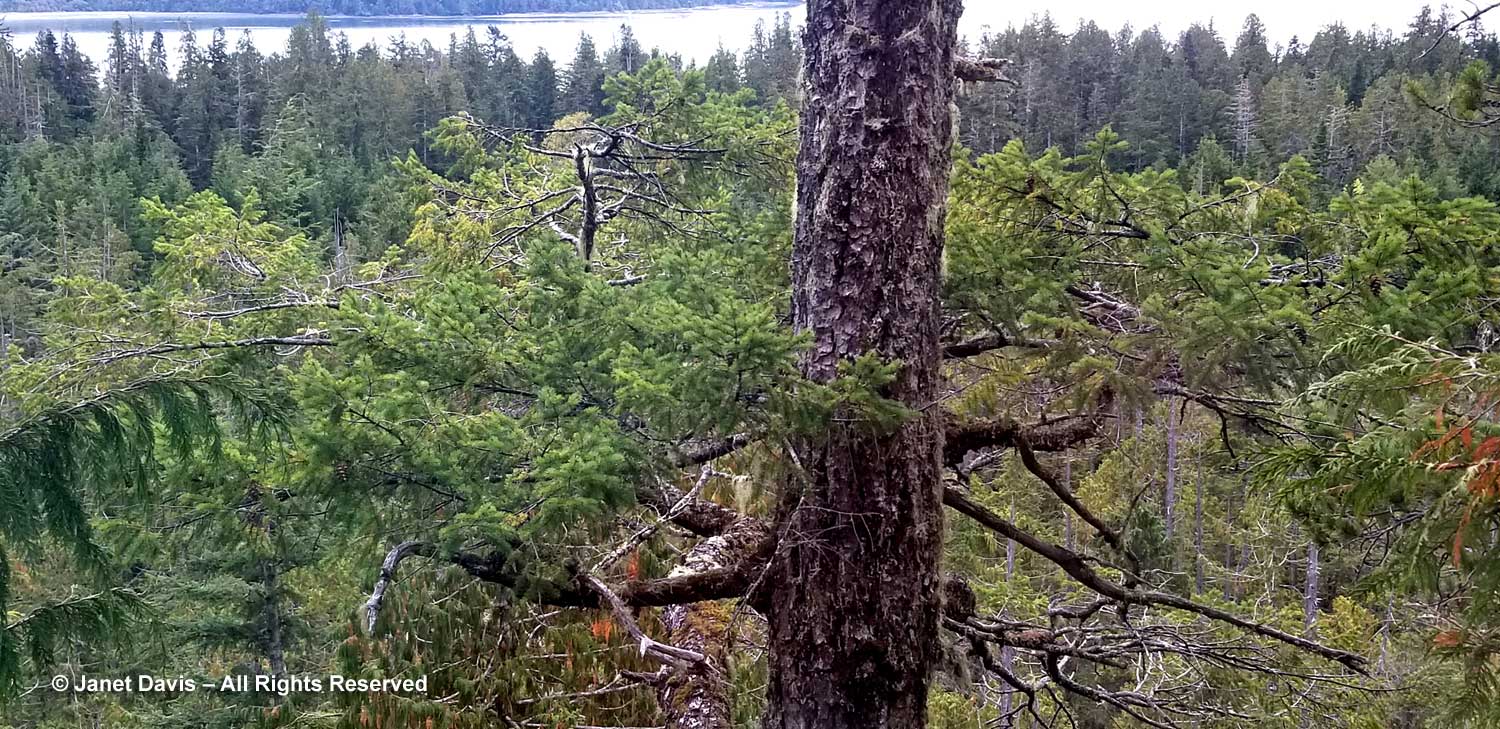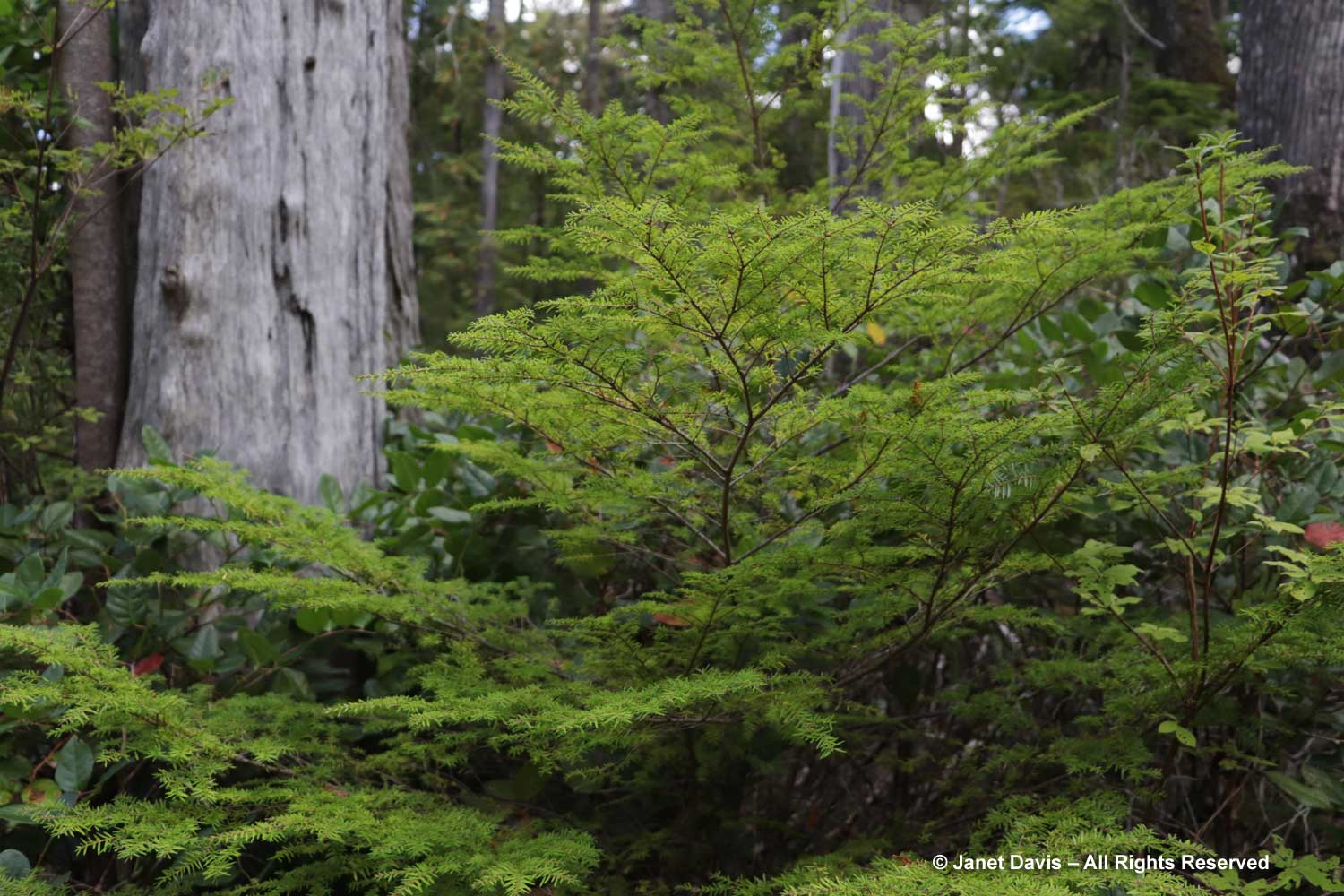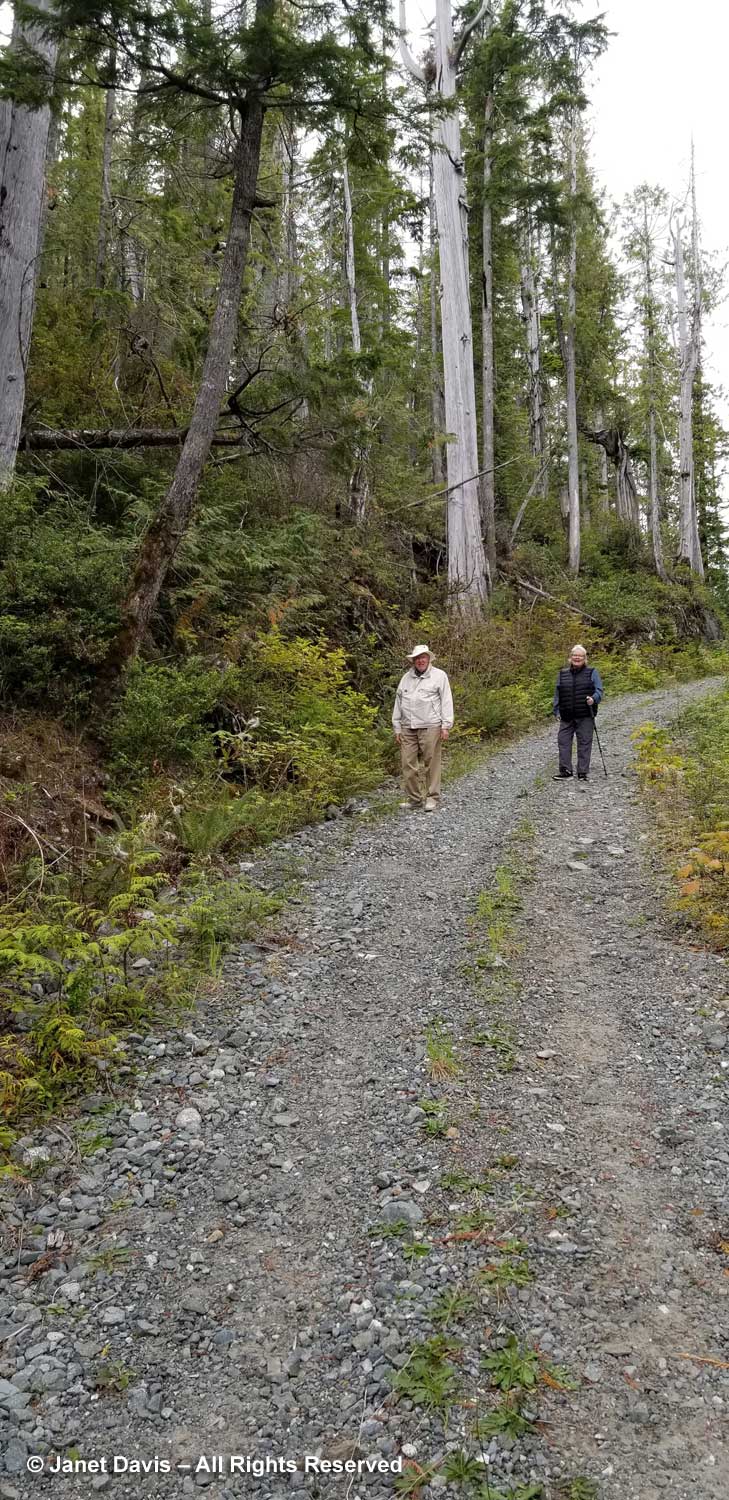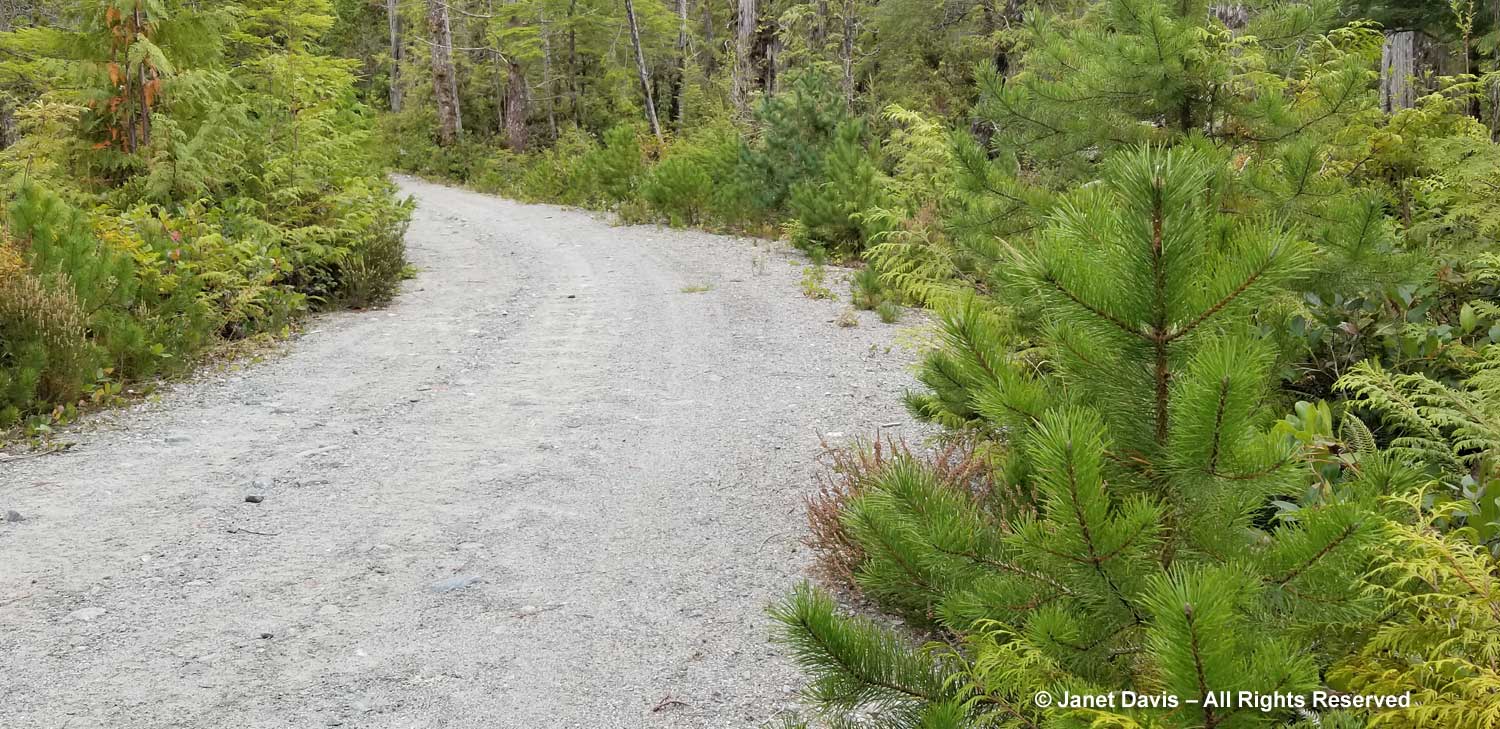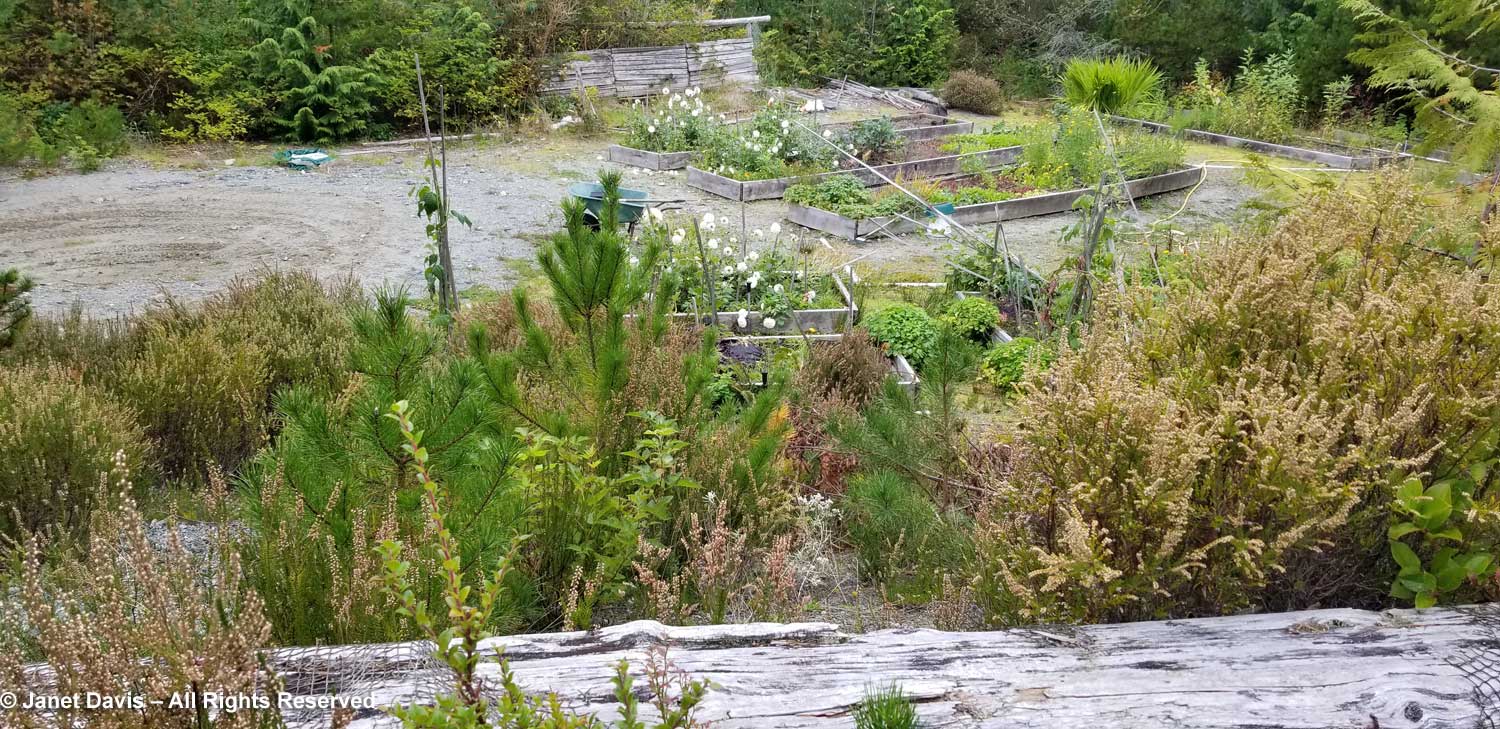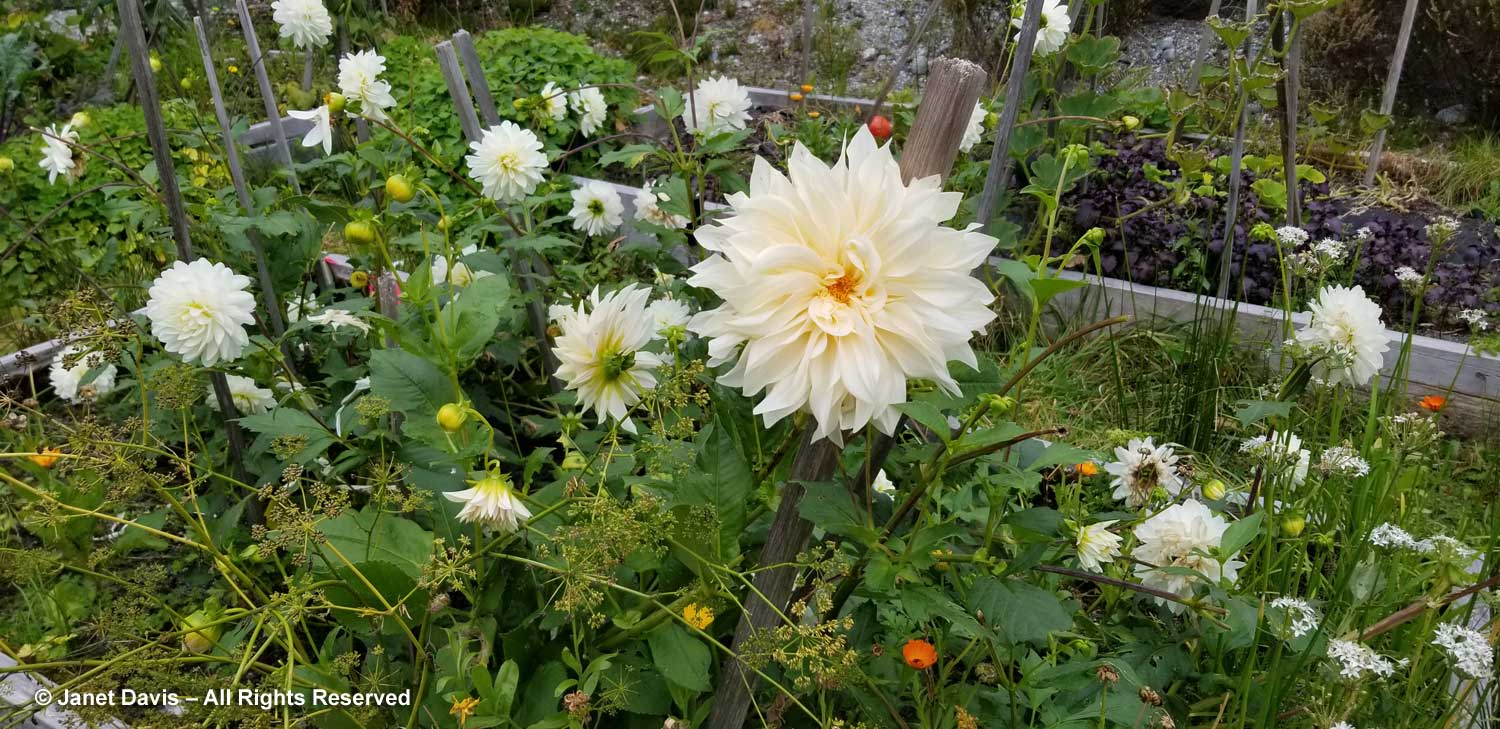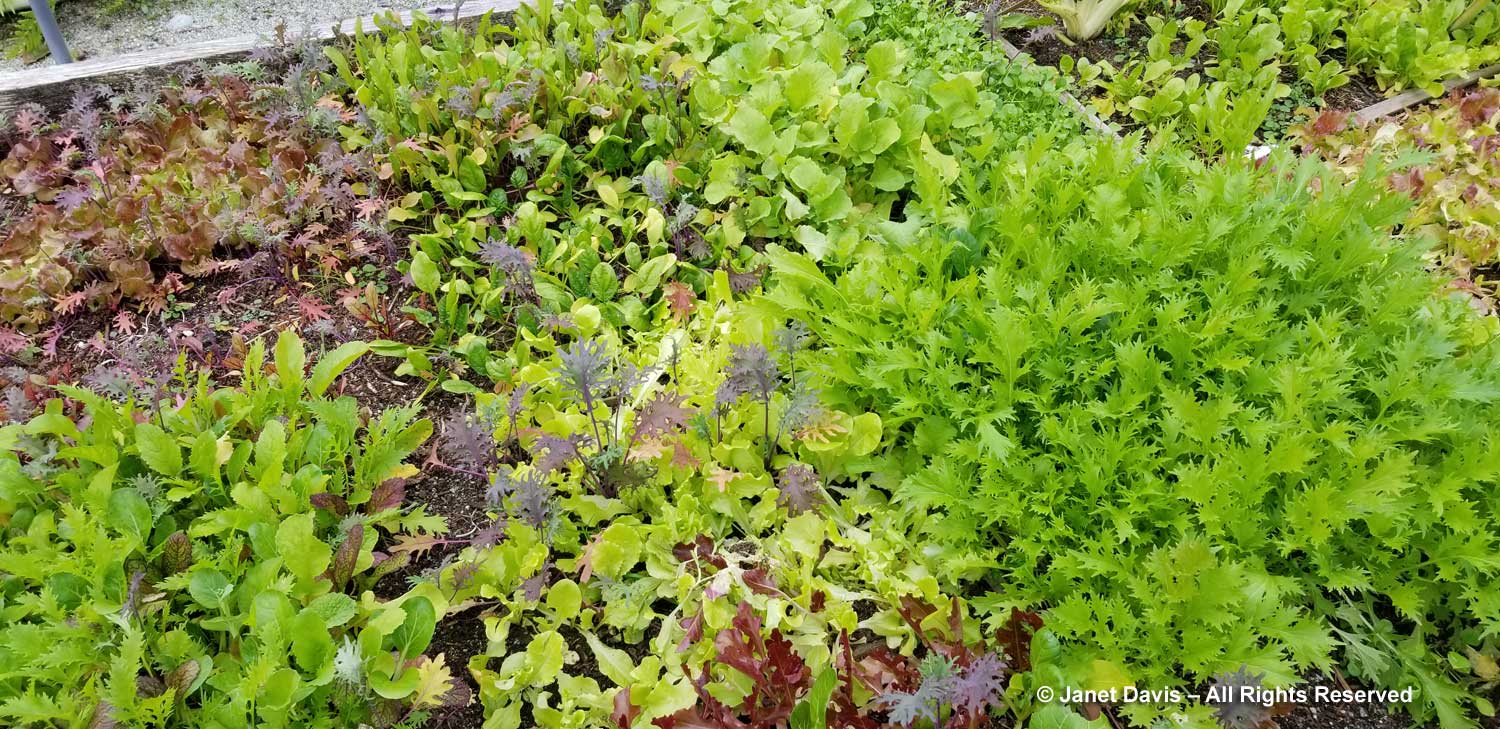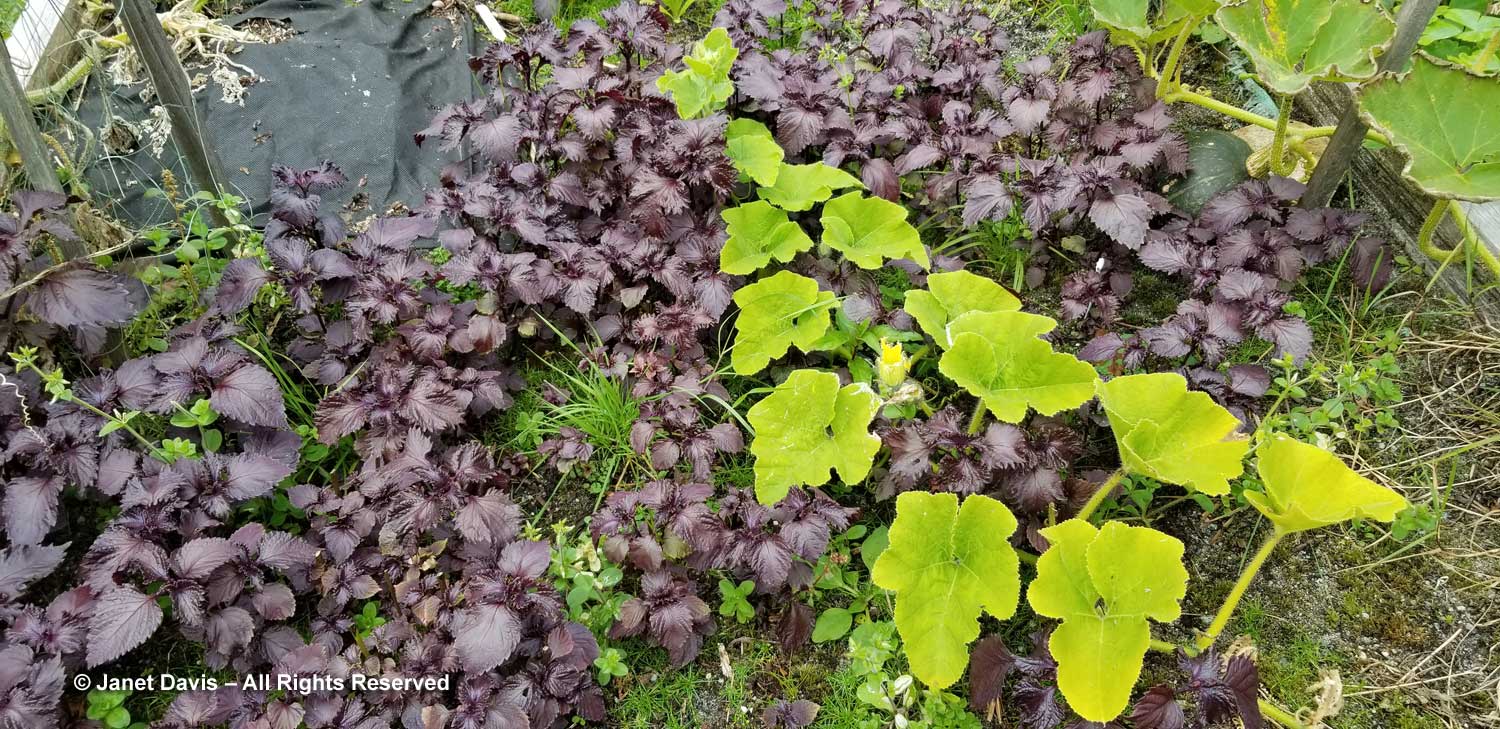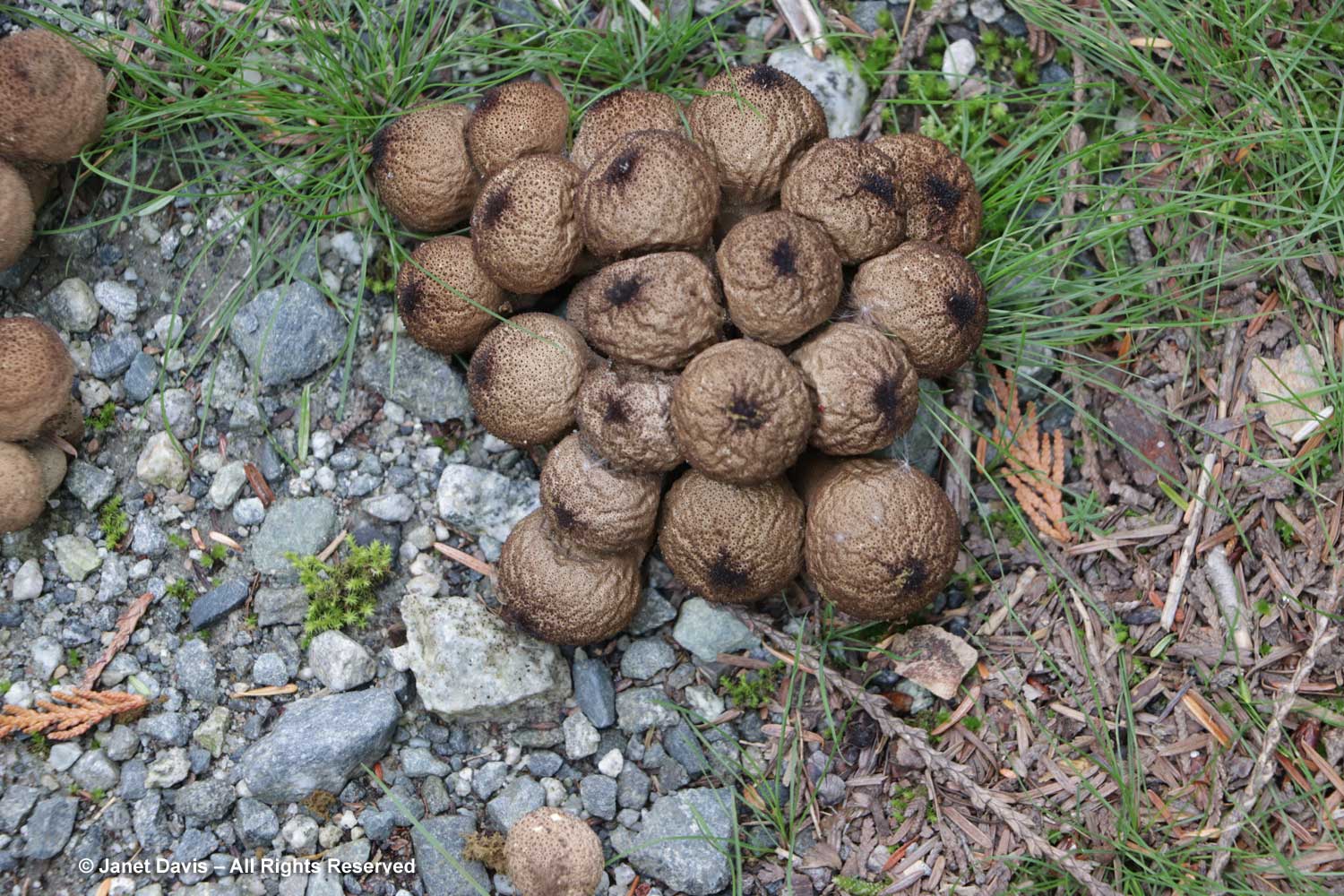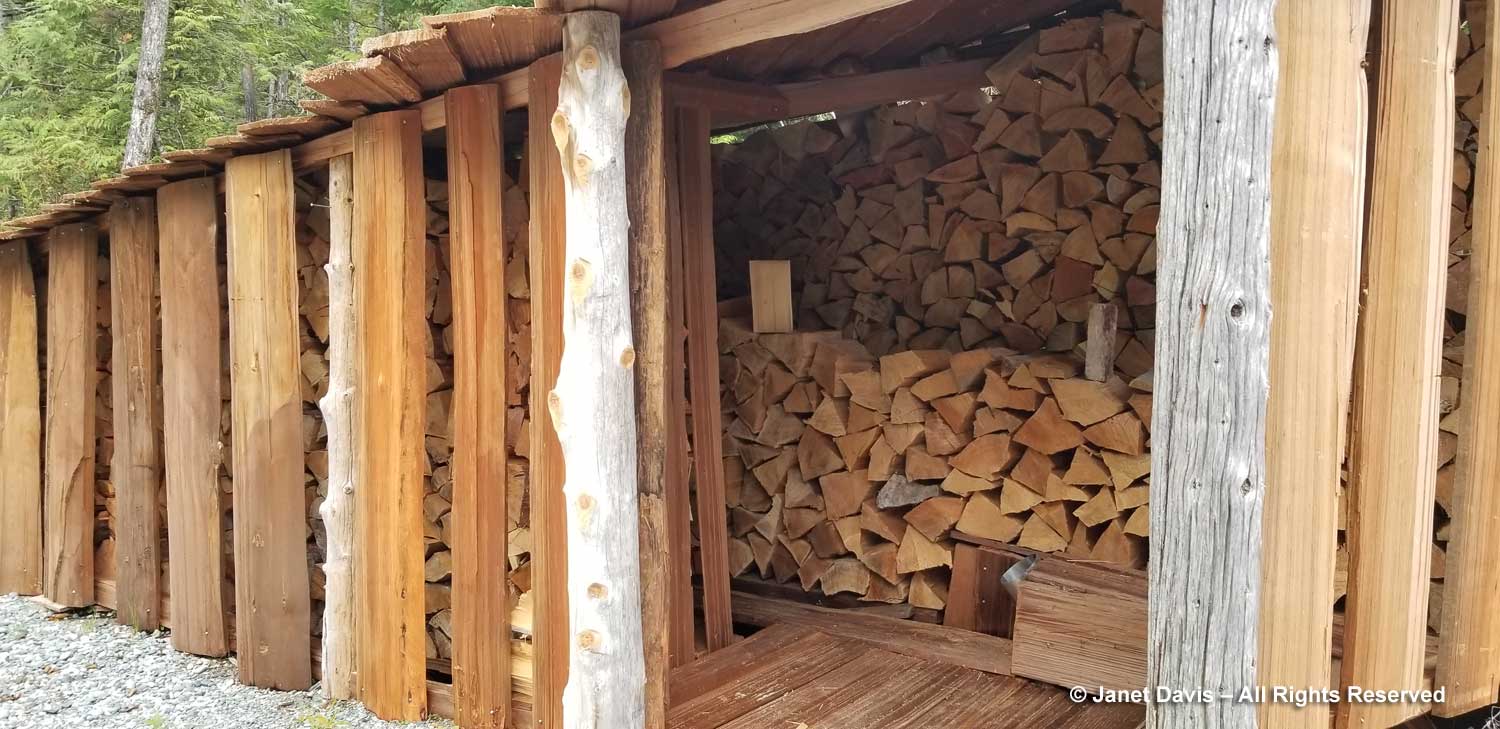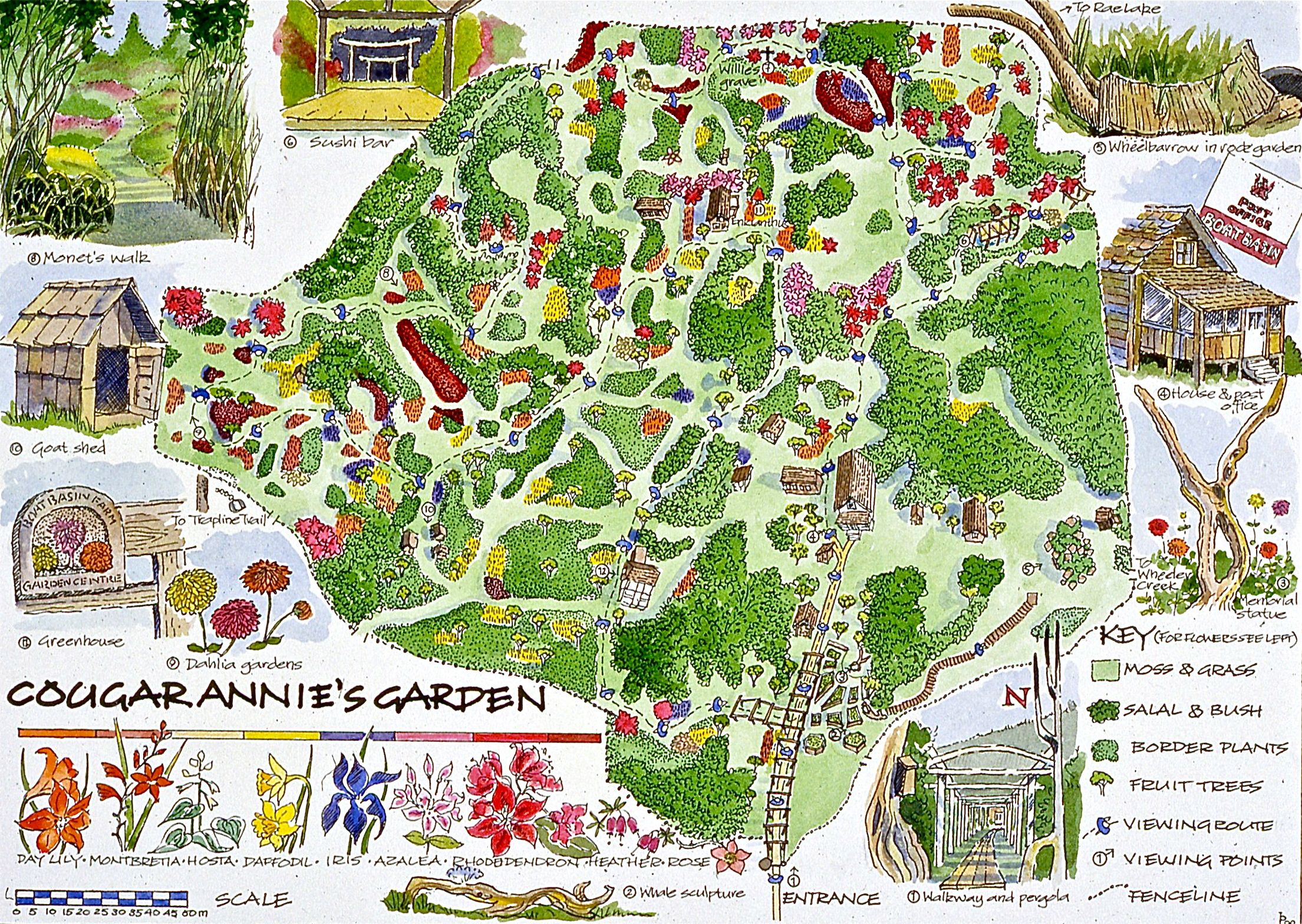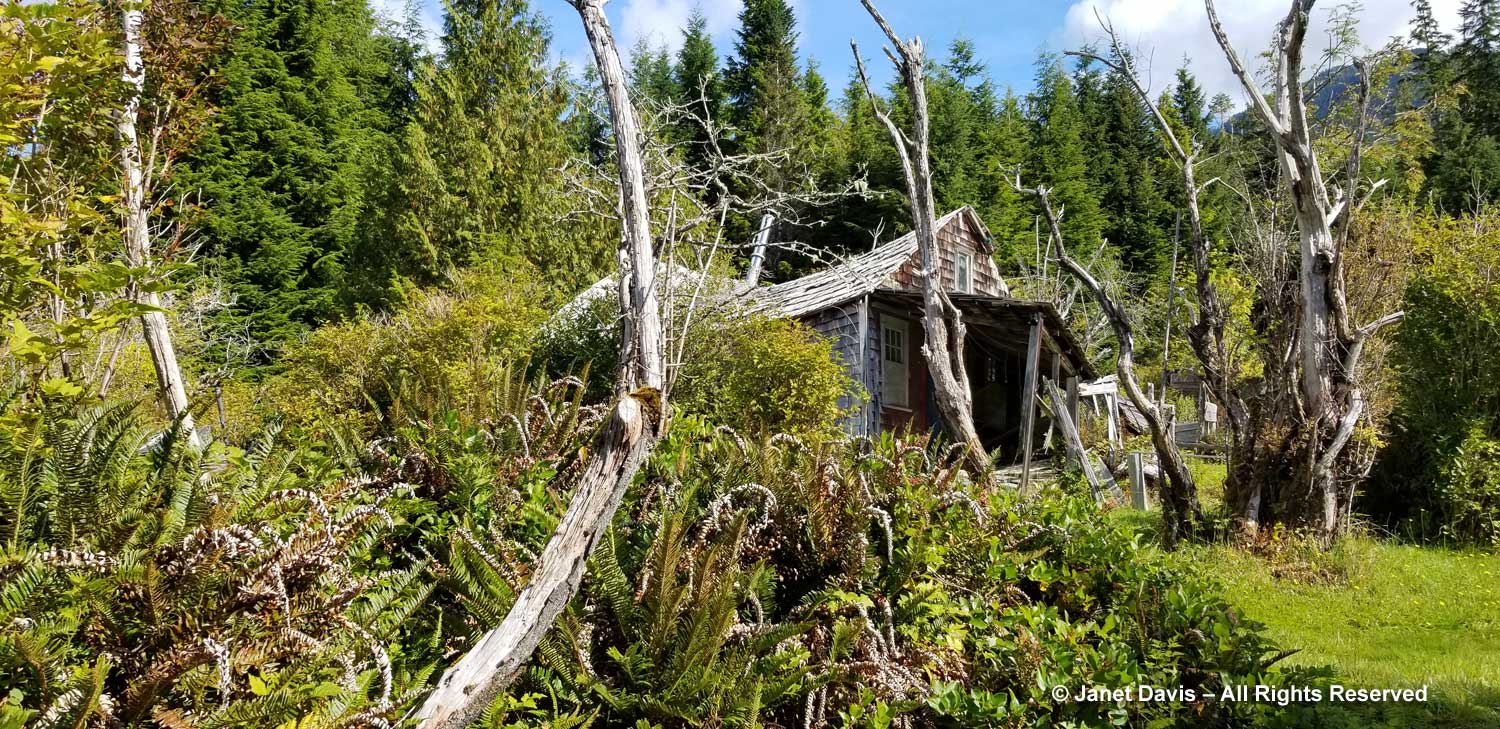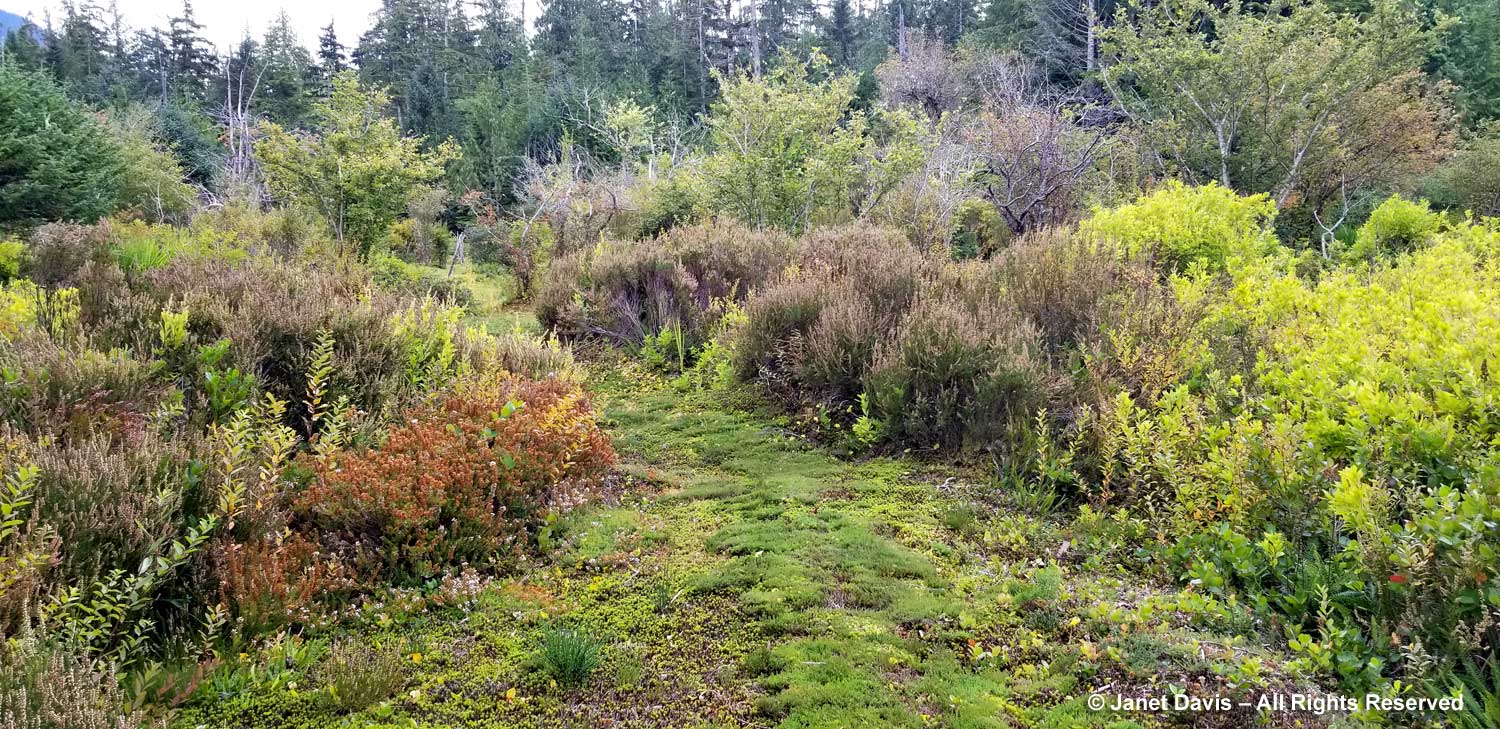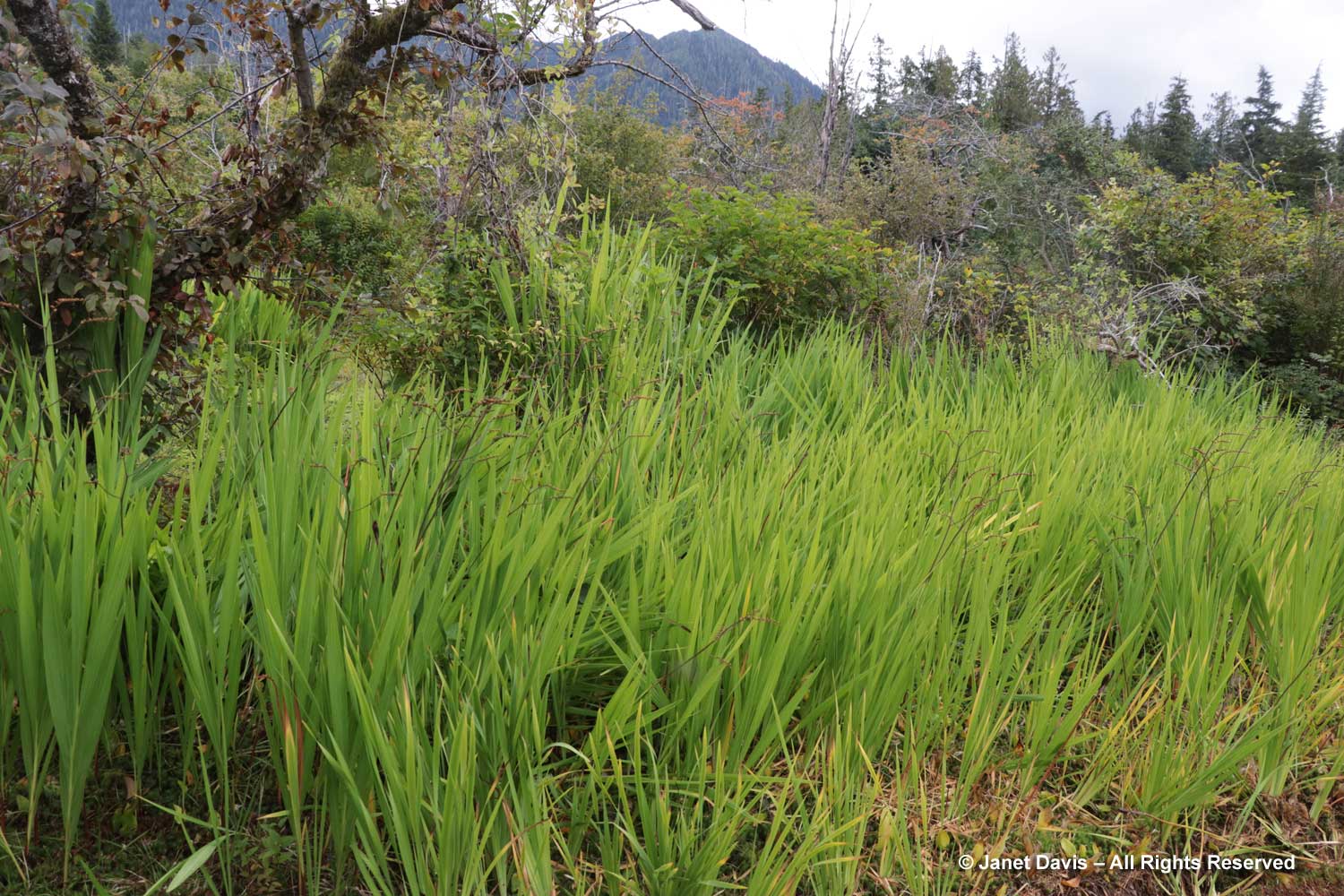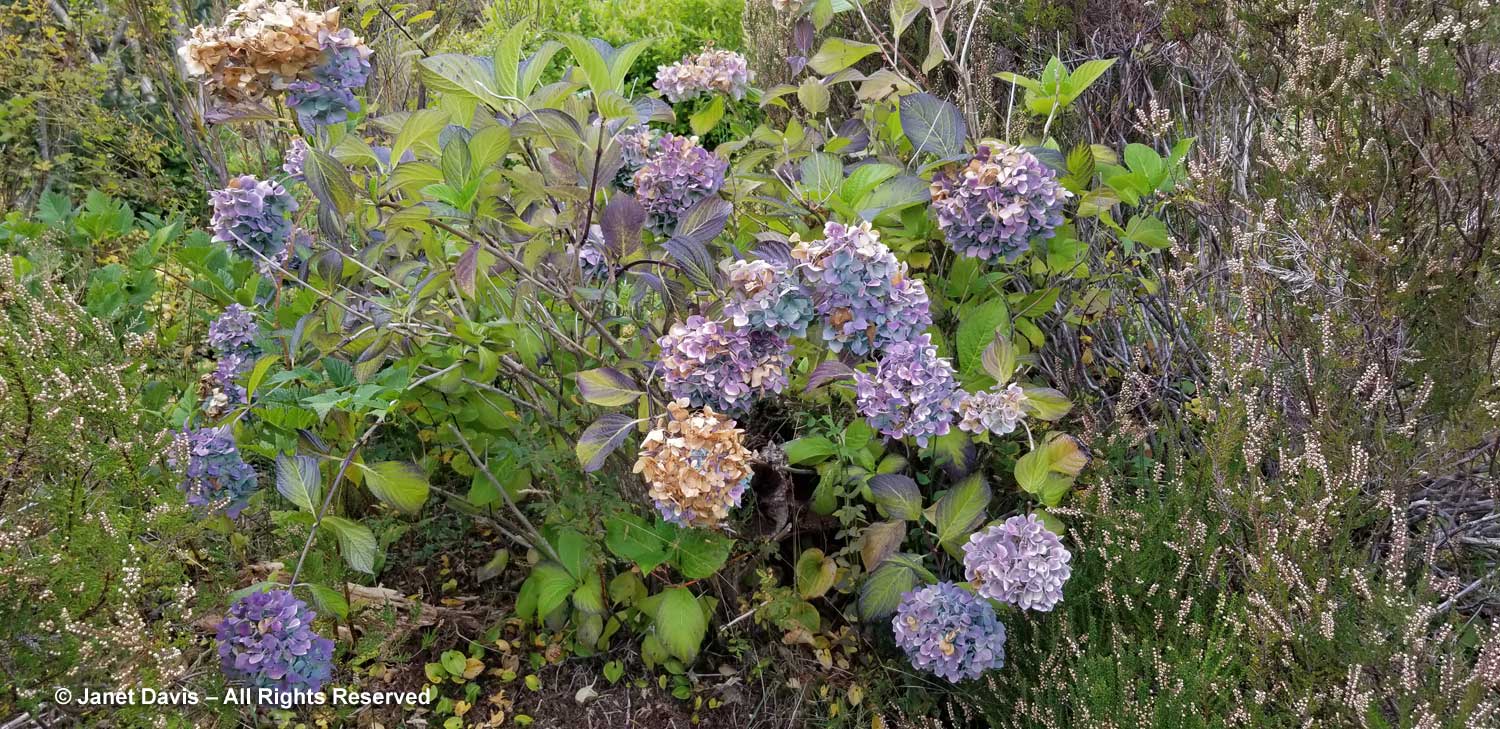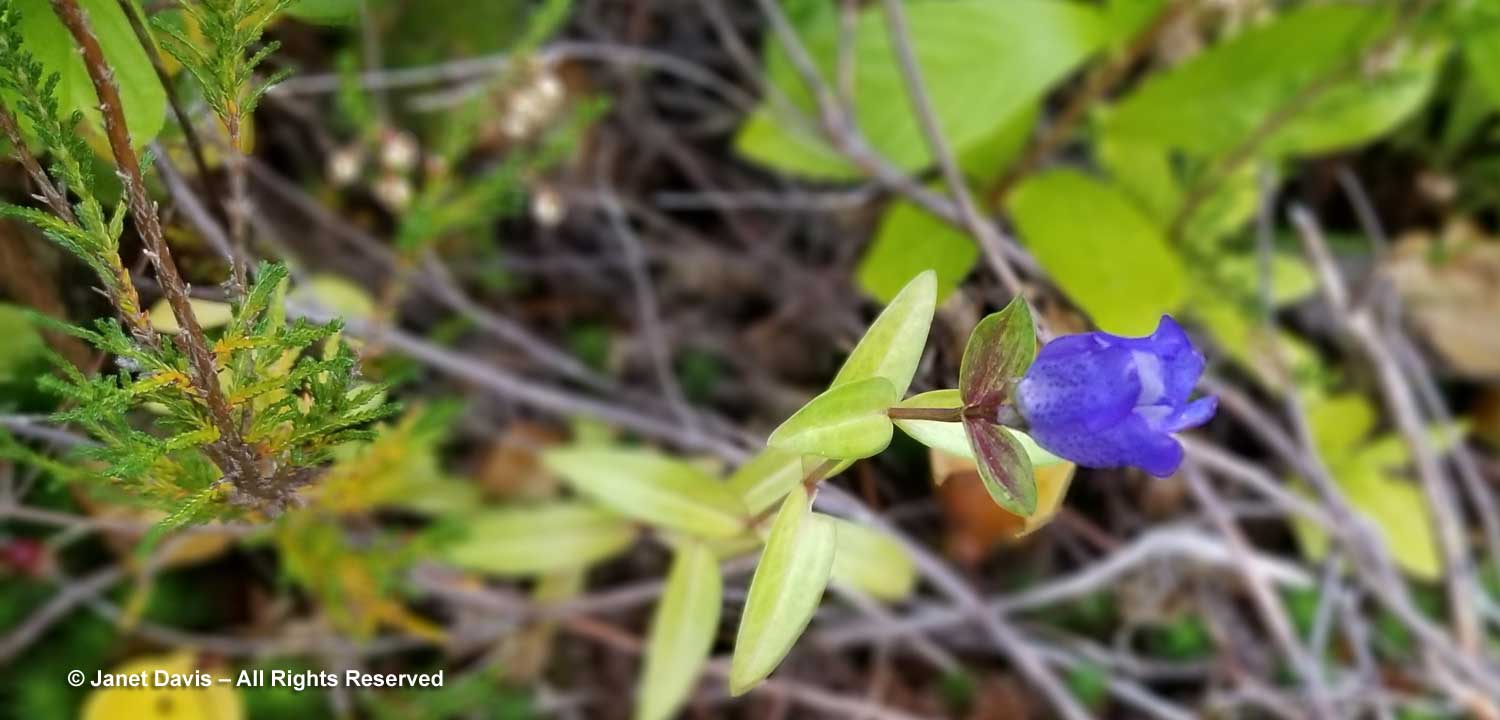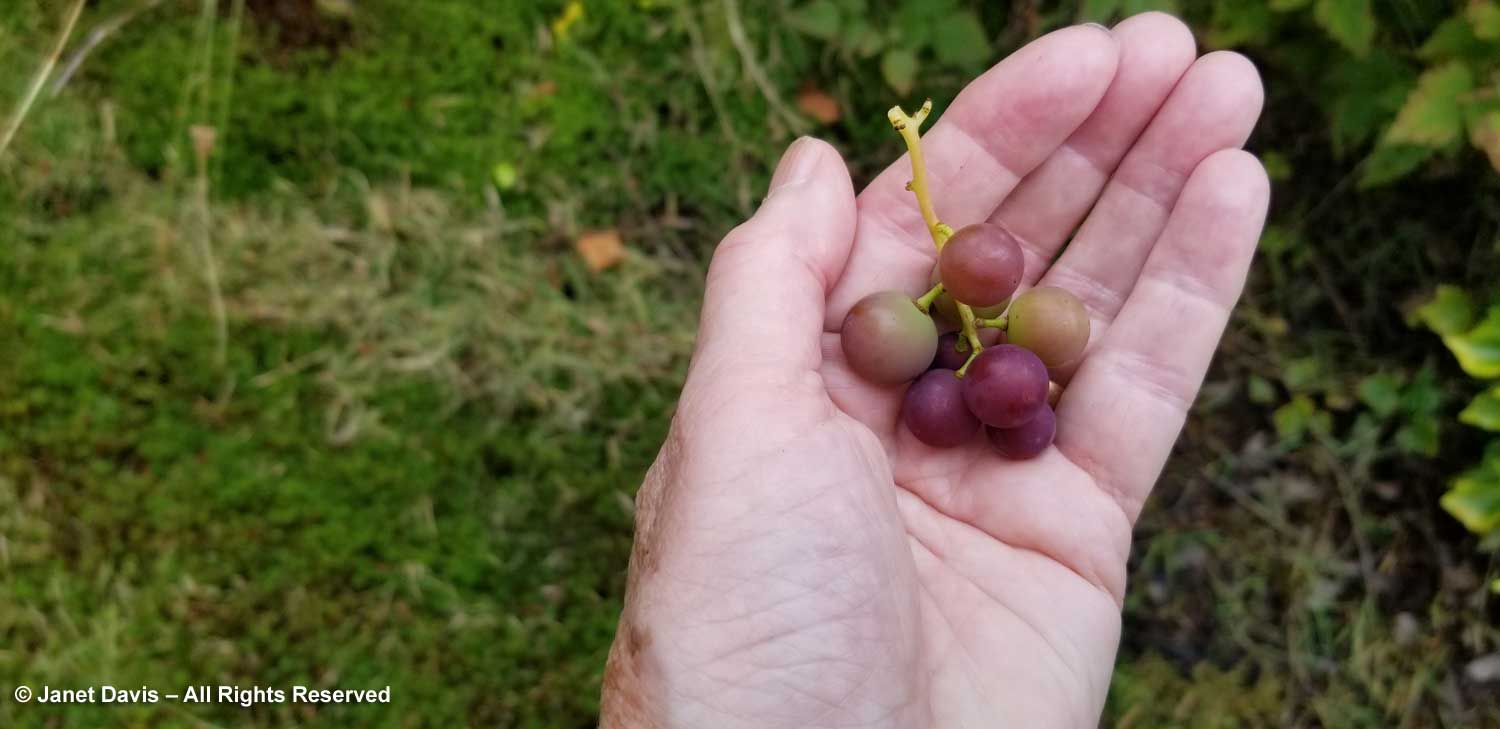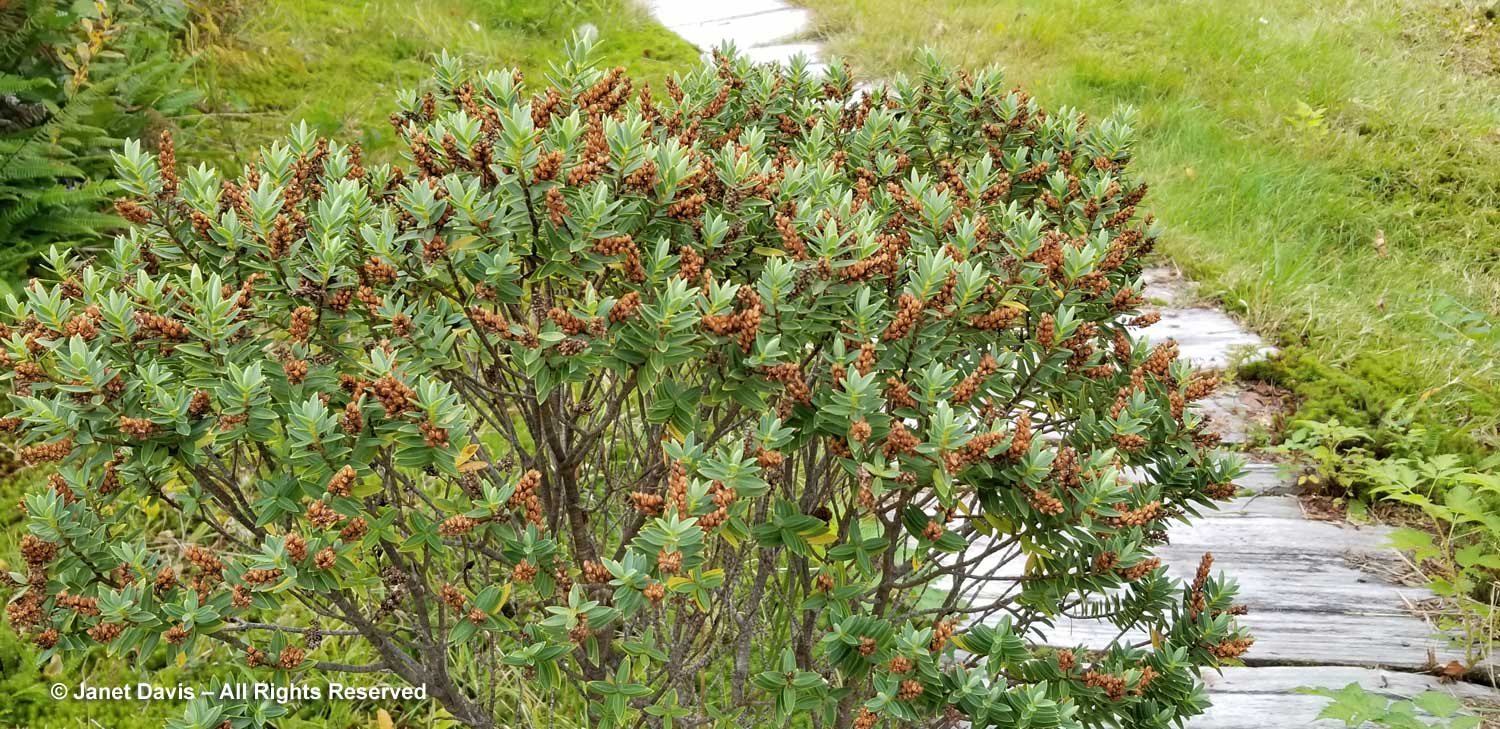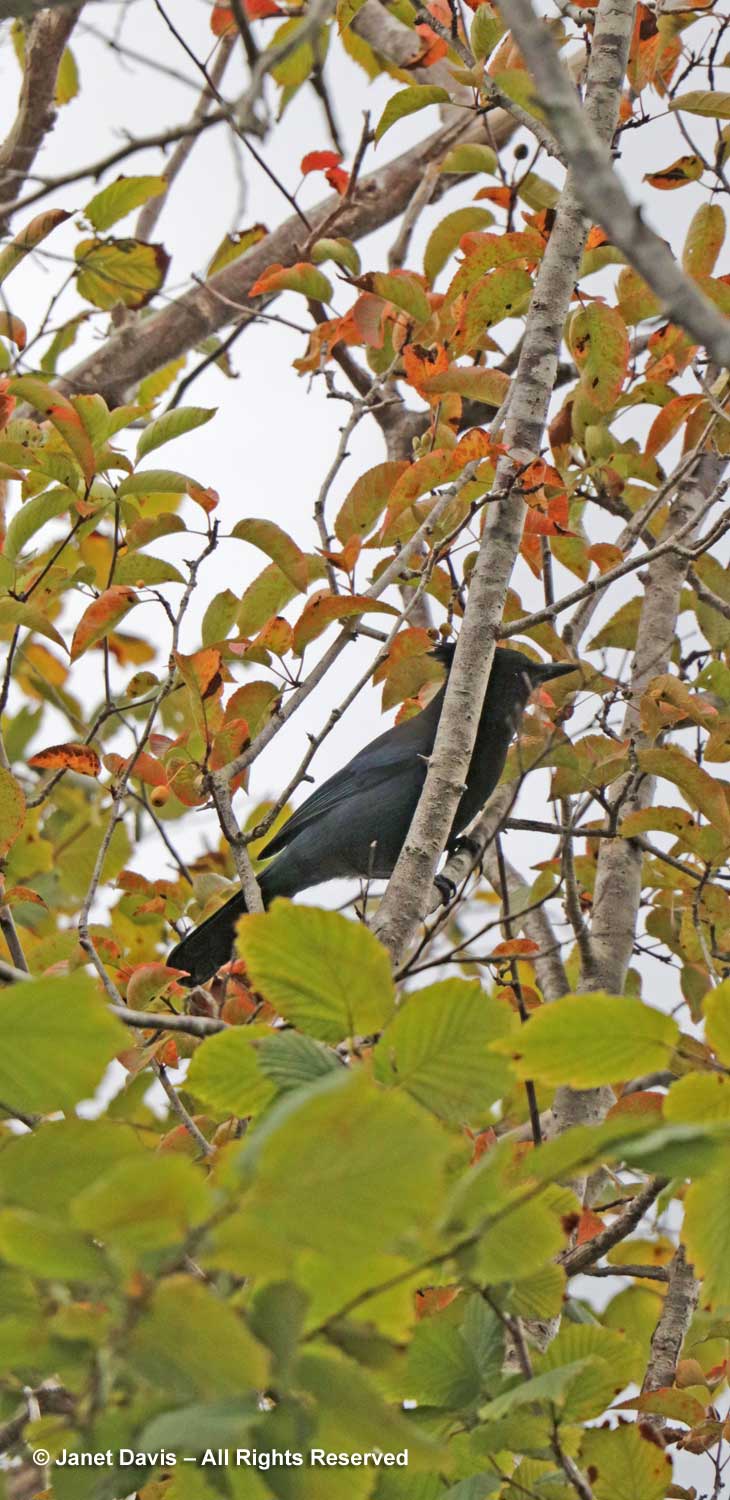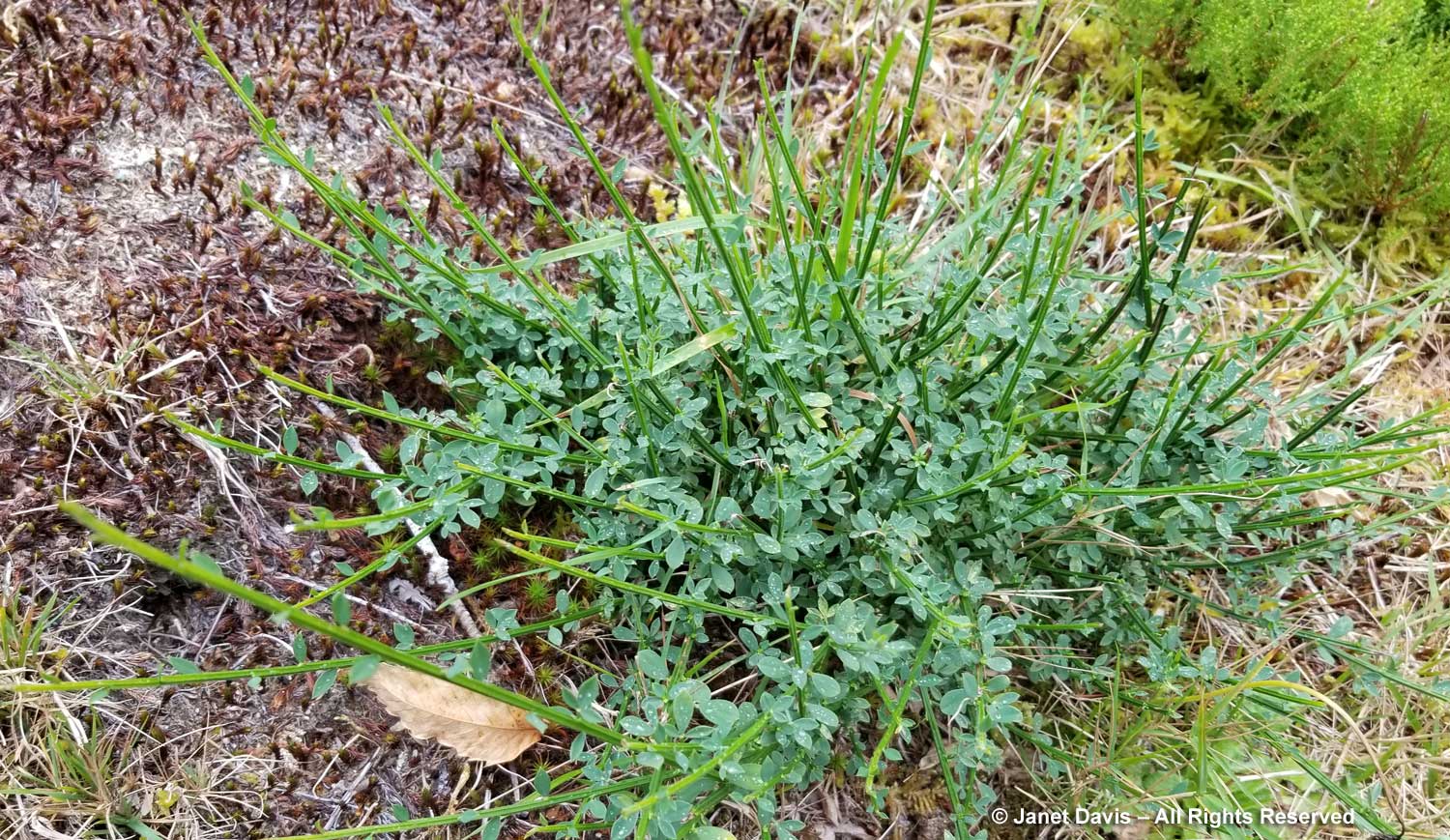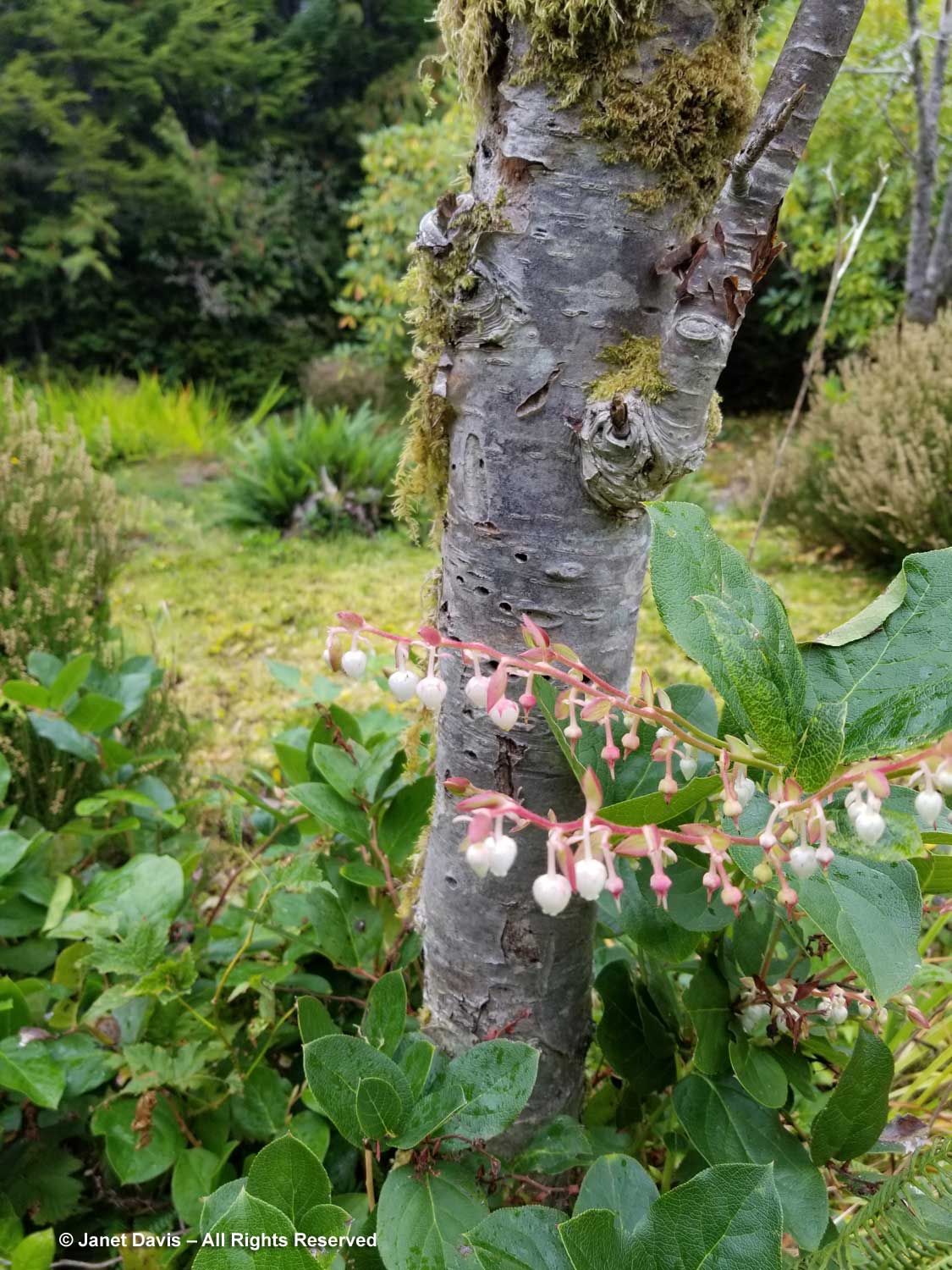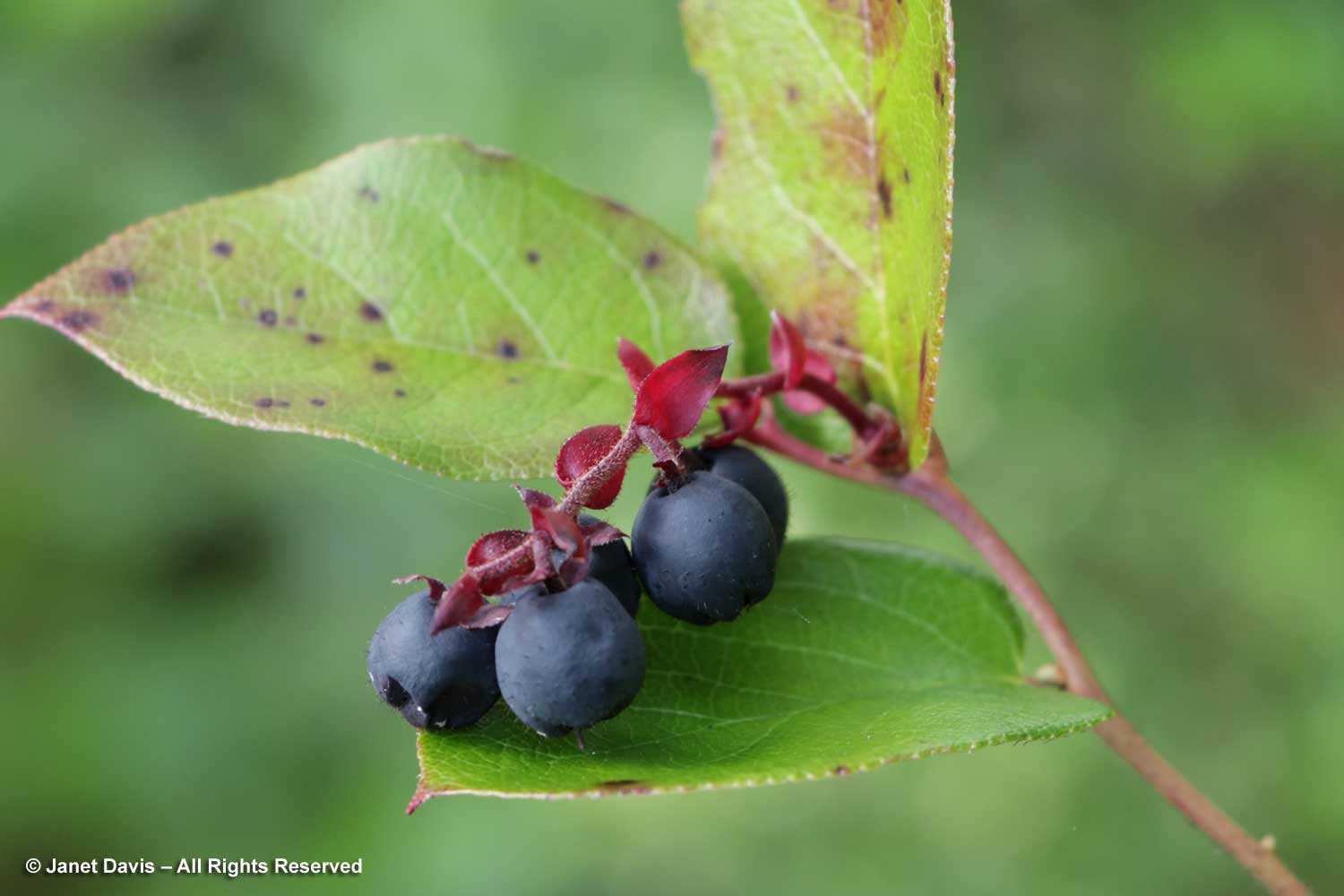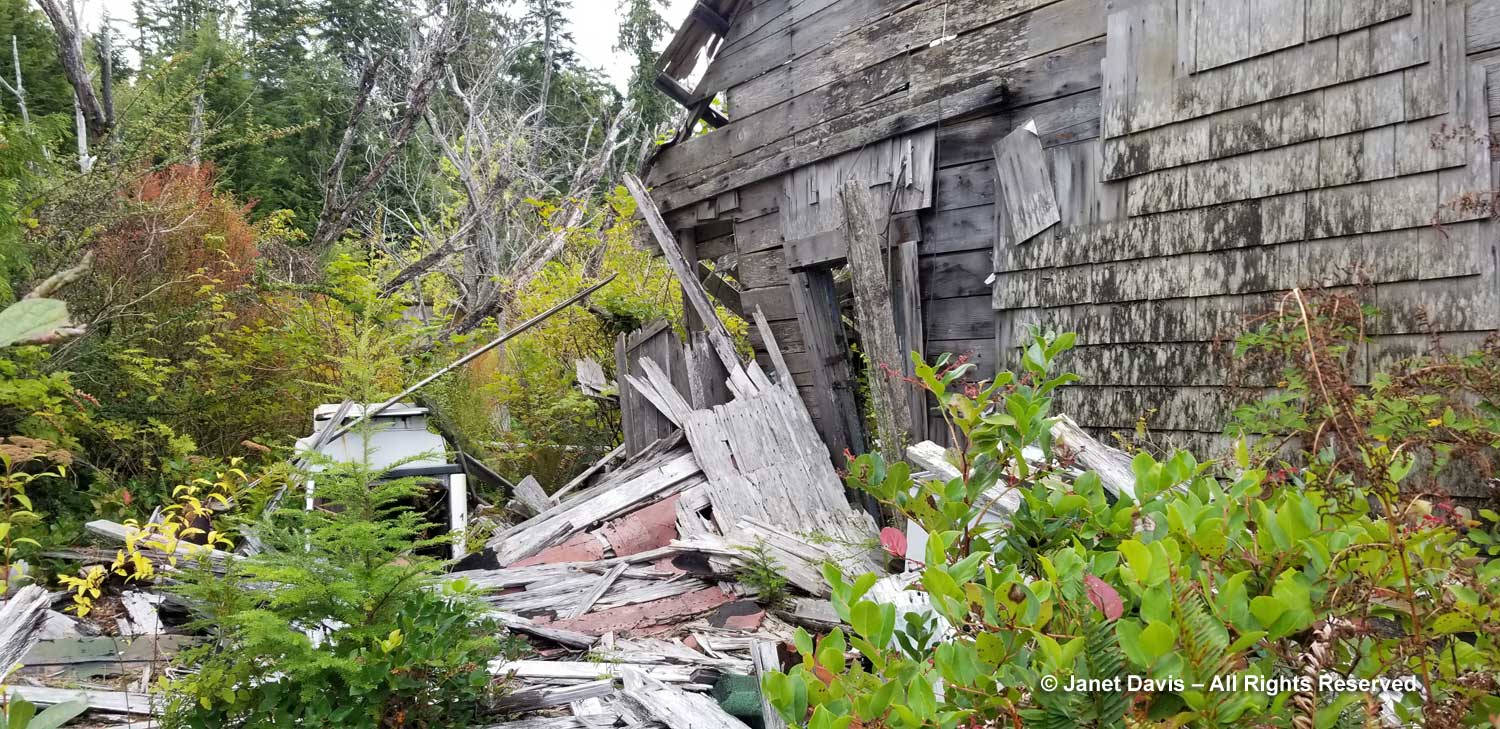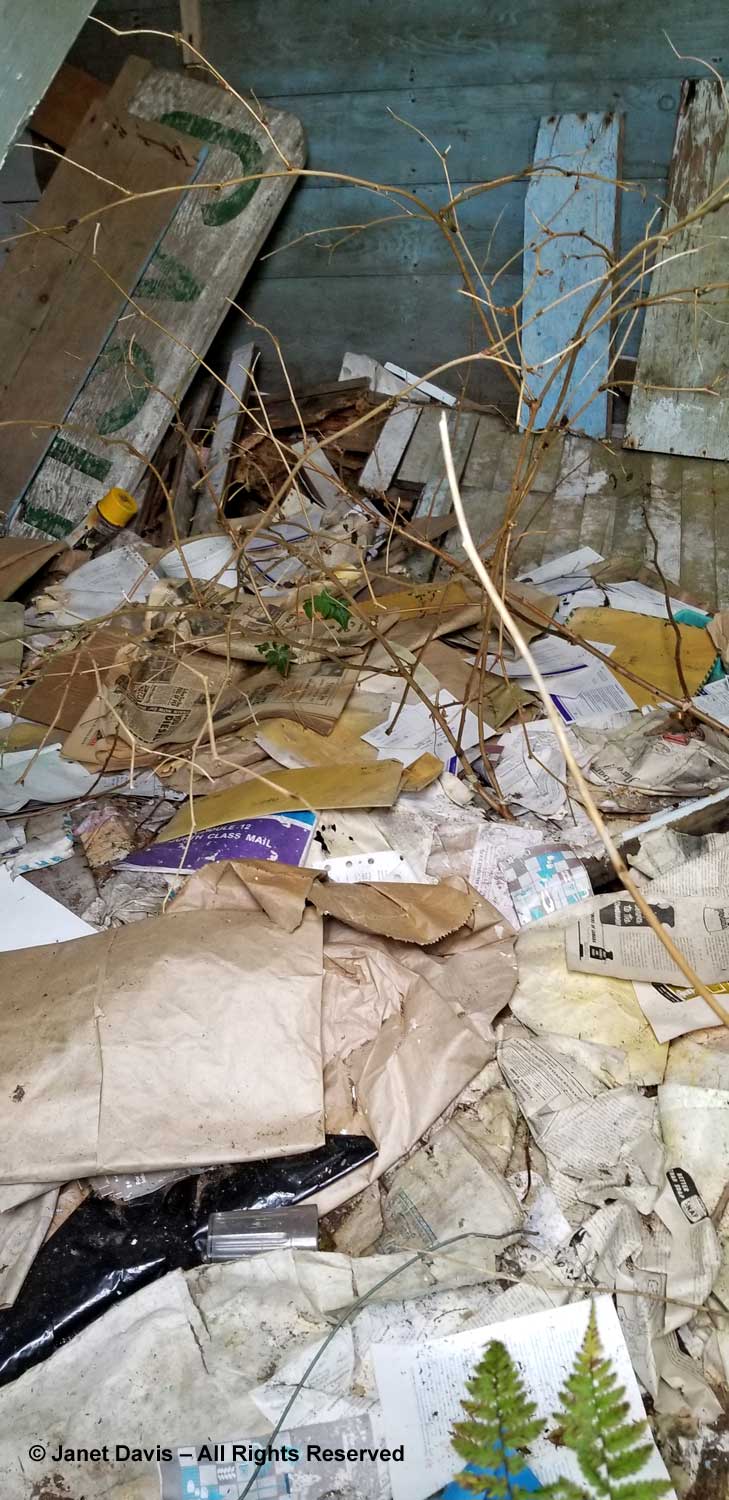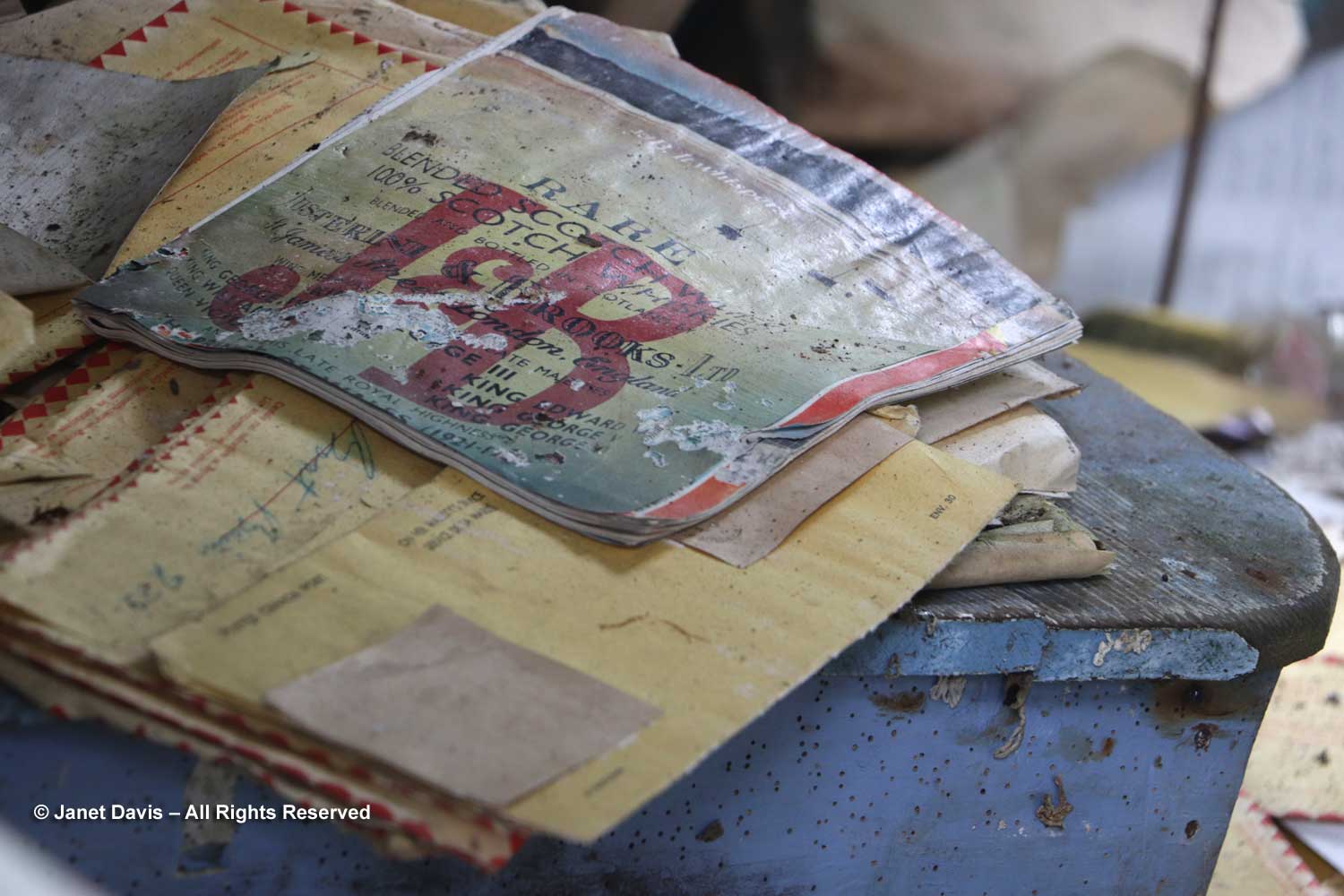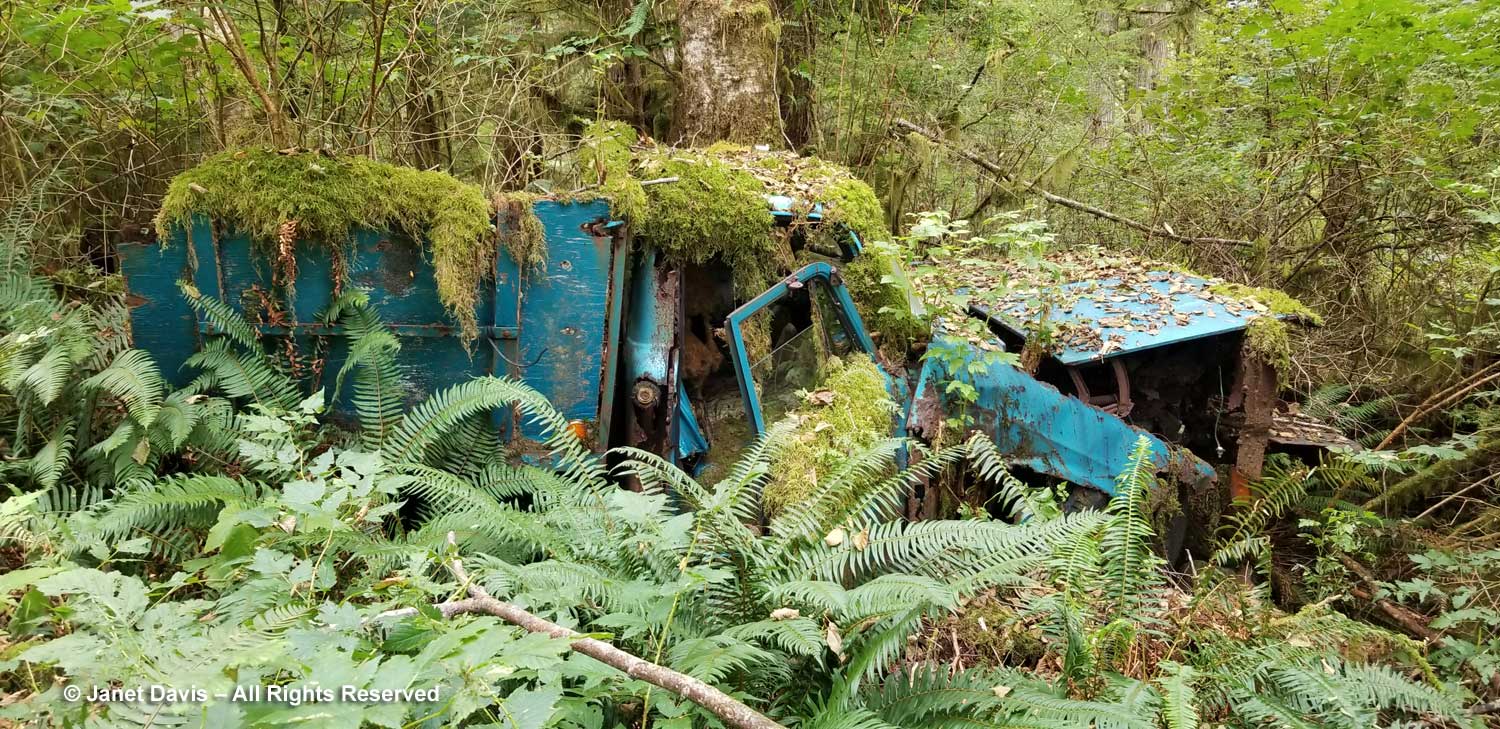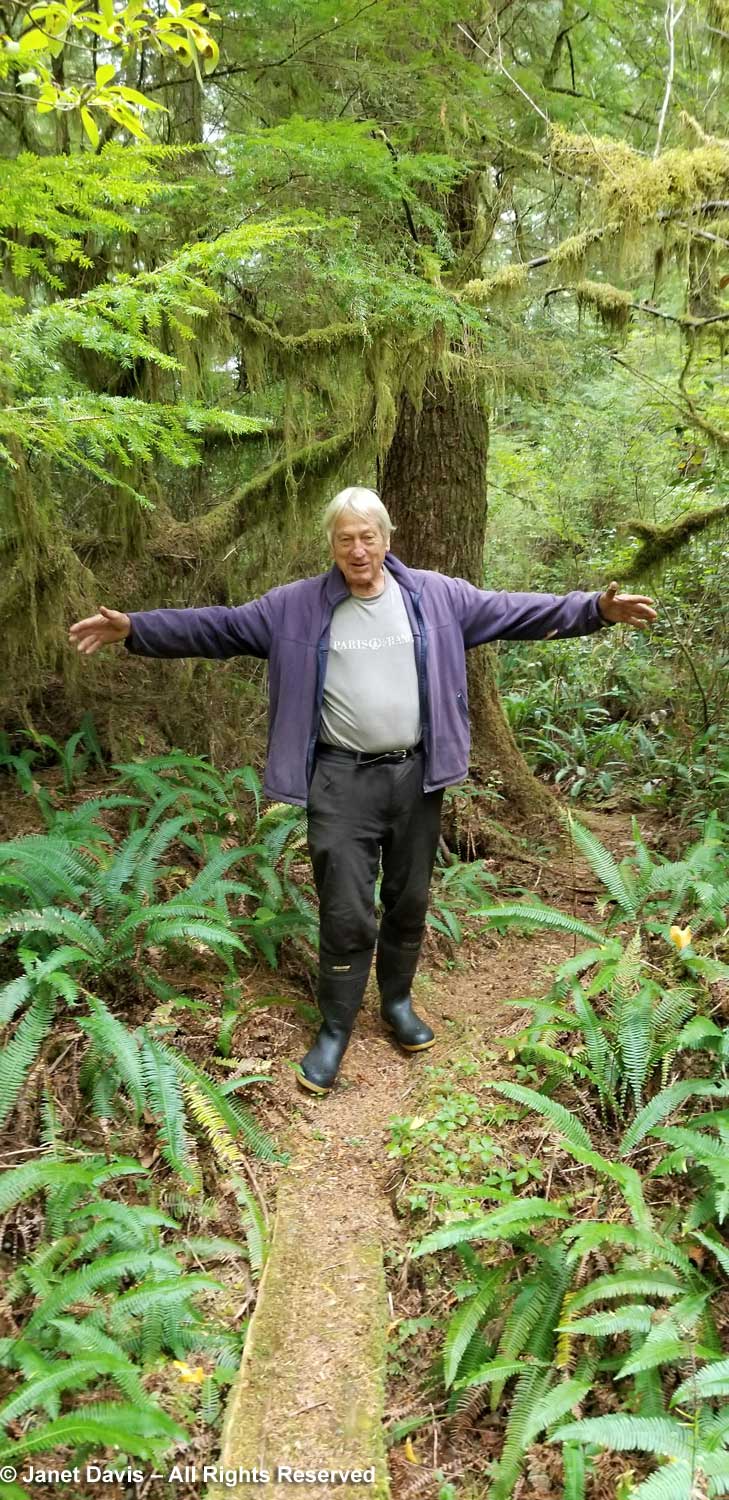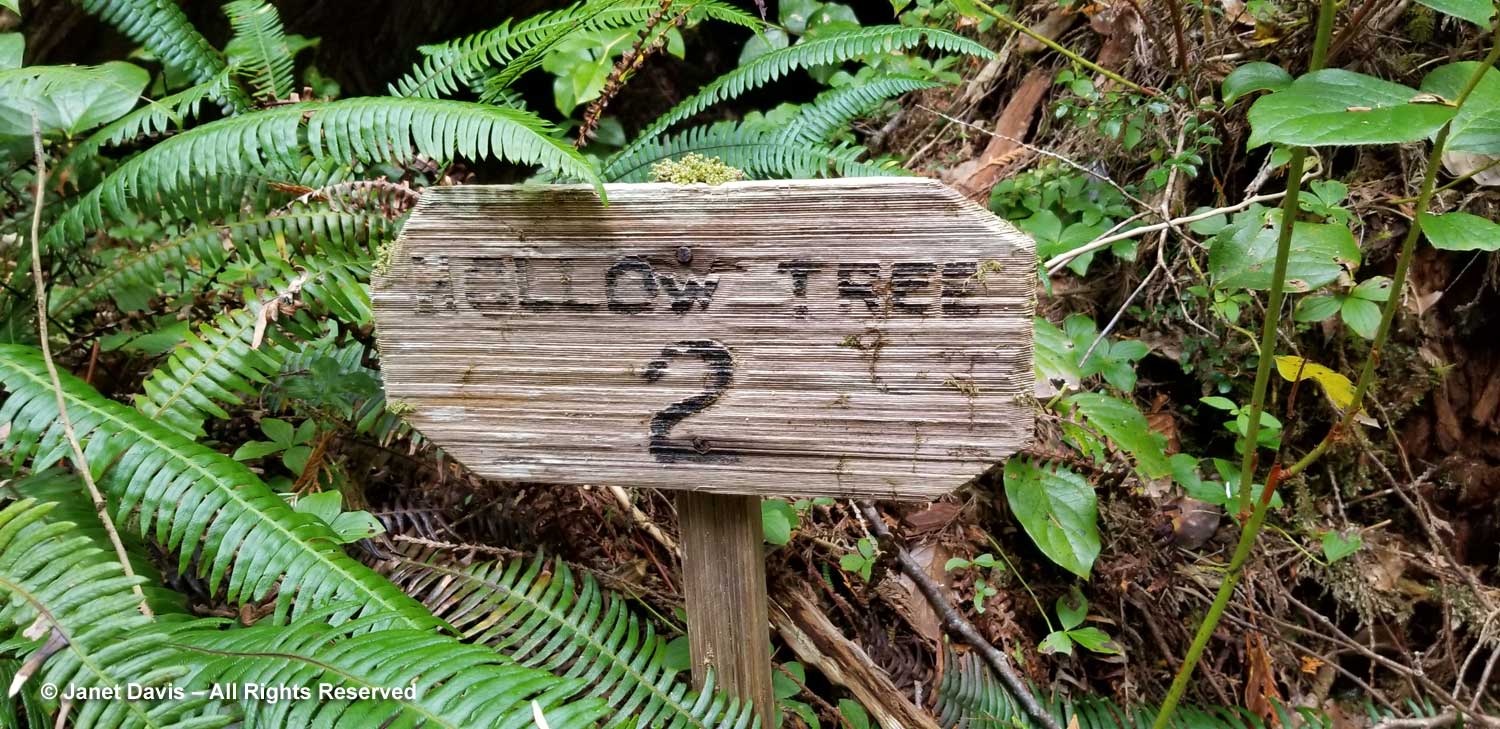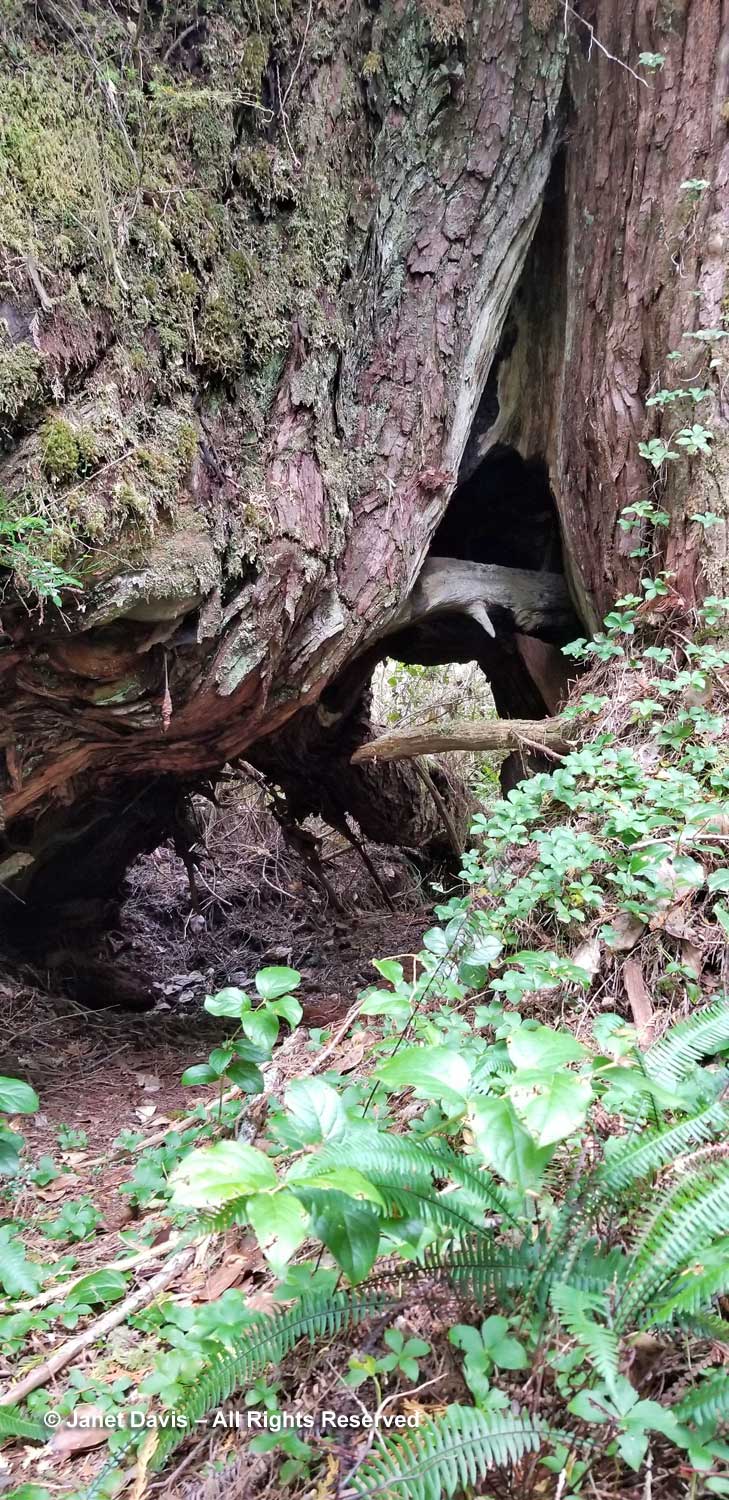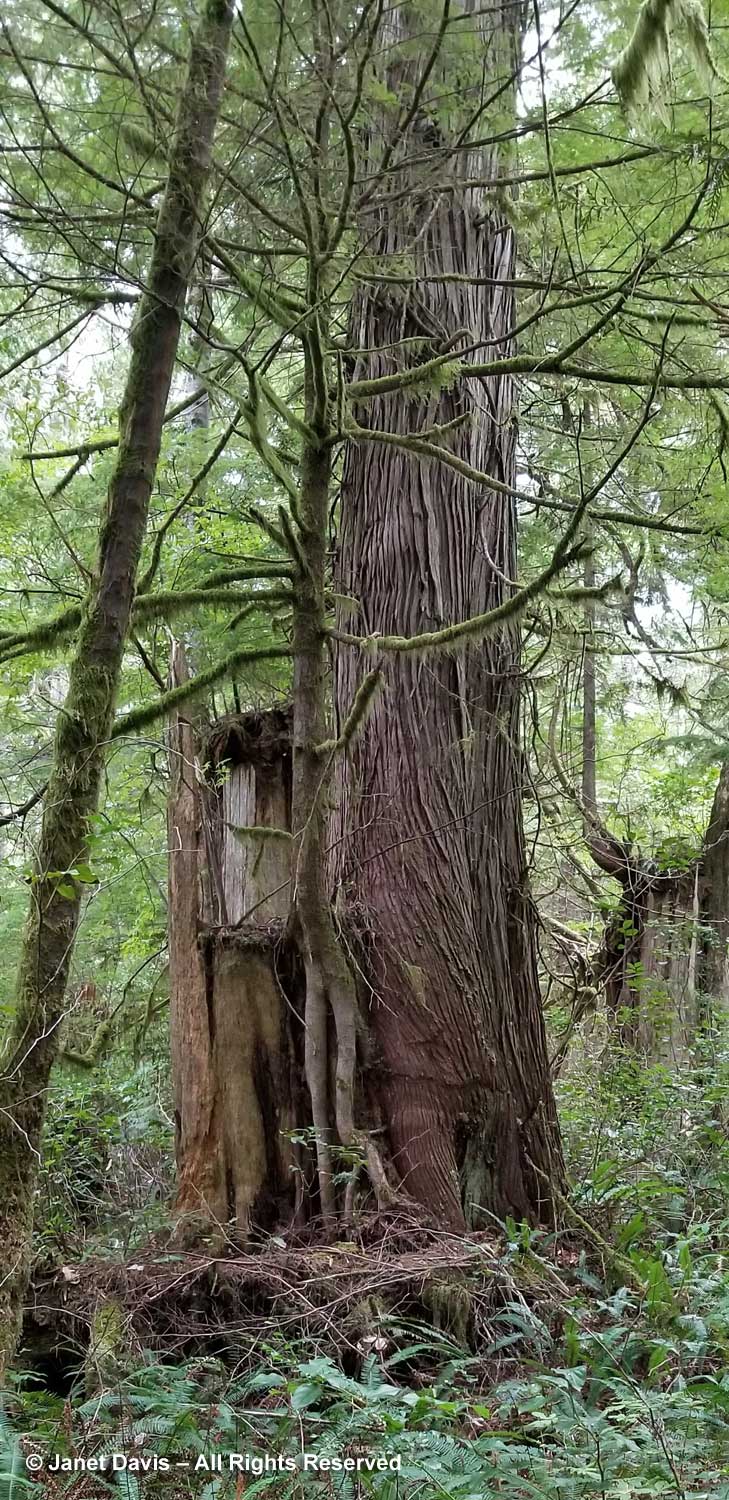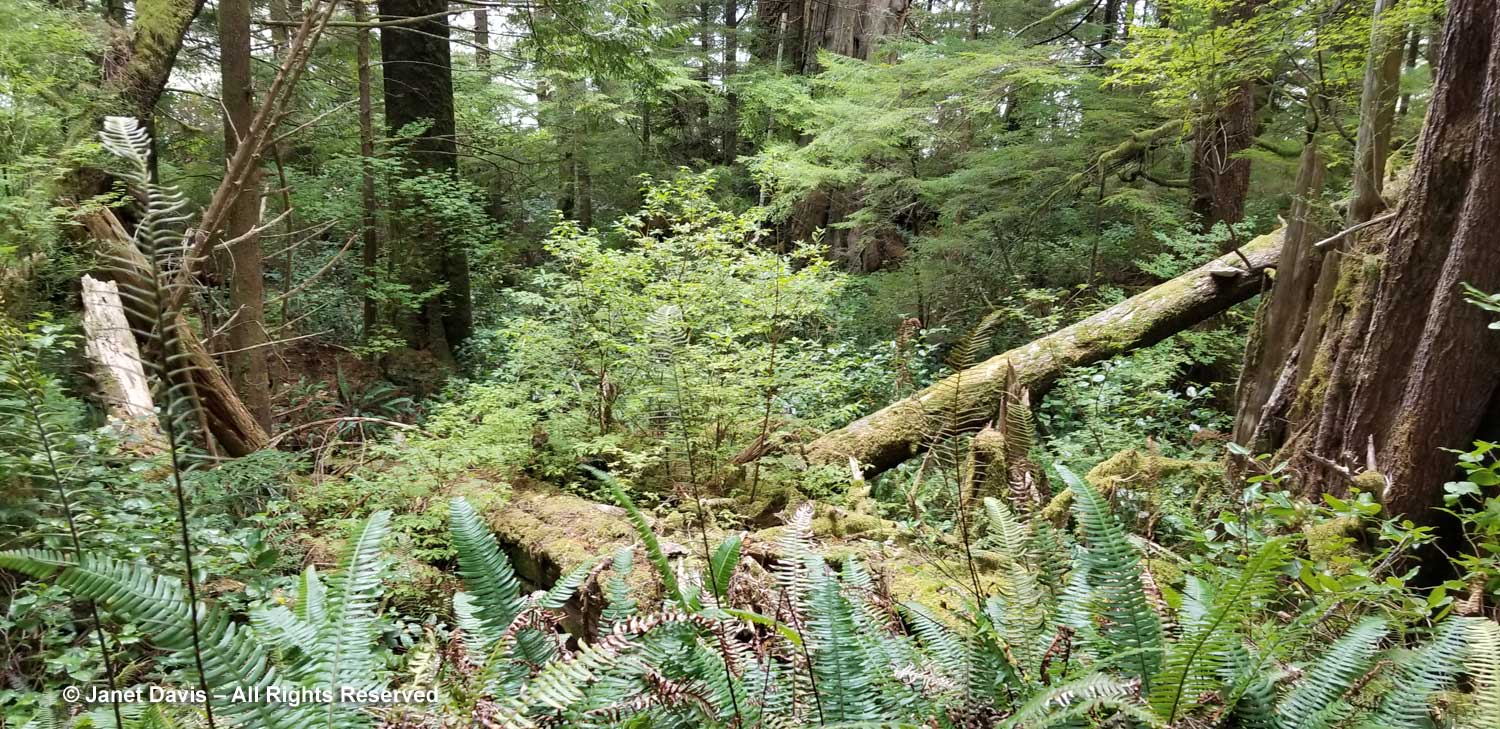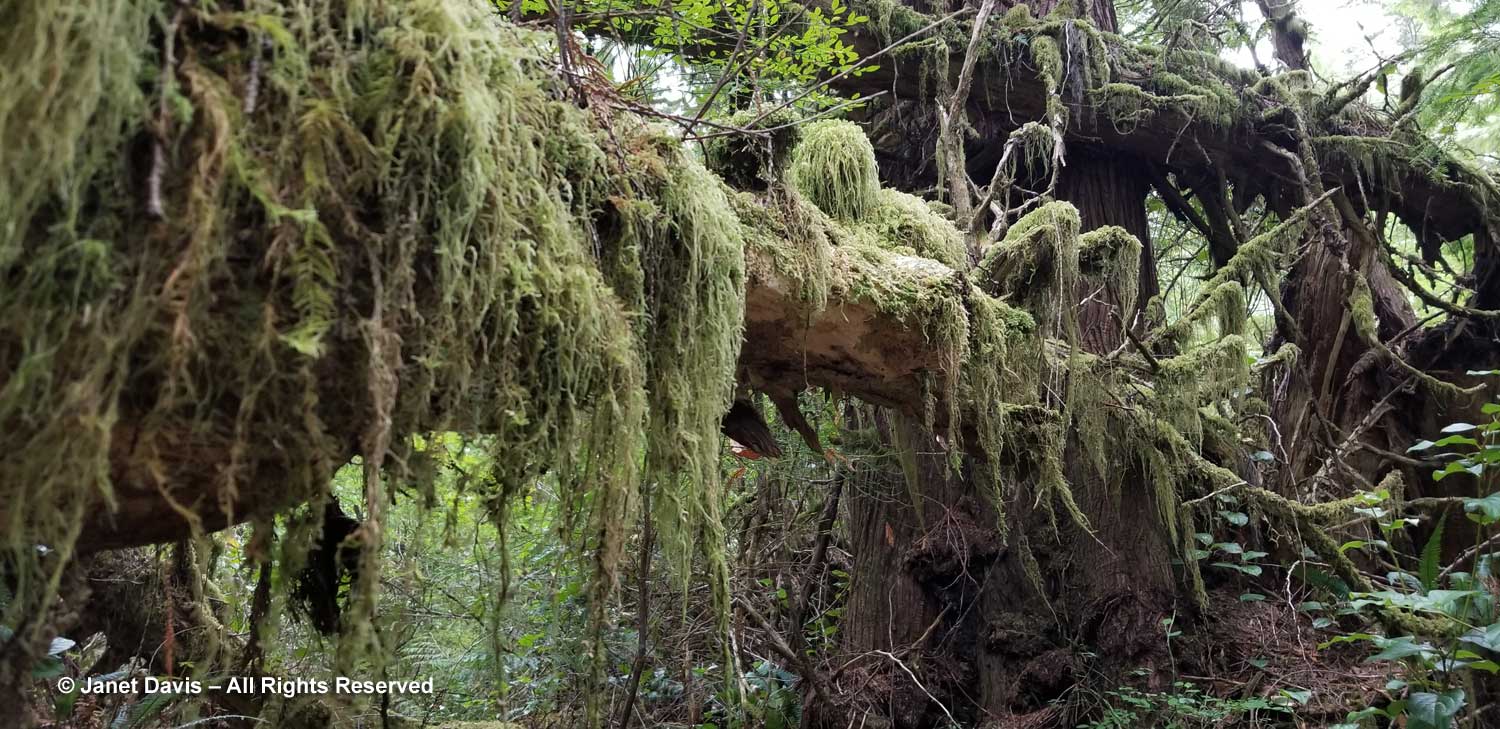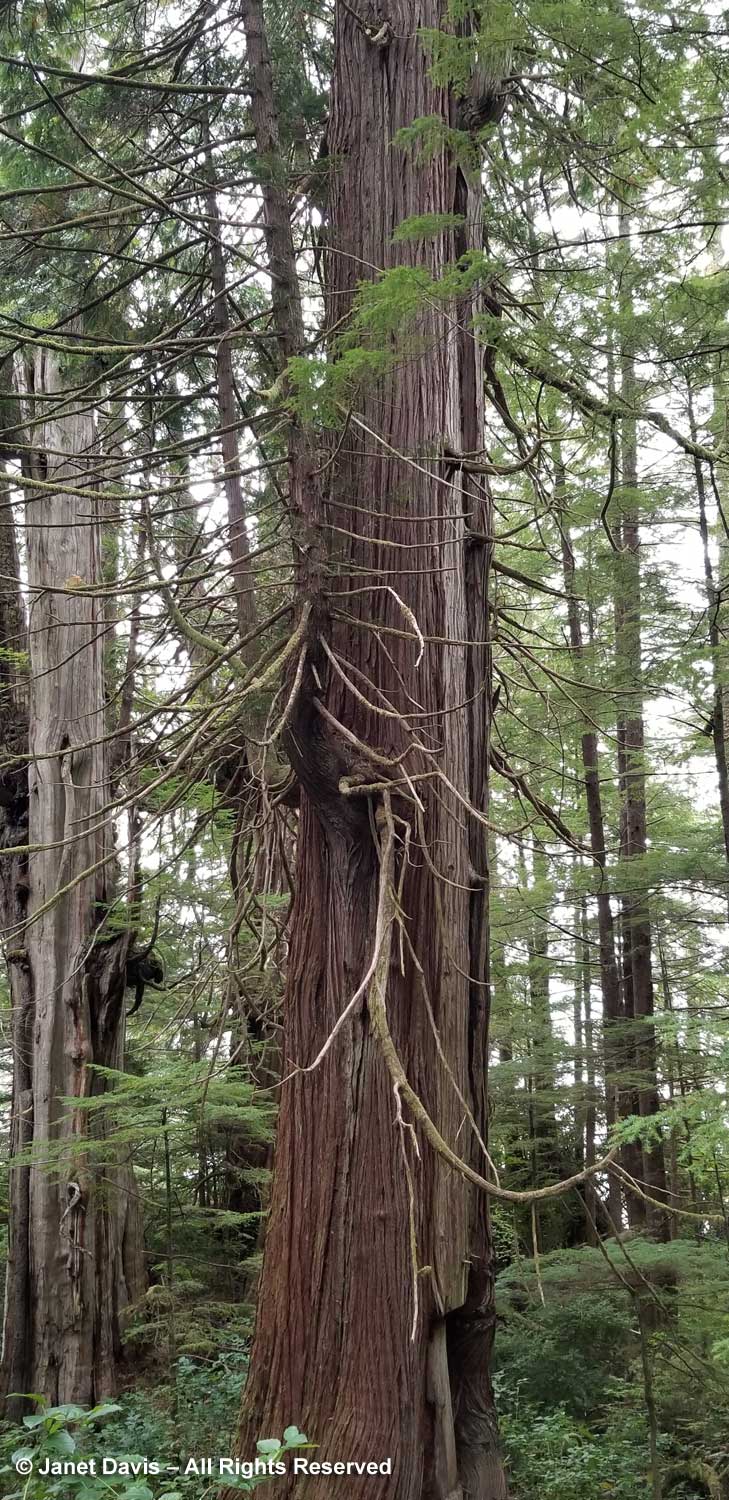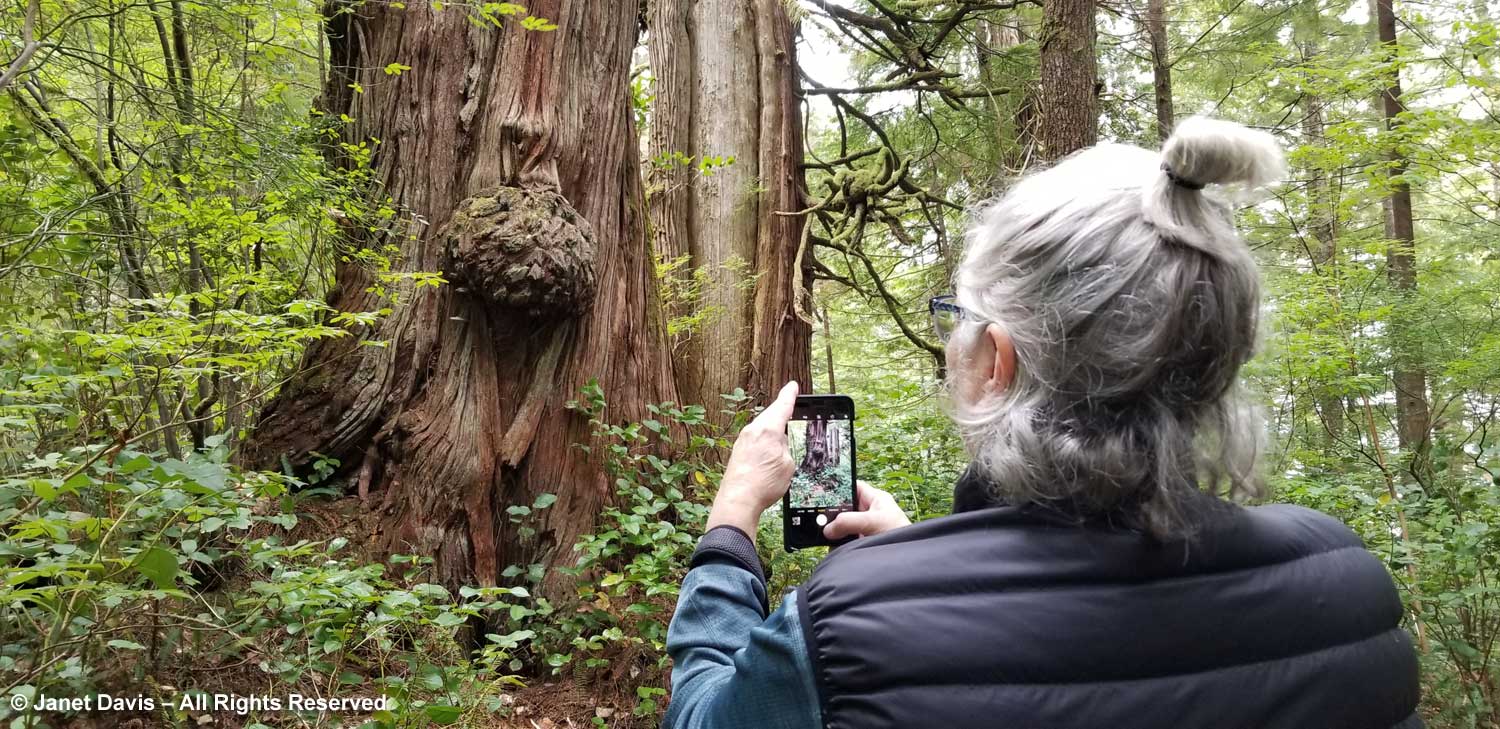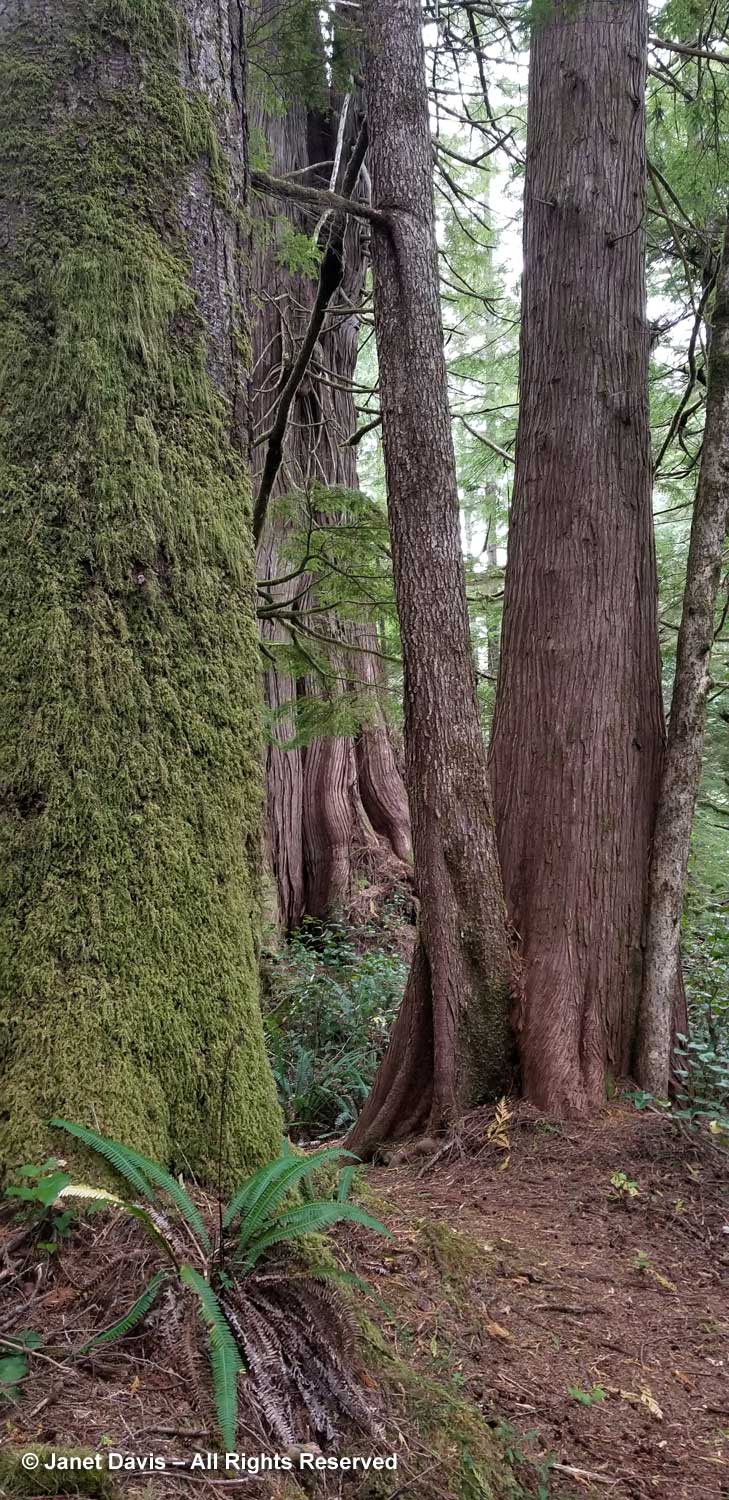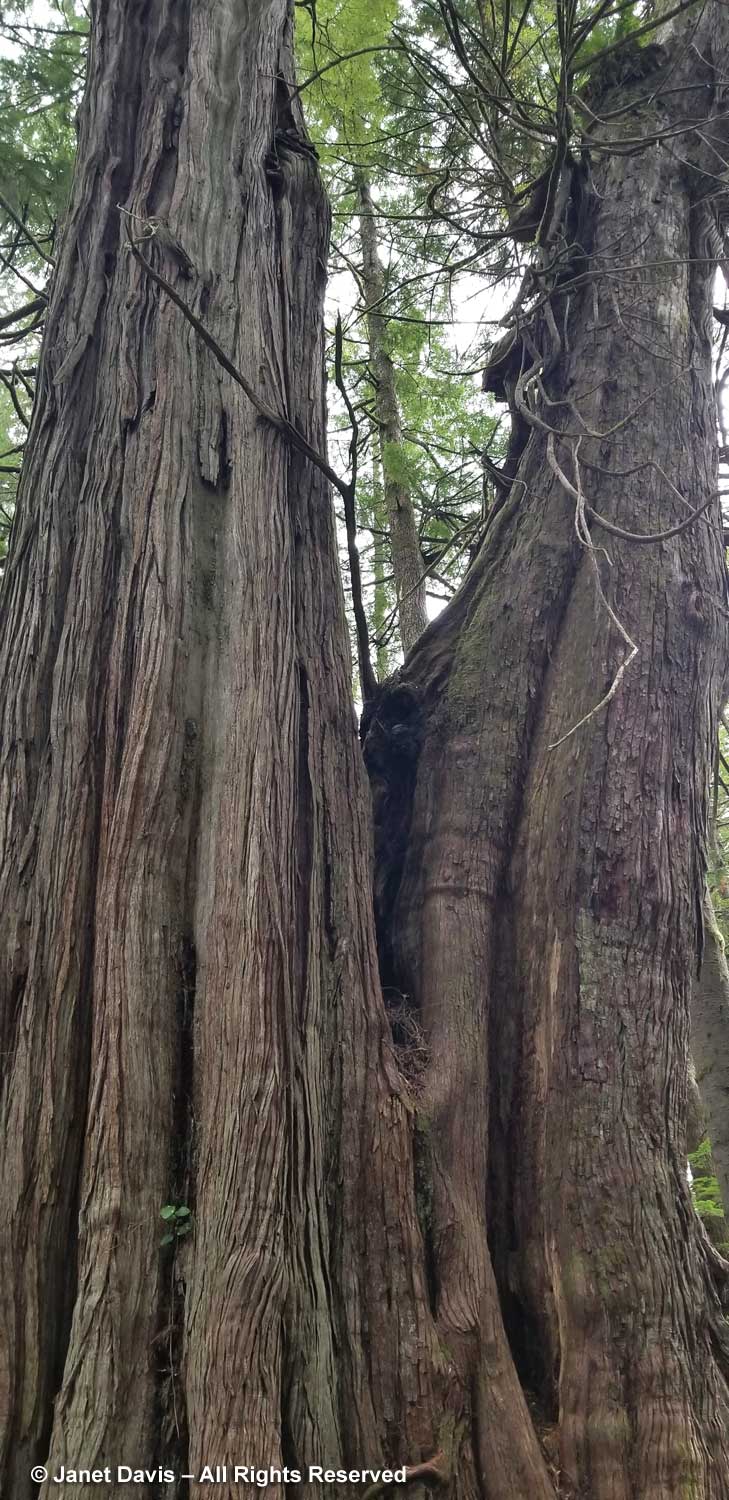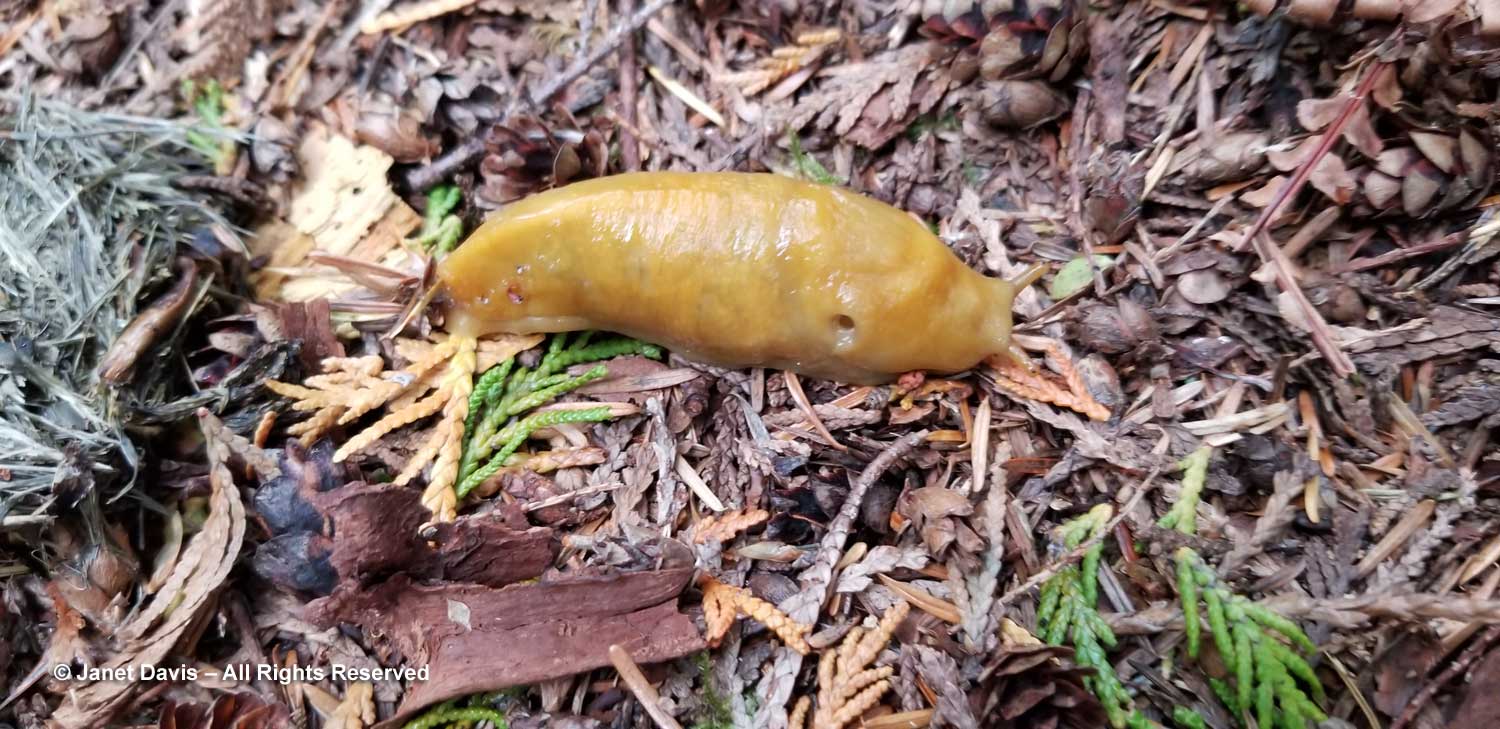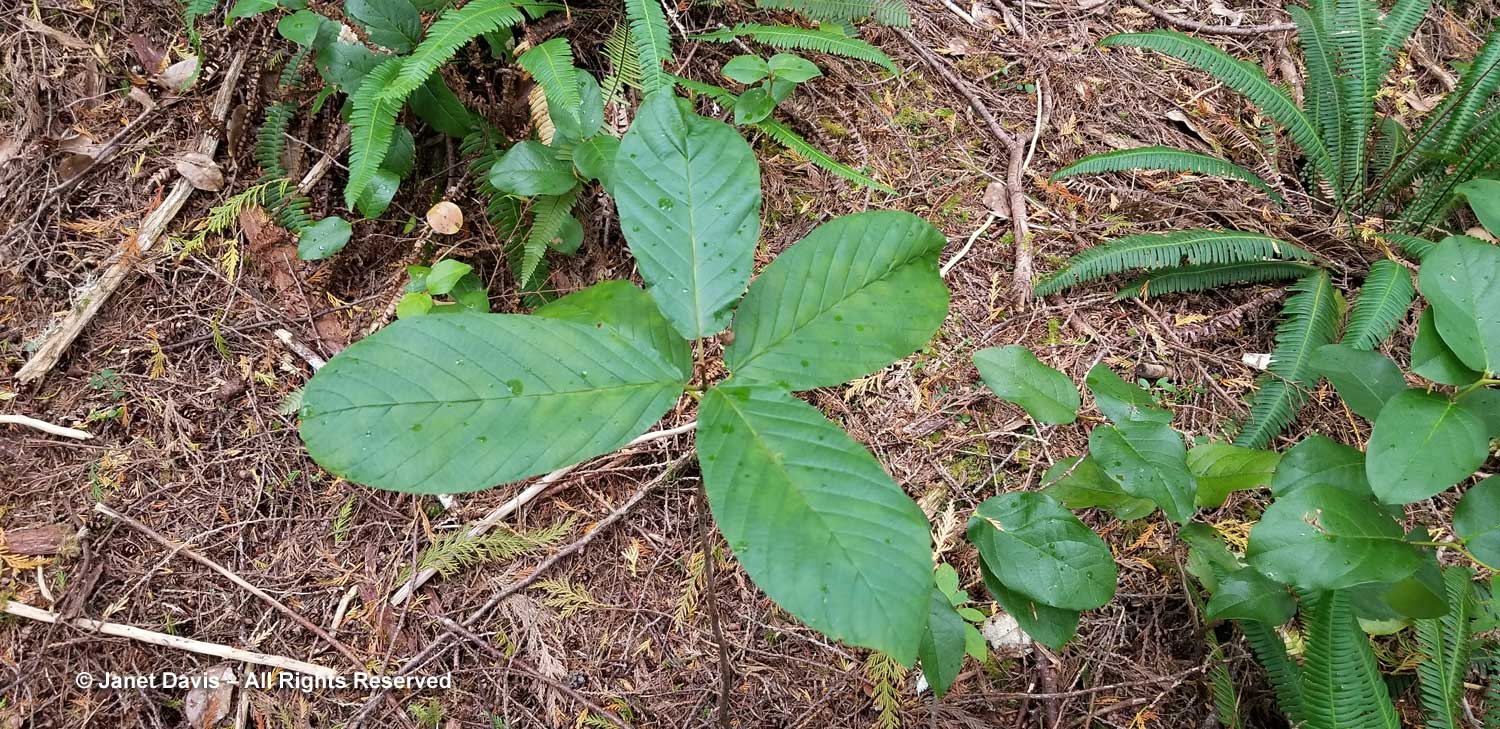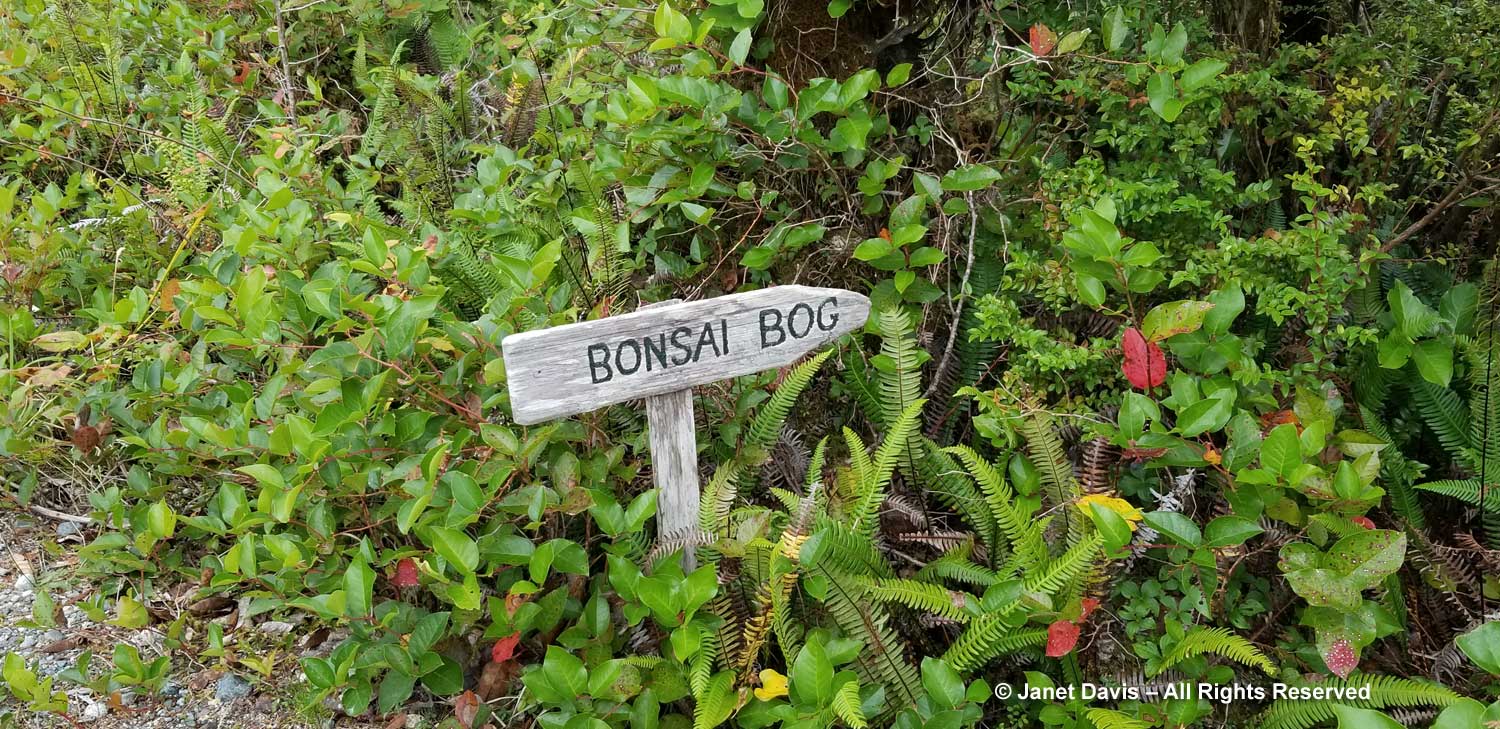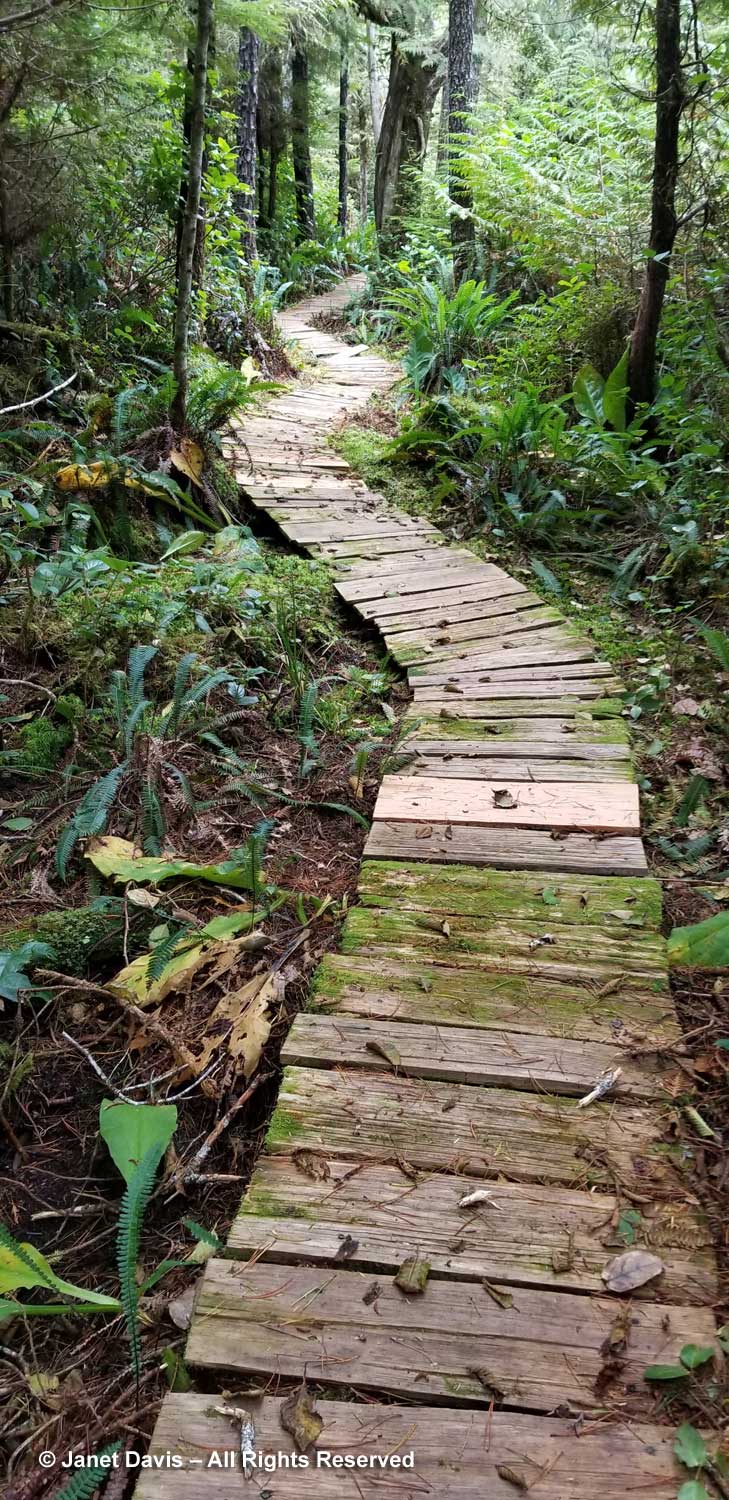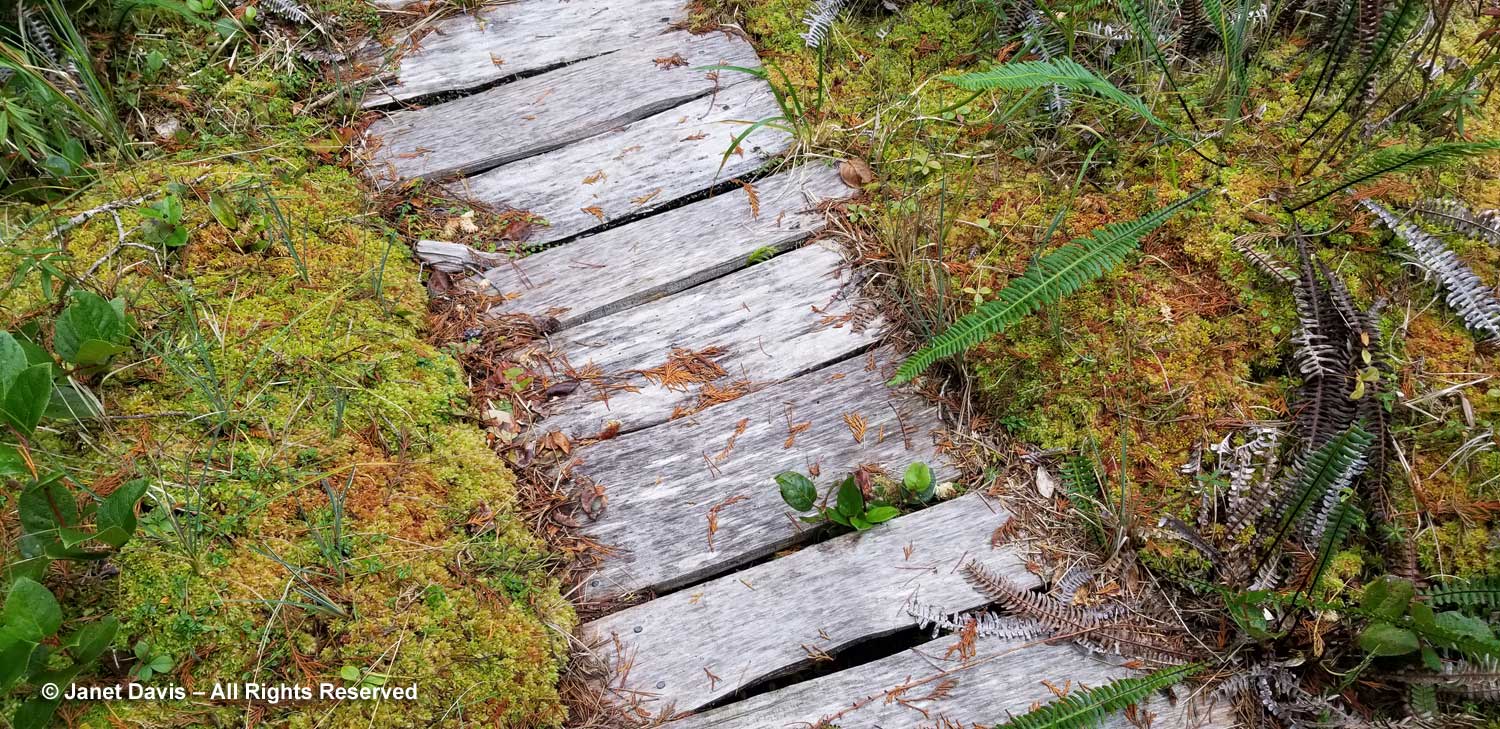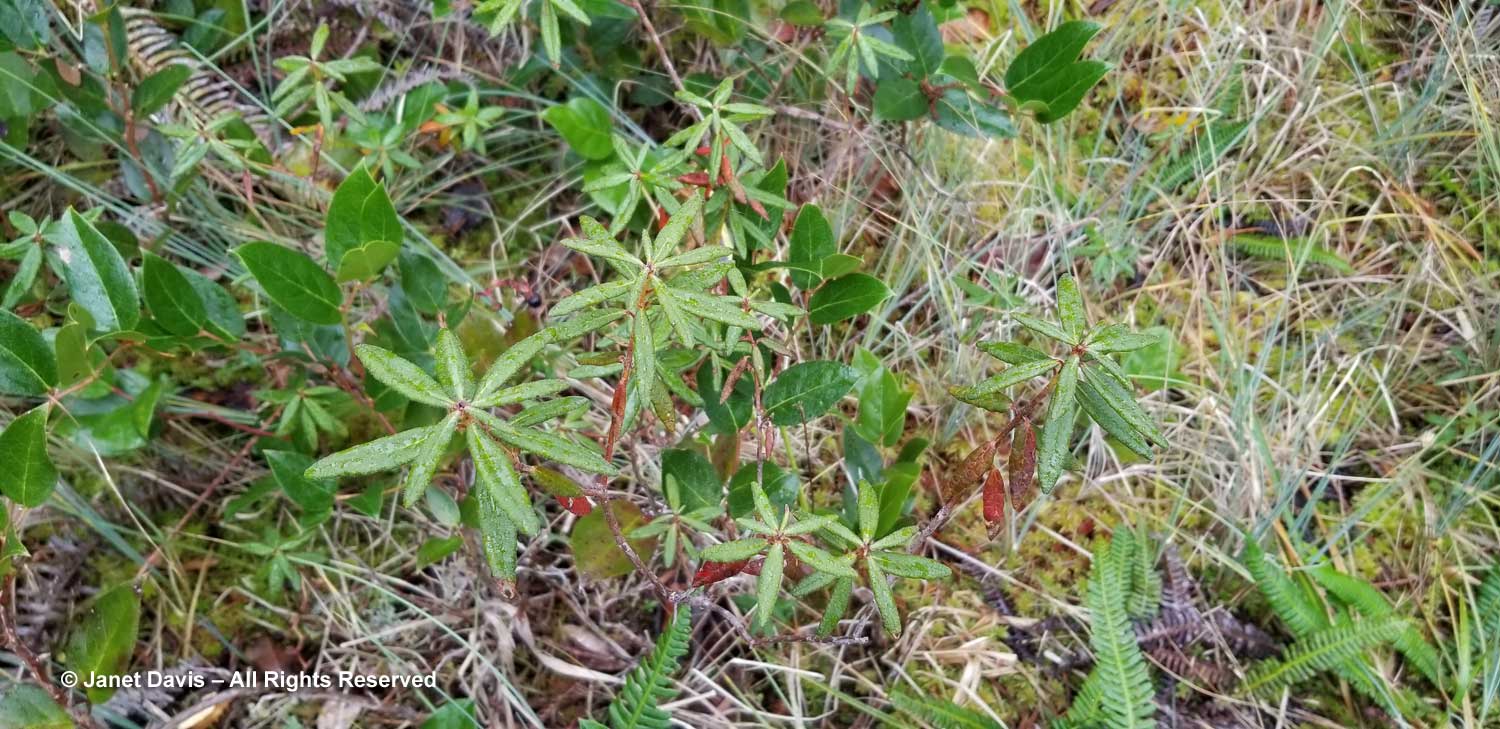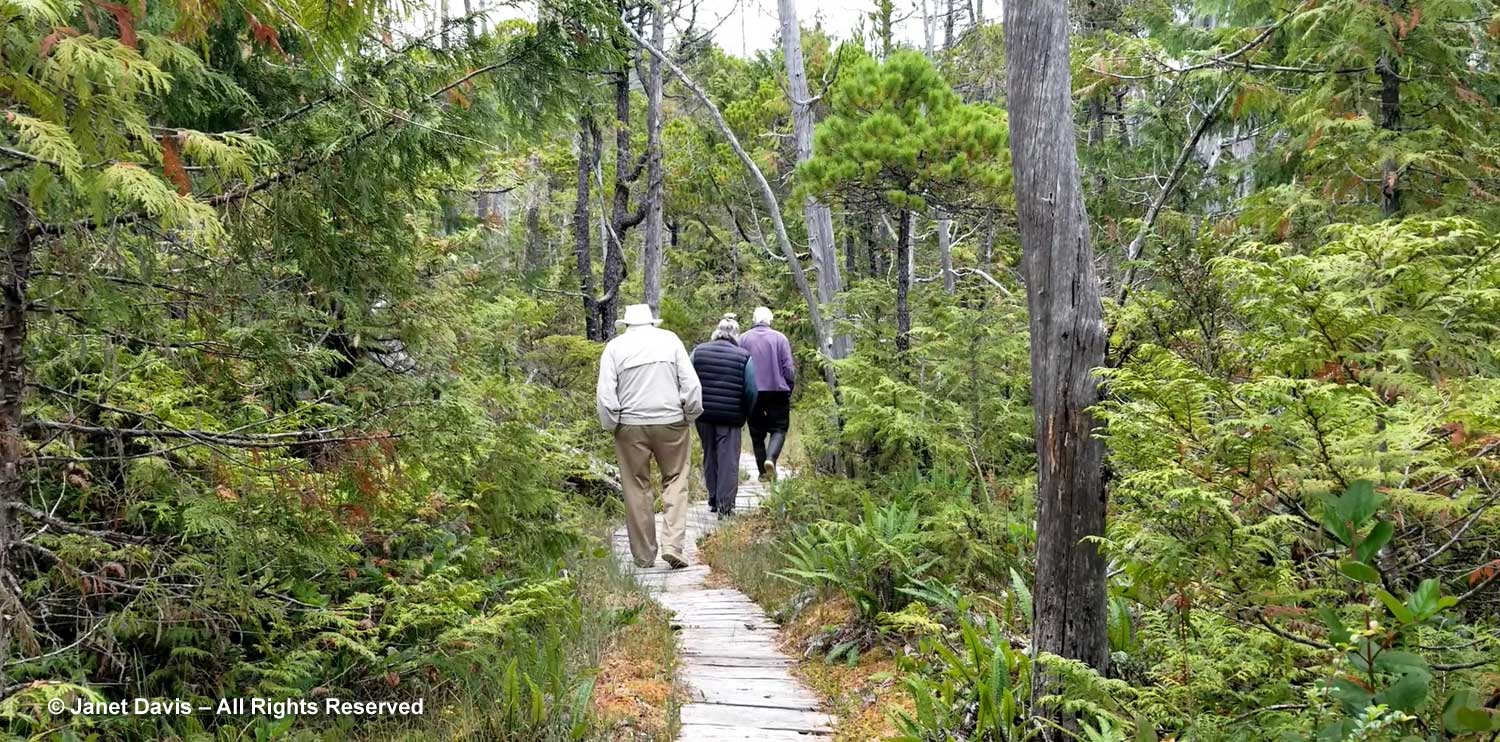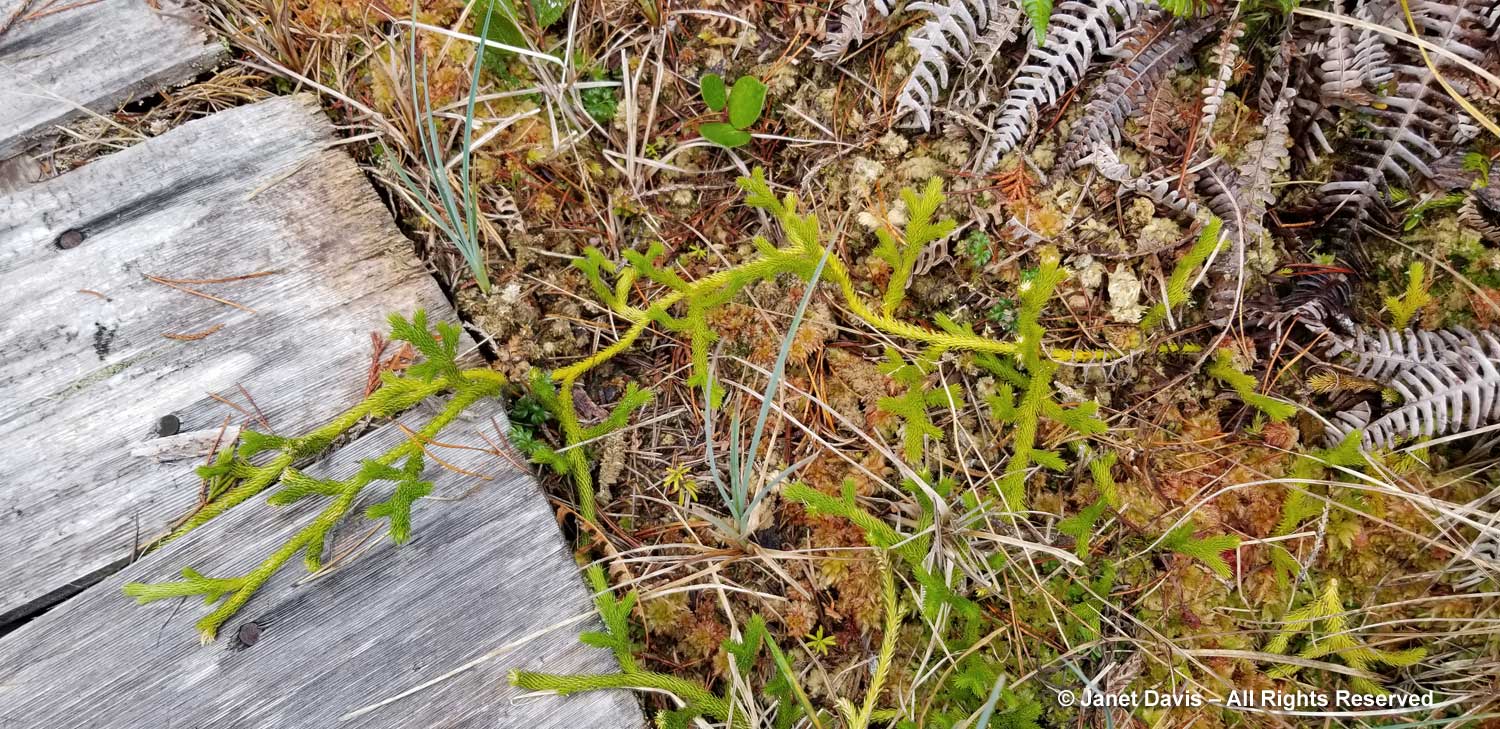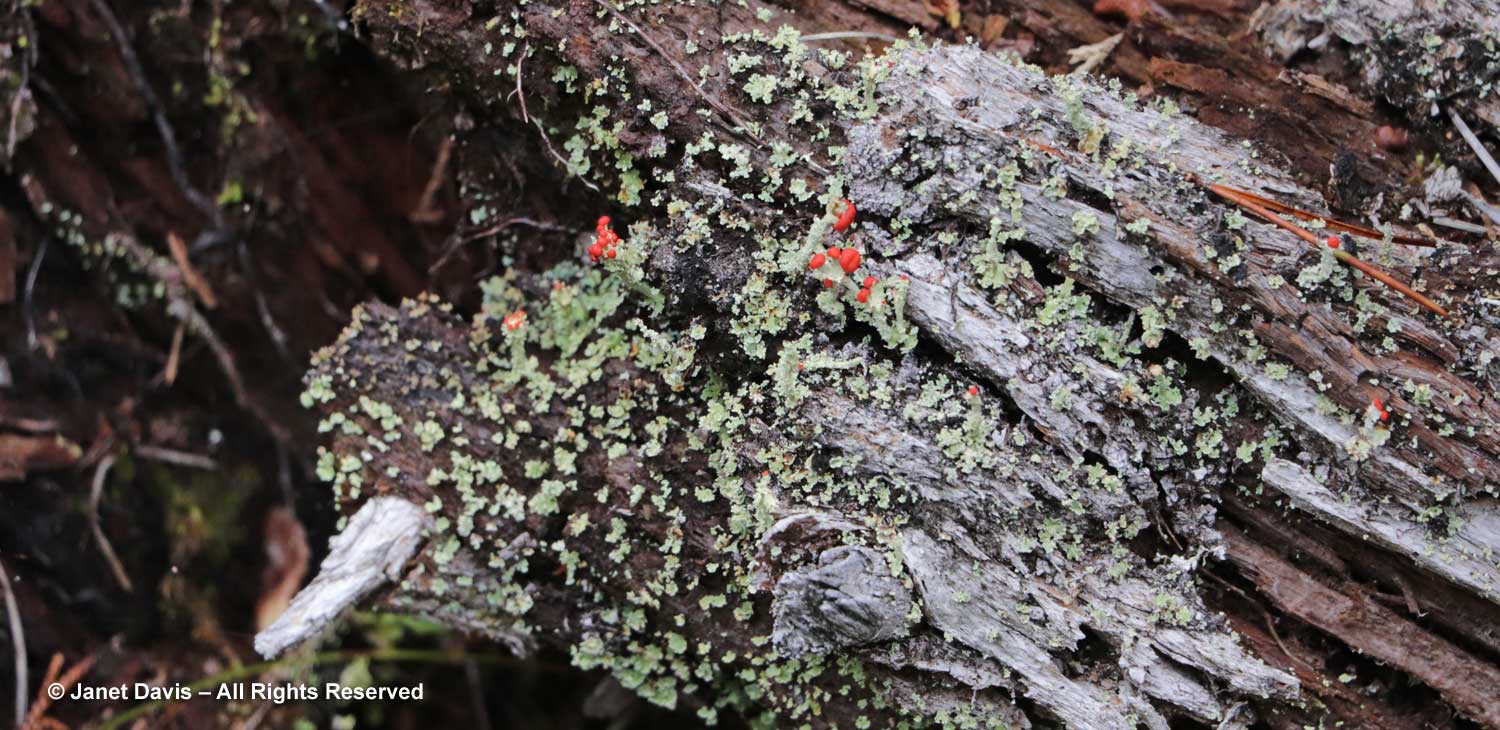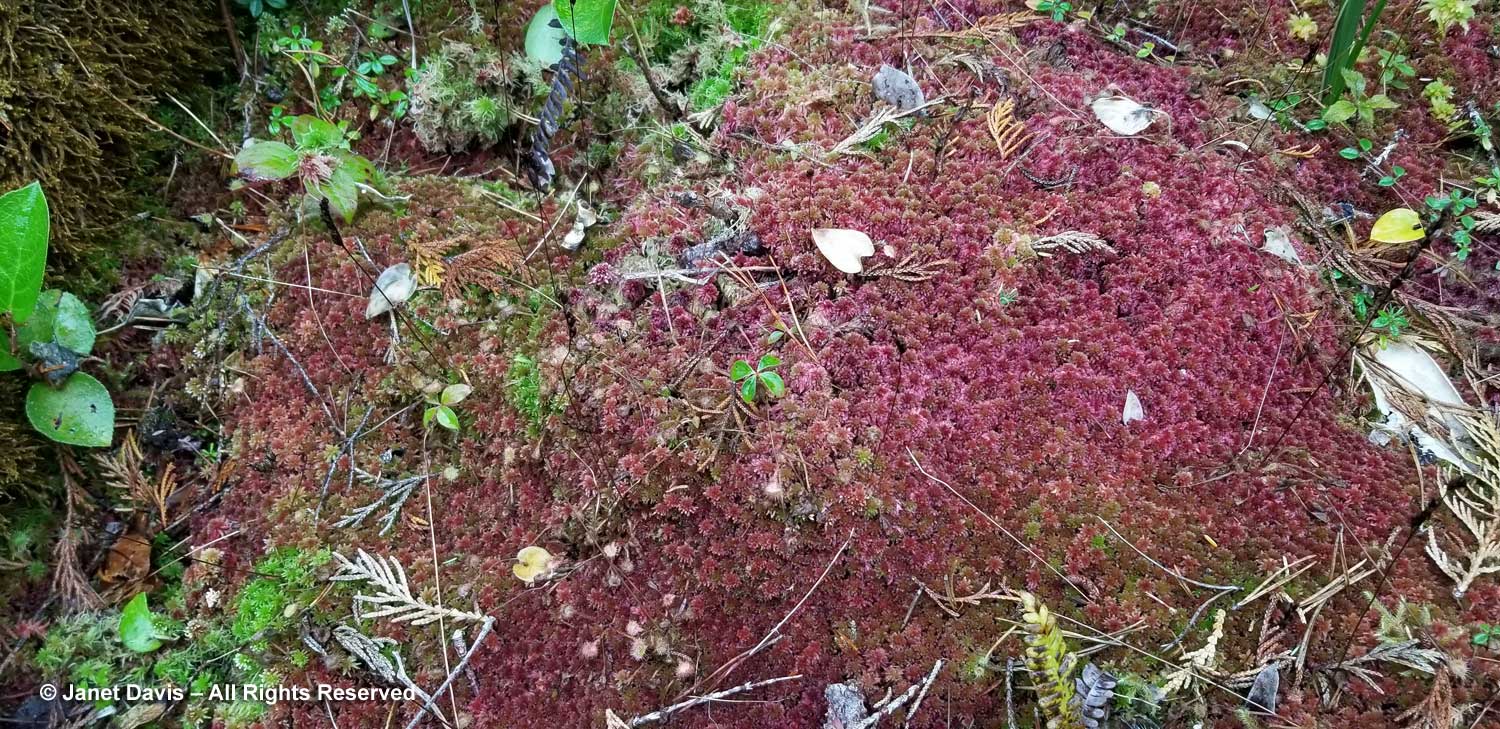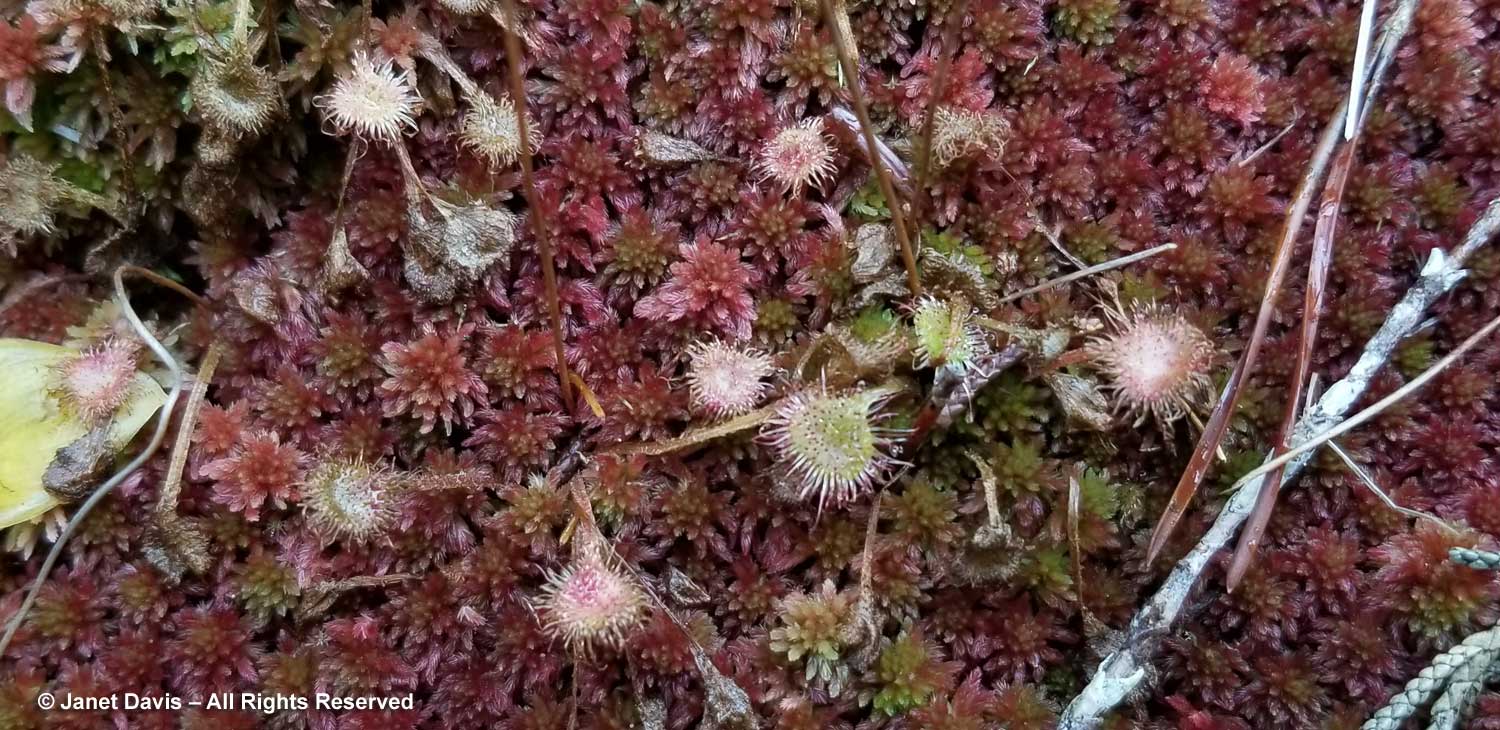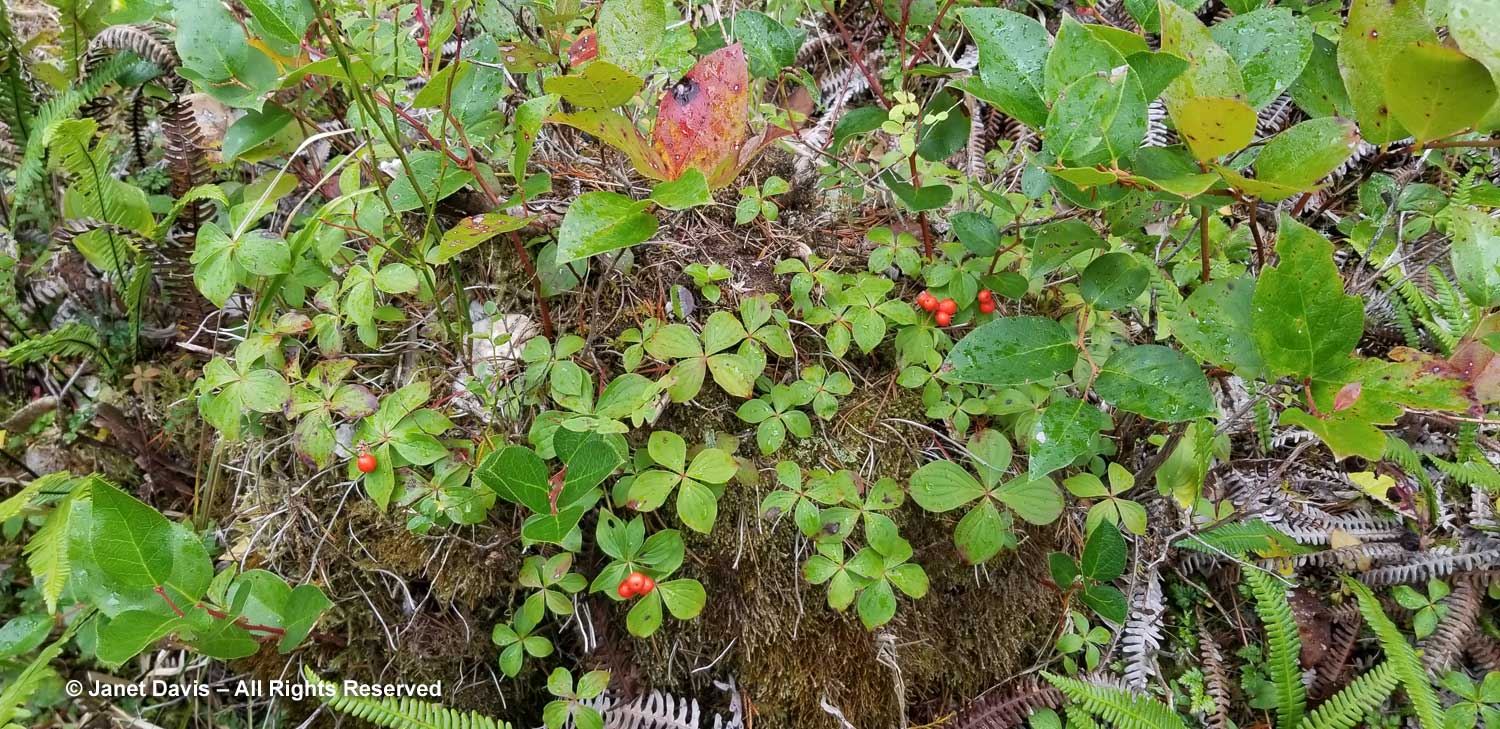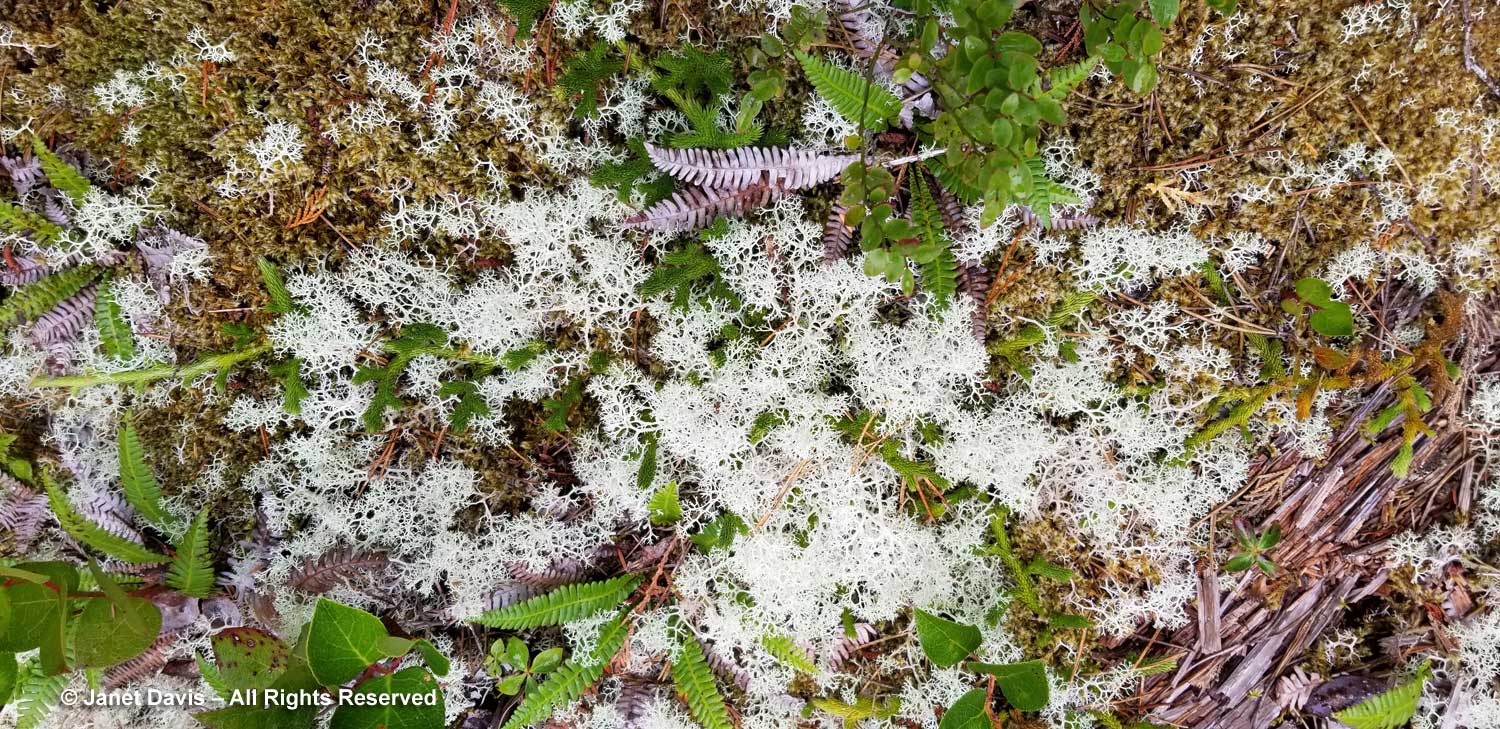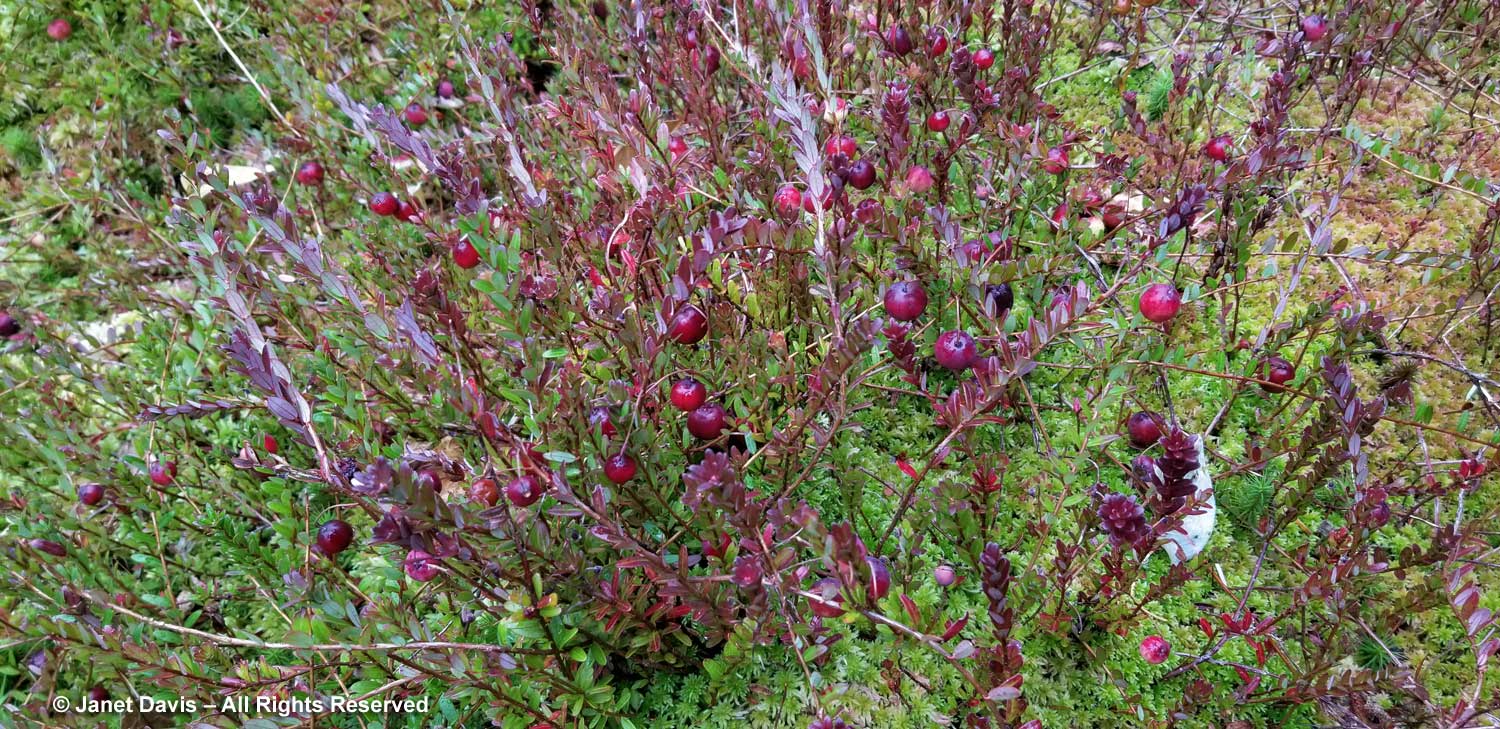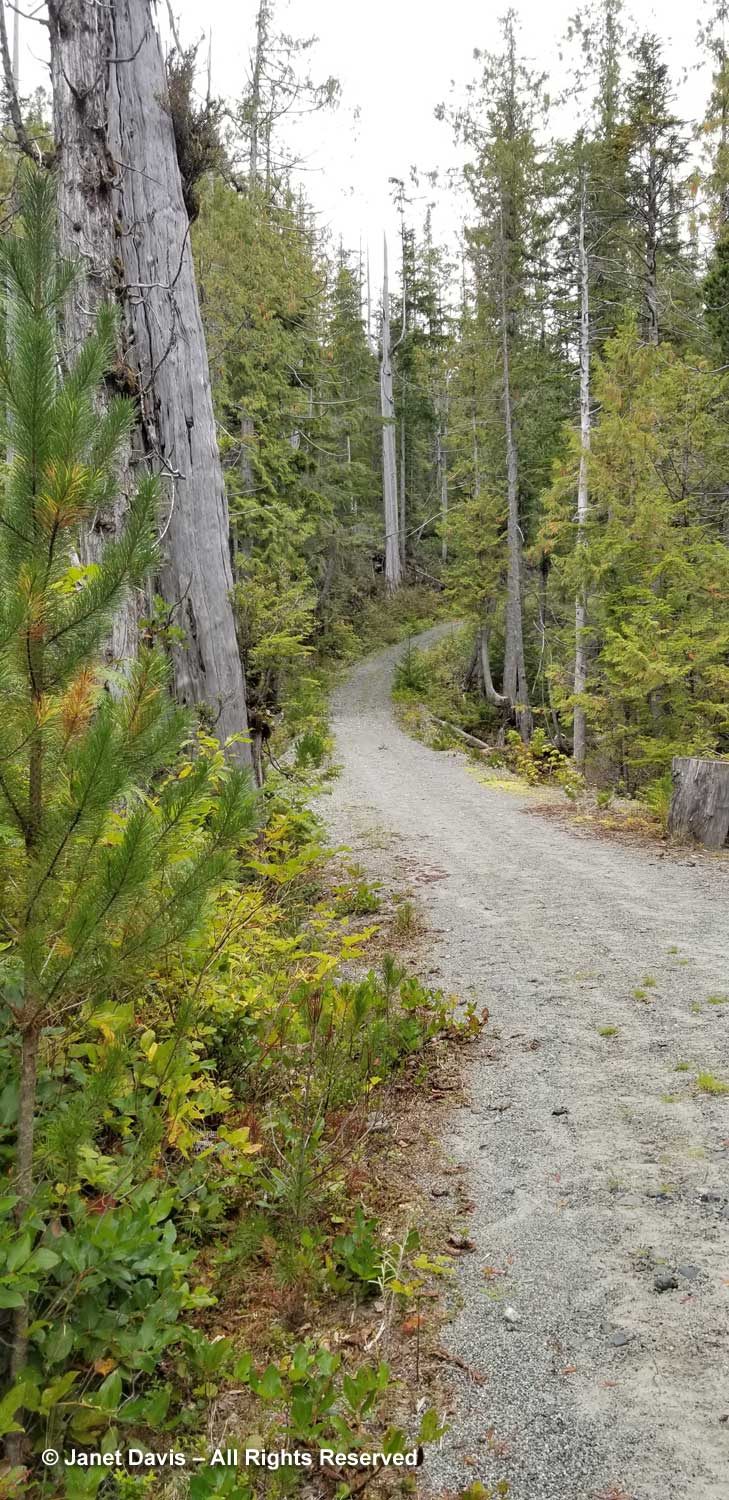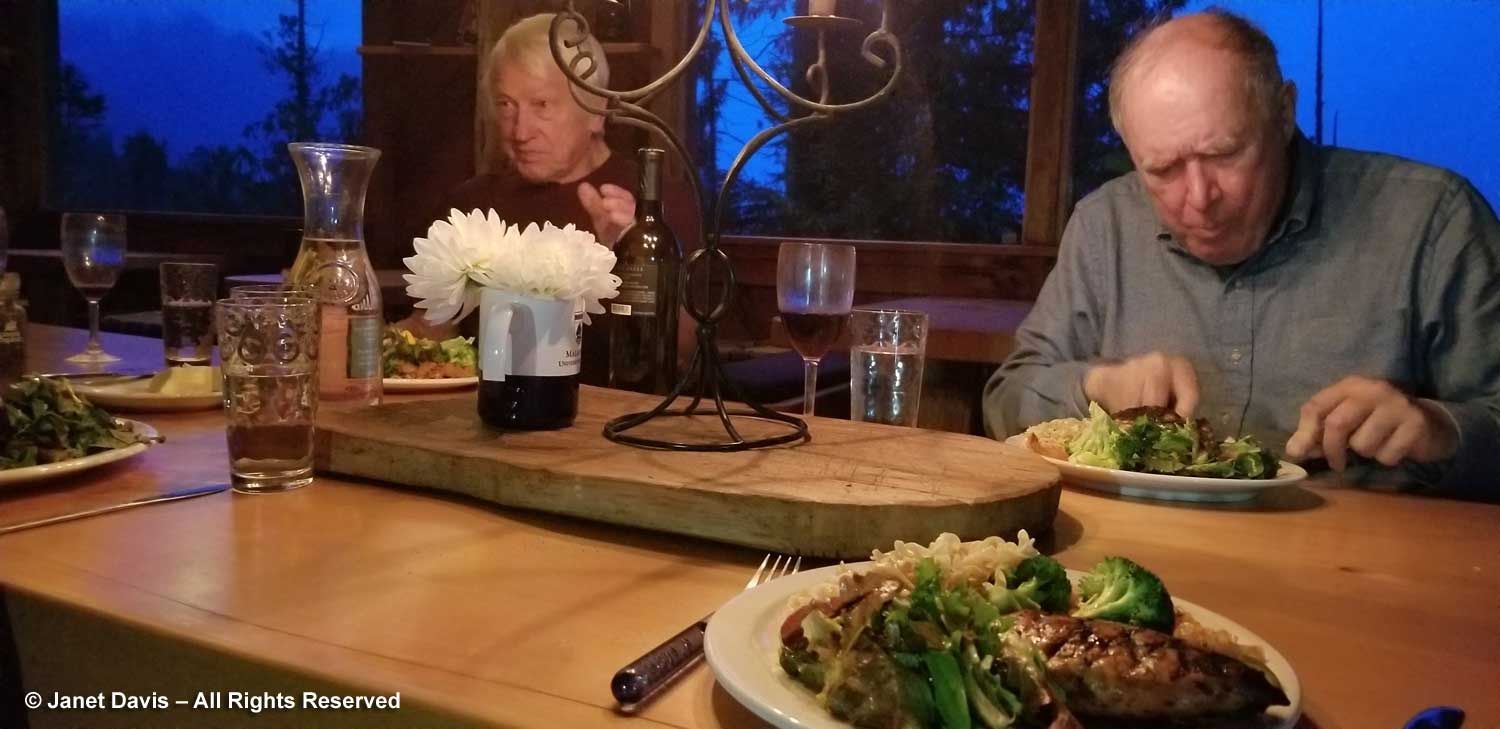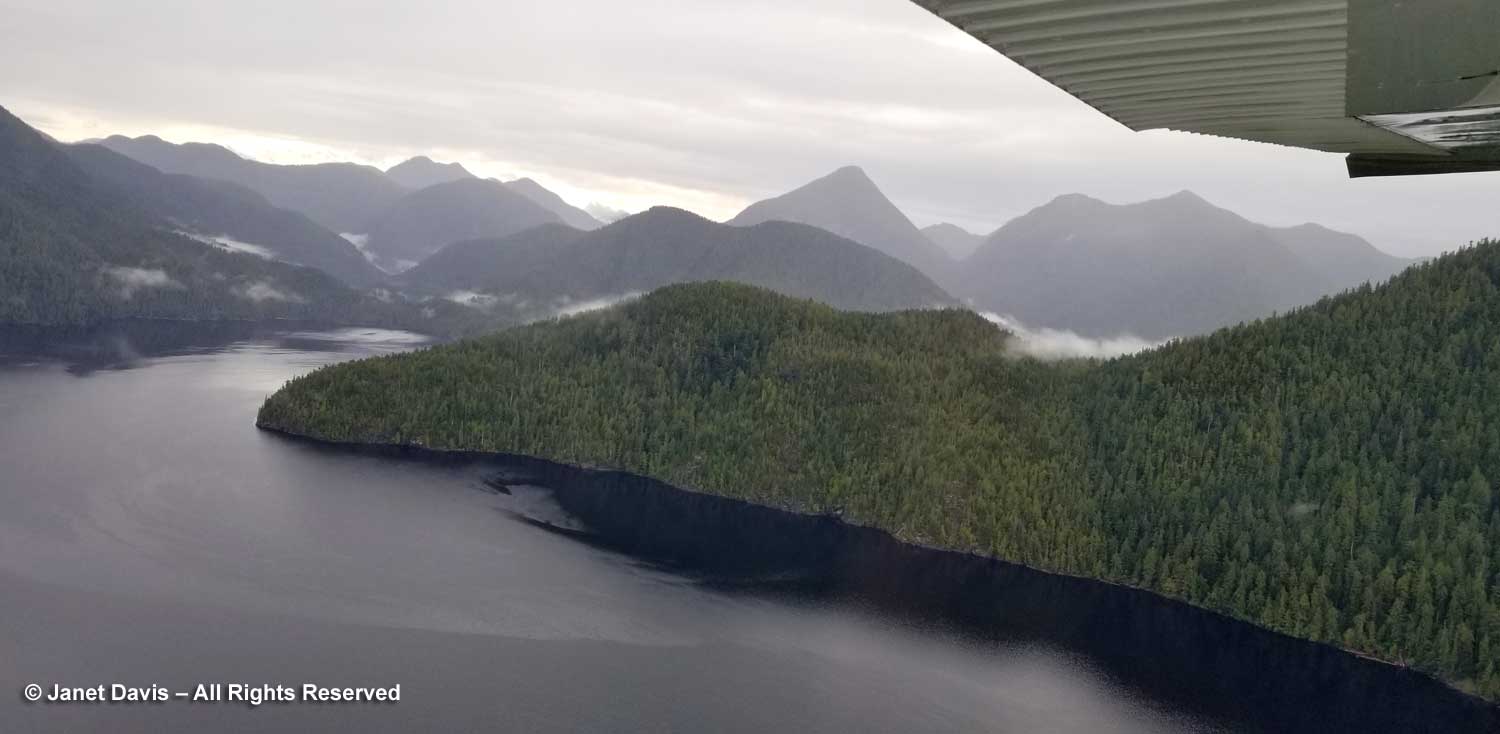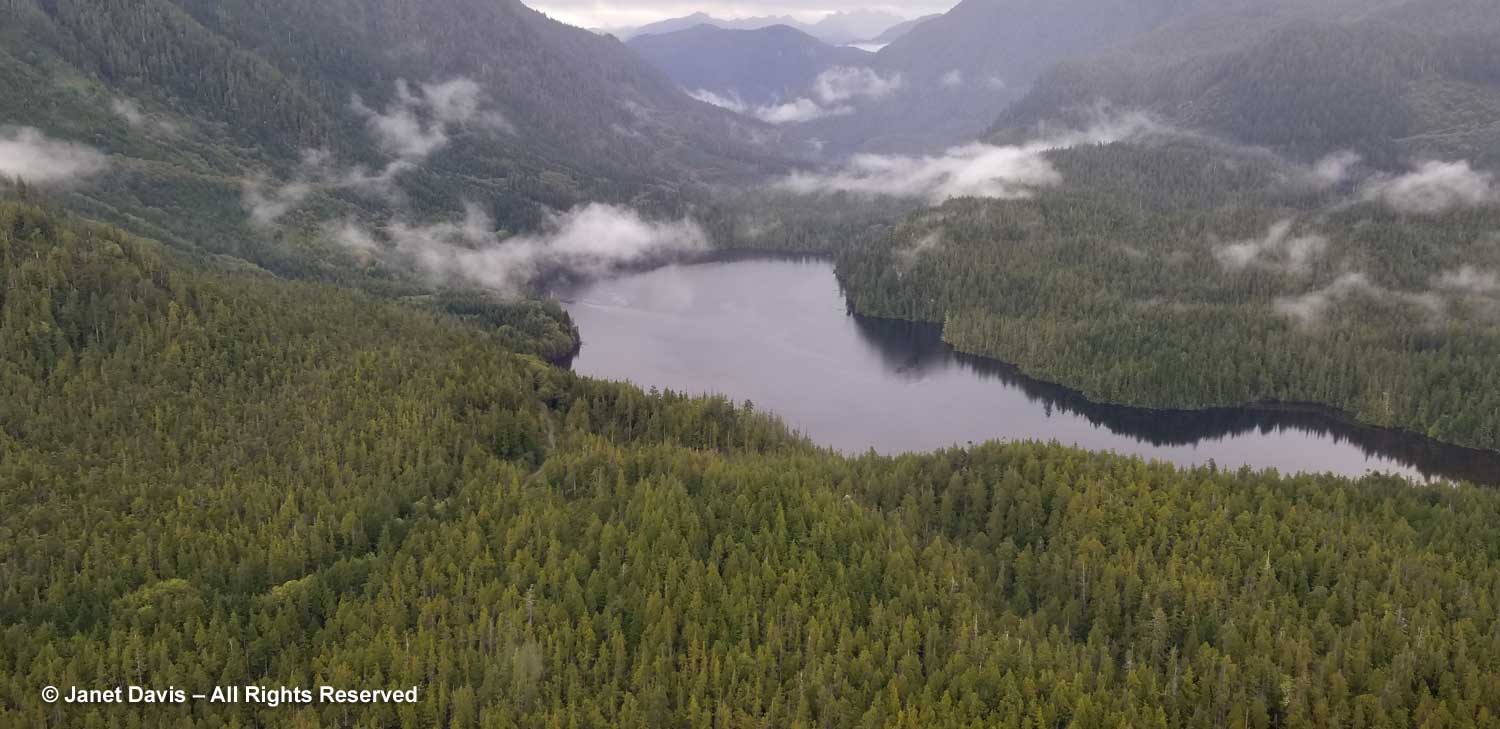Are you going to Scarborough Fair? Who doesn’t know the next line of the lyrics? Who doesn’t begin to hum that familiar, iconic melody, perhaps recalling where they were in October 1966 when they first heard it sung by two fresh-faced New Yorkers named Paul Simon and Art Garfunkel? One of the joys of reaching my age is that the folk songs of the 1960s still seem fresh and somehow relevant. Especially the ones where traditional herbs play a starring role! And no song elevated herbs like the title song of the third Simon and Garfunkel album, which also included Homeward Bound.
But ‘Parsley, Sage, Rosemary and Thyme‘ debuted with some controversy since the duo listed themselves as songwriters in adapting this traditional 17th – 19th century English folk song (with its many versions) – which would be fine if it was their own arrangement. But it turned out that Paul Simon had first heard English folksinger Martin Carthy (who had first heard it from Ewan MacColl and Peggy Seeger) sing his own version when he was in England and copyrighted a similar arrangement without crediting Carthy, causing a rift that lasted until 2000 when they sang it on stage together. “Worse”, according to one music critic, “it credited Paul and Artie as if the centuries-old tune had emerged entirely from their imaginations.” (Wiki) On the Simon and Garfunkel website, it says, “the duo used vocal overdubs and instrumentation to weave together a traditional song and anti-war protest to stunning effect.” Although not as overtly political as some of the songs I cited in my recent blog Vietnam – Songs of Protest, the song in its long-verse form does sound like the lament of a far-away lover, perhaps a soldier, asking impossible tasks of his sweetheart at home.
SCARBOROUGH FAIR/CANTICLE* traditional, adapted by Paul Simon and Art Garfunkel, after Martin Carthy (1966)
Are you going to Scarborough Fair
Parsley, sage, rosemary and thyme
Remember me to one who lives there
She once was a true love of mine
Tell her to make me a cambric shirt
Parsley, sage, rosemary and thyme
Without no seam nor needlework
Then she’ll be a true love of mine
Tell her to find me an acre of land
Parsley, sage, rosemary and thyme
Between the salt water and the sea strand
Then she’ll be a true love of mine
Tell her to reap it in a sickle of leather
Parsley, sage, rosemary and thyme
And to gather it all in a bunch of heather
Then she’ll be a true love of mine
Are you going to Scarborough Fair
Parsley, sage, rosemary and thyme
Remember me to one who lives there
She once was a true love of mine
*The lyrics above do not include the “Canticle” verses, which are part of the official lyrics listed in their database, but they were the lines sung by the duo 15 years later in front of a half-million adoring fans at the September 1981 benefit concert in Central Park (below) to raise funds for the redevelopment and maintenance of the park. By then, Simon and Garfunkel had broken up and reunited a number of times; even their rehearsals for the concert were fraught with tension. Though they were elementary school classmates who had sung together since high school, initially as the duo Tom and Jerry, lyricist and composer Paul Simon was continually frustrated by the wandering attentions of his partner Artie of the sweet choirboy voice, who had ambitions to be an actor and solo performer. The concert represented a short-lived reunion for Simon and Garfunkel and produced a double platinum live album.
********
The Sages, a Photographic Collection
The Scarborough Fair was a popular medieval market fair held in the town in Yorkshire from mid-August throughout September. Though it went on until the 1700s, it was at its height of popularity in the late 1300s. The use of the herbs in the song lyrics recalls their traditional symbolic meanings: parsley for comfort, sage for strength, rosemary for love and thyme for courage. Salvia comes from the Latin word salvus meaning “healthy”. It refers to the European herb Salvia officinalis, an evergreen (where hardy) sub-shrub native to Mediterranean parts of Europe and the Middle East. Its use as a medicinal and culinary herb is recorded in ancient works by Dioscorides, Pliny and Galen. It is a lovely plant for modern herb gardens, and is a favourite of bees too. (And, of course, one of its principal uses is in our stuffing recipes for turkey.)
Salvia officinalis has a number of fancy-leafed forms, including beautiful ‘Icterina’ (often labelled ‘Aurea Variegata’). I loved seeing it a few years ago (far right) in this exquisite design by Paul Zammit at the Toronto Botanical Garden, along with parsley and calabrichoa, heuchera, hakonechloa, pelaragonium and carex.
Another ancient sage (from the French word sauge for the herb) is Greek sage Salvia fruticosa. I photographed the handful of leaves in the Peloponnese in November, during my botanical tour of Greece with Liberto Dario (Eleftherios Dariotis). There it is used, along with sideritis, for making traditional Greek tea.
Another sage is used for an entirely different ‘medicinal’ purpose. When I was at the Royal Botanic Gardens at Kew some years ago, they had an exhibit devoted to hallucinogenic plants, including ayahuasca (Banisteriopsis caapi). One of the plants was Salvia divinorum, otherwise known by a number of descriptive common names…..
…. including sage of the diviners, ska maría pastora, seer’s sage, yerba de la pastora.
Silver sage (Salvia argentea) comes from southern Europe and northern Africa. A biennial, it is better known for its spectacular, silvery leaves that form as a rosette the first year…..
…. than for its white flowers the following year.
Over the past few decades, I’ve photographed salvia species, hybrids and cultivars around the world – admittedly just a drop in the bucket of some 900 species worldwide. And I’ve grown lots of them in my own gardens, both in the city where the meadow sage Salvia nemorosa ‘Mainacht’ (‘May Night’) with its deep-blue spikes graces my pollinator island, attracting lots of bees…….
…. and in the containers on my sundeck at our cottage overlooking Lake Muskoka. There salvias and agastaches are my principal container plants intended to lure ruby-throated hummingbirds each summer. I don’t have a nectar feeder for these graceful little birds, preferring to give them organic sweeteners. (That’s sacred basil on the far right, Ocimum tenuiflorum – a superb bee plant).
The very best lures are the big sages in my hand…..
….. especially the champion – Salvia guaranitica ‘Black and Blooms’ (also ‘Black and Blue’ in previous summers).
This lusty big Argentine sage is simply the best for bringing in hummingbirds.
Last year for the first time I tried Salvia ‘Amistad’ bred by Argentina’s Rolando Uría, and it was popular with the hummingbirds too.
Salvia ‘Wendy’s Wish’ was a distant third, but still attracted its share of hummers
Salvia microphylla ‘Hot Lips’ is so colourful and a hummingbird favourite.
I did an experimental planting of Salvia ‘Big Swing’ (Salvia macrophylla x S. sagittata) last season. Although the hummingbirds visited it now and again, its strange flowering habit (at least in a container) worked against it.
Annual ‘Mystic Spires’ salvia attracted hummingbirds, too, but not if ‘Black and Blooms’ was in flower.
In my naturalistic borders at the cottage, Salvia nemorosa ‘Mainacht’ consorts with a number of self-sown wildflowers (which we now call exotic invasives…..) including musk mallow (Malva moschata).
If you visit the Royal Botanical Gardens at Kew outside London in autumn, be sure to find the stunning salvia border there. This was October 25, 2014.
It was at Kew that I first saw Salvia confertiflora from Brazil…..
….. and luscious, deep-red scarlet sage, Salvia splendens ‘Van Houtte’…..
….. and pretty hybrids like ‘Phyllis Fancy’ below, discovered at the University of California Santa Cruz Arboretum and named for Phyllis Norris.
Chanticleer Garden outside Philadelphia in Wayne, PA is my favourite public garden in the United States. I wrote a 2-part blog after my June 2014 visit. Its many gardens change each year in the most creative way, but I think my favourite scene was this confection featuring the deep-indigo spikes of Salvia nemorosa ‘Caradonna’ (from Zillmer Nursery in Germany), acting as dark vertical brushstrokes in a riot of cottage garden colour.
The Toronto Botanical Garden features its share of sages. Meadow sage, of course, is a prime player in the various June planting schemes. This is white Salvia nemorosa ‘Snow Hill’ (‘Schneehugel’, an Ernst Pagels introduction) with alliums, catmint, lady’s mantle and peonies.
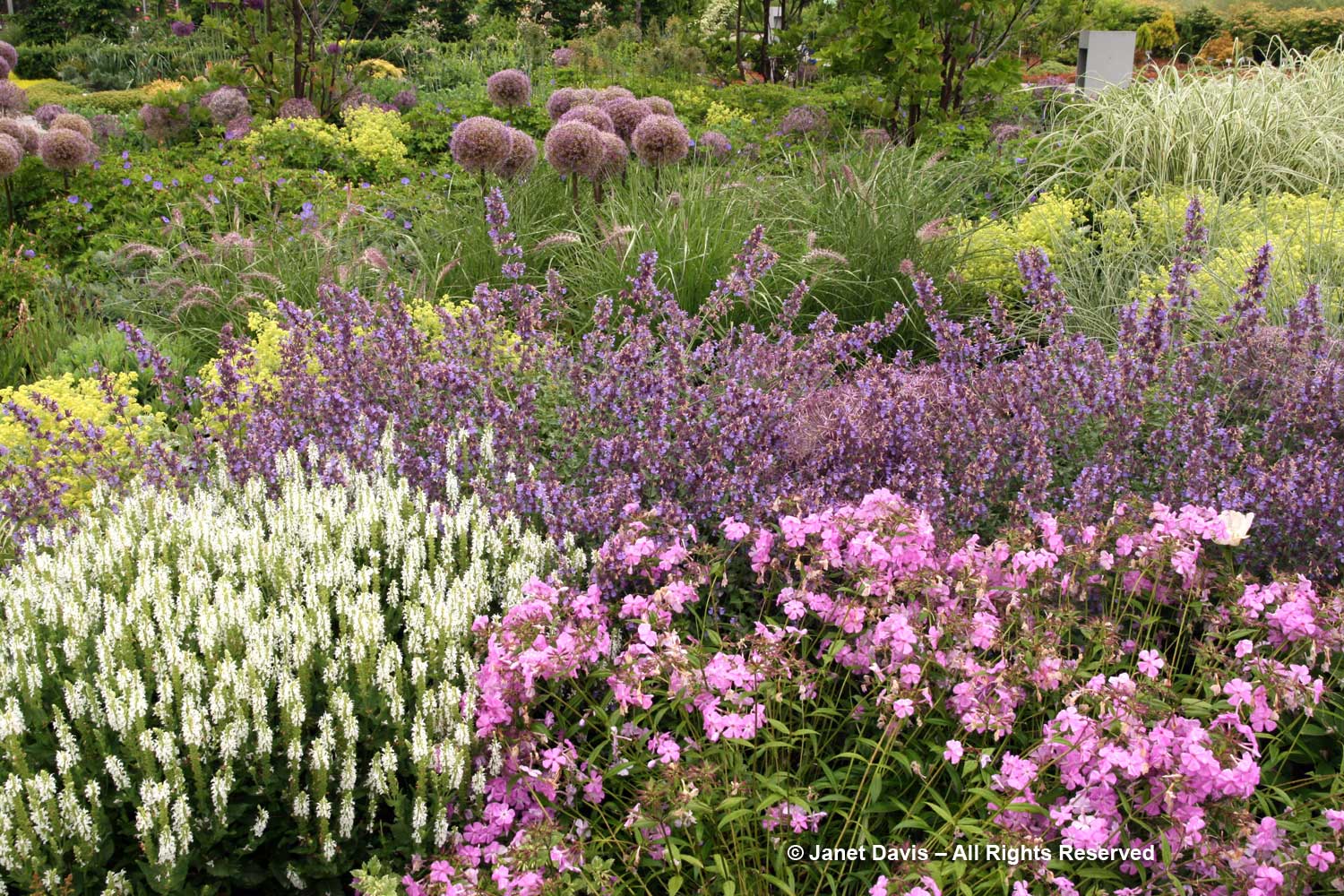
Catmint, of course, is a beautiful partner for meadow sages, like Nepeta ‘Walker’s Low’, here with Salvia x sylvestris ‘Blauhugel’ (‘Blue Hill’), another Ernst Pagels introduction, and a splash of lady’s mantle (Alchemilla mollis).
In the Piet Oudolf-designed Entry Border at the TBG (I wrote a comprehensive 2-part blog on his design for this border), he incorporated his own introduction, Salvia nemorosa ‘Amethyst’, placing it near a wine-red sanguisorba.
His pretty purple-and-white hybrid sage Salvia ‘Madeline’ is also featured in the border.
And at the Royal Botanical Garden in Burlington, Ontario not far from Toronto, I loved this combination of Piet’s introduction Salvia verticillata ‘Purple Rain’ with creamy-yellow Achillea ‘Anthea’.
When I visited Chicago Botanic Garden in 2018, I was impressed with this mass planting of sky-blue bog sage (Salvia uliginosa)…..
….. enlivened by orange dashes of Mexican sunflower (Tithonia rotundifolia ‘Fiesta del Sol’). I wrote an extensive blog about my visit later.
Years earlier, I had been wowed by a themed garden at Chicago Botanic that featured bright-blue gentian sage, Salvia patens, with lots of gloriosa daisies (Rudbeckia hirta).
Speaking of gentian sage, this was one of the happiest combinations ever – a street planting at Vancouver’s Van Dusen Botanical Garden featuring Salvia patens ‘Cambridge Blue’ with Zinnia angustifolia ‘Profusion Orange’, purple Verbena rigida and fuzzy white bunny tail grass (Lagurus ovatus). Isn’t it lovely?
At Lady Bird Wildflower Center in Austin, Texas a few years ago, I was impressed by the meadow plantings of native mealycup sage (Salvia farinacea), a species that has become a popular bedding and container annual in colder regions.
There I was intrigued to see it looking so beautiful with native Texas yellowstar (Lindheimera texana), left, and was reminded of how effective it is with any yellow flowers, like the gloriosa daisies (Rudbeckia hirta) at right.
It’s such an easy sage to use: here it is with a rollicking sea of orange and yellow celosias at the Ottawa Experimental Farm one summer.
And this trio at the Montreal Botanical Garden was impressive: Salvia farinacea ‘Fairy Queen’ and ‘Evolution’ with a massed planting of chartreuse sweet potato vine (Ipomoea batatas ‘Illusion Emerald Lace’).
This formal knot garden at the New York Botanical Garden was enlivened by a mix of annual sage (Salvia viridis) in pink and purple popping up in the middle of the knots.
In spring, New York’s High Line features early-flowering Salvia ‘Pink Delight’ and ‘Rhapsody in Blue’ (both Piet Oudolf hybrid sages) mixed with amsonias. I blogged about that May 2012 visit too.
Last summer, I photographed and blogged about the Denver garden of Rob Proctor and David Macke. In June, their front yard is a sea of blue sage, including Salvia nemorosa and Salvia pratensis.
Even their long hellstrip (that’s Denverese for ‘boulevard’) is an azure avenue of sages, perennial geraniums and onosmas.
On my recent botanical tour of Greece with the North American Rock Garden Society and Liberto Dario (Eleftherios Dariotis), we visited our guide’s “salvia garden” in Paiania outside Athens. Let’s just say there are a few sages growing there, including many whose seeds he offers to customers worldwide.
What else? So many….. When I was in Tucson, Arizona seven years ago, I drove over the mountain pass to the fabulous Arizona-Sonora Desert Museum. In its wonderful garden, honey bees were busy gathering nectar from native Salvia apiana. Guess what its Latin name means? Yes, “bee sage”.
At Idaho Botanic Garden a few Septembers ago, native rose sage Salvia pachyphylla was in flower. And of course, I blogged about that lovely visit as well.
At Santa Barbara Botanical Garden, the appropriately named California hummingbird sage (Salvia spathacea) was, naturally, attracting California hummingbirds! This is the sweet little Anna’s hummingbird.
While at Santa Barbara Botanical Garden, I also saw Santa Rosa Island sage (Salvia brandeegii)…..
….. lovely, silvery Salvia leucophylla ‘Amethyst Bluff’, a selection of purple sage by Carol Bornstein.
During my visit to Chile and Argentina last winter on a wine tour, many of the gardens featured Mexican bush sage (Salvia leucantha). What a great shrub that is for warmer regions!
I can’t remember where I photographed Salvia dorrii.
Salvia mexicana ‘Limelight’ has brilliant chartreuse bracts that are as much a colour feature as the blue flowers.
Biennial clary sage (Salvia sclarea var. turkestanica) is a cottage garden mainstay.
Even my local park’s Victorian ribbon planting took on a festive air when scarlet sage (Salvia splendens) was paired with chartreuse Canna ‘Pretoria’.
All the sages are wonderful pollinator plants and since insects on flowers are a specialty of mine, I always enjoy finding bees on salvias, like this big carpenter bee nectar-robbing from the corolla of Salvia ‘Silke’s Dream’ at Wave Hill in the Bronx (yes, a blog there, too)….
….. or this bumble bee foraging on annual Salvia coccinea ‘Coral Nymph’ on my own cottage deck.
Hmm. I think that’s enough sage wisdom for one blog, don’t you? Except…. what about poor rosemary? It’s having a little identity crisis at the moment because it was known as Rosmarinus officinalis ever since Linnaeus assigned names back in 1753, but then came 2017 and one of those gene-sequencing revelations that turned taxonomy on its head.
Alas, it seems that rosemary is just a needle-leafed sage, now called Salvia rosmarinus. But sssshhh… don’t tell Simon and Garfunkel.
********
If you liked this musical blog, the 5th in #mysongscapes for 2020, be sure to read my blogs on Joni Mitchell’s ‘Night in the City’, Paul Simon’s ‘Kodachrome’ and my life in photography, Vietnam Songs of Protest and my sentimental take on ‘Galway Bay’.

